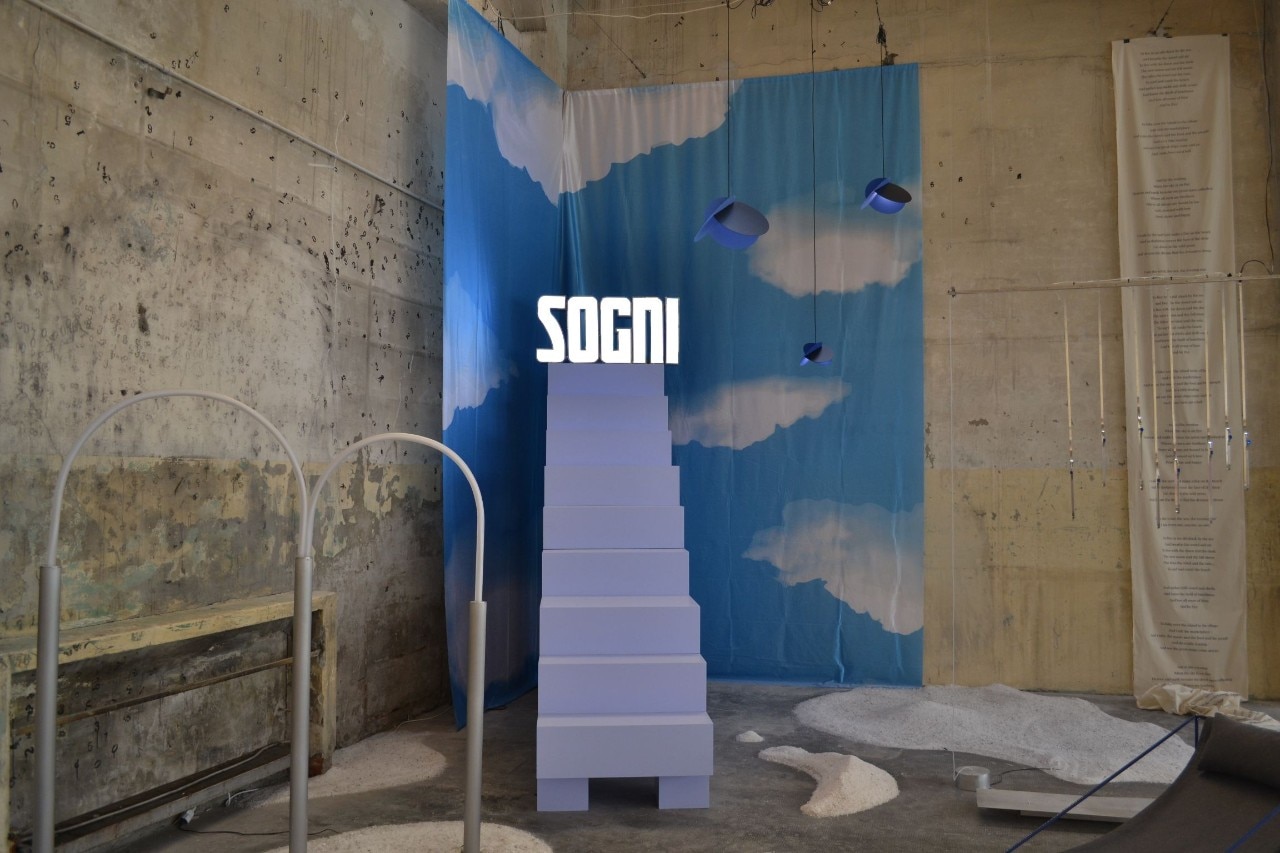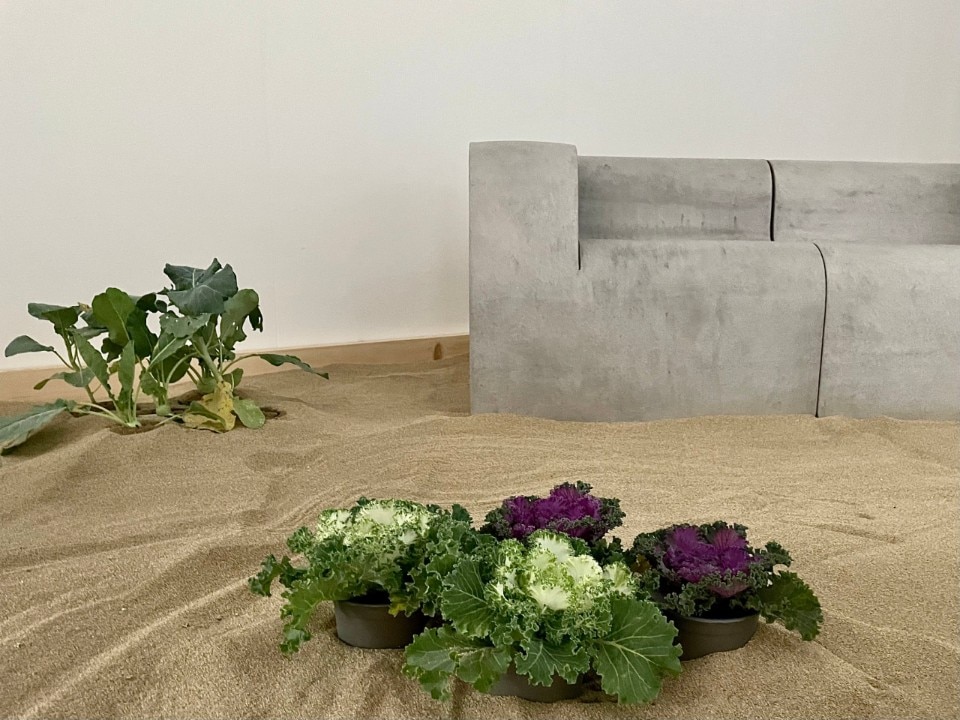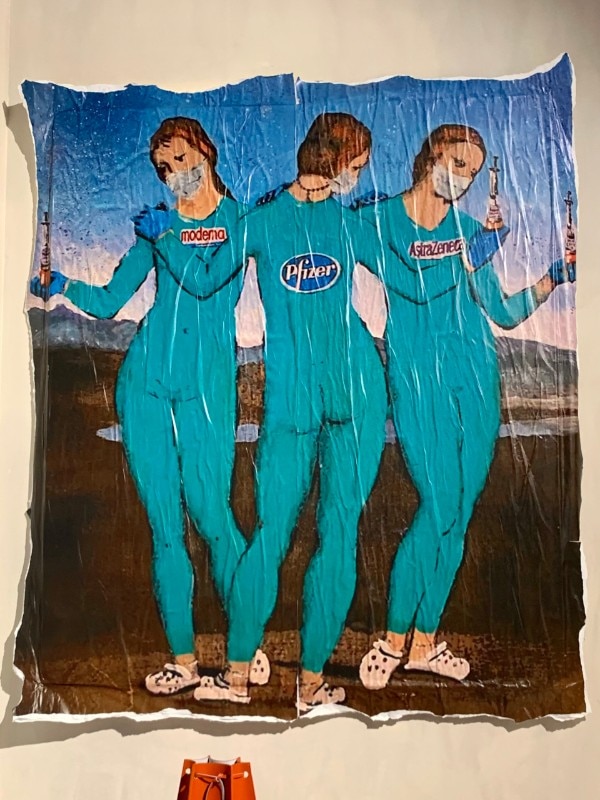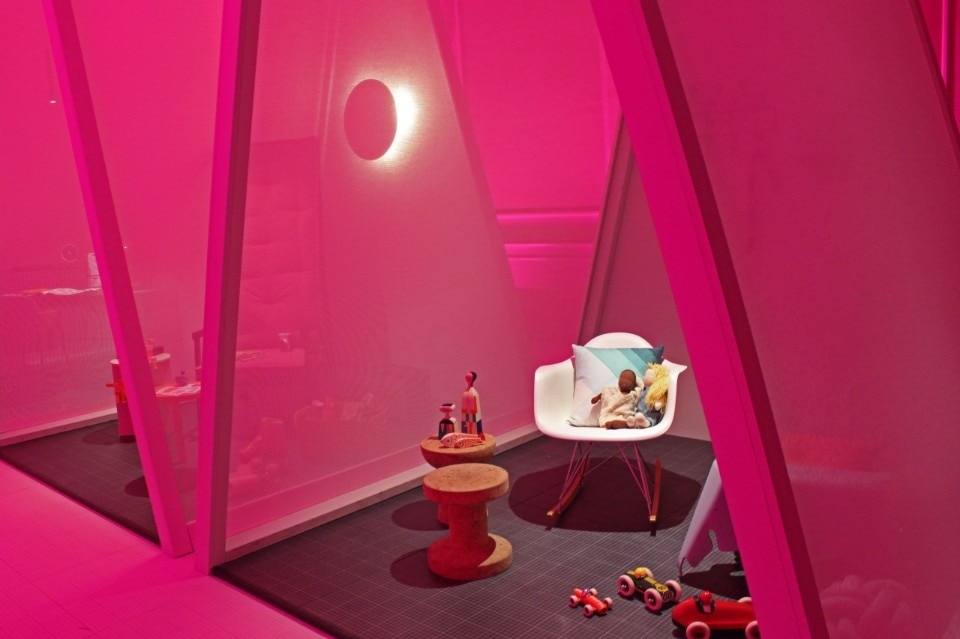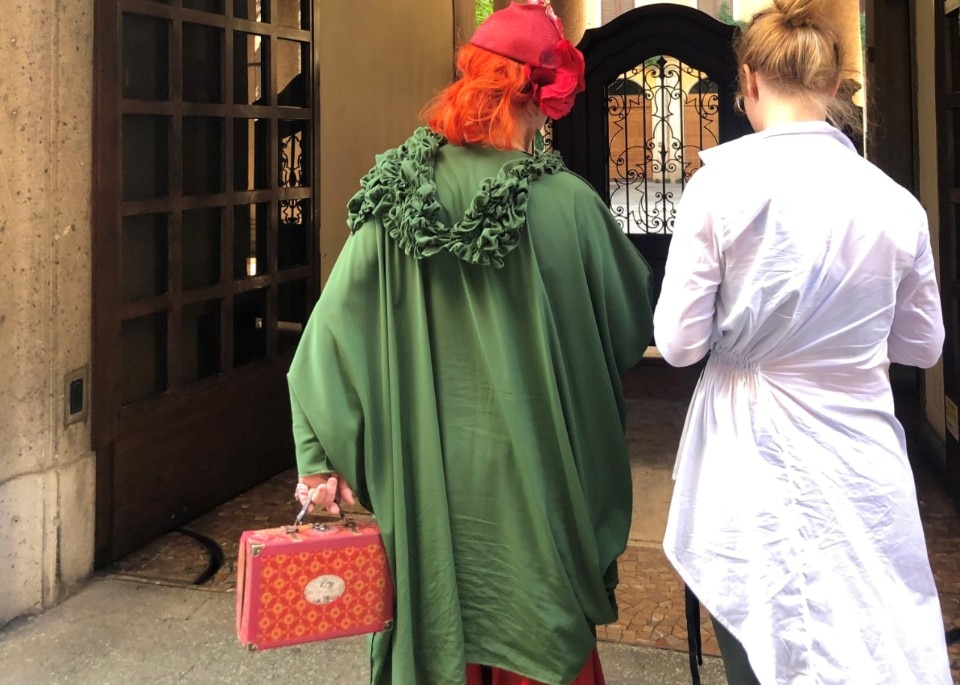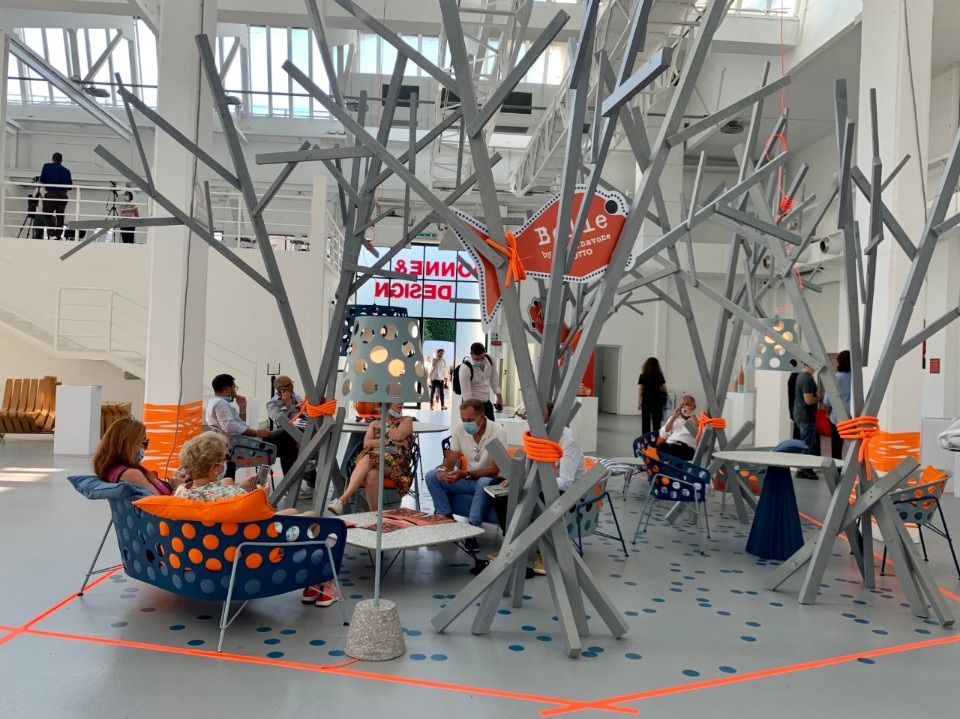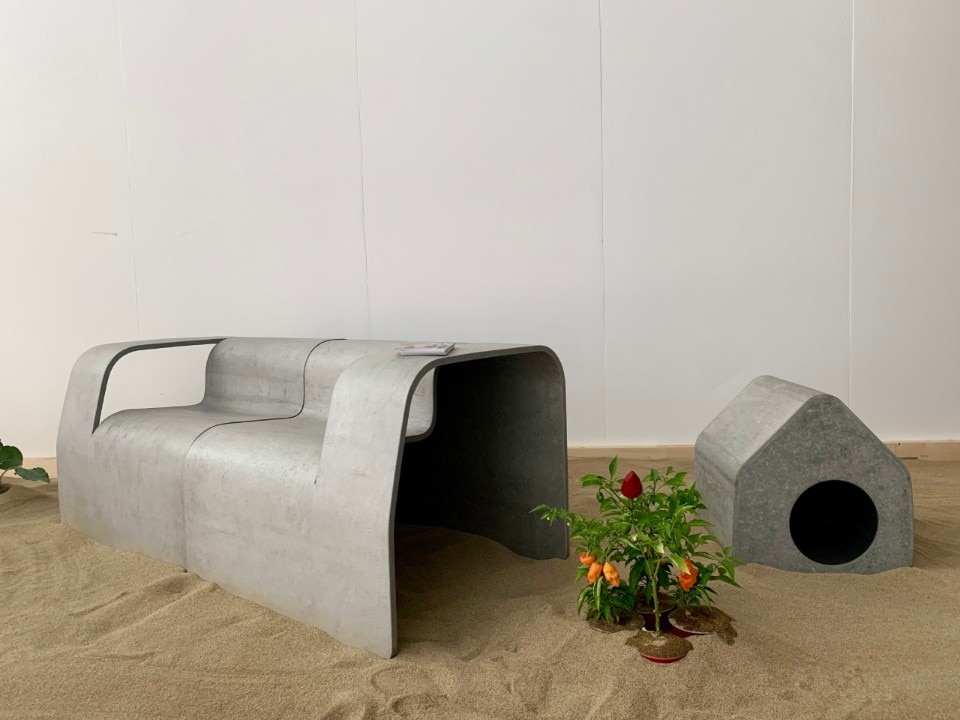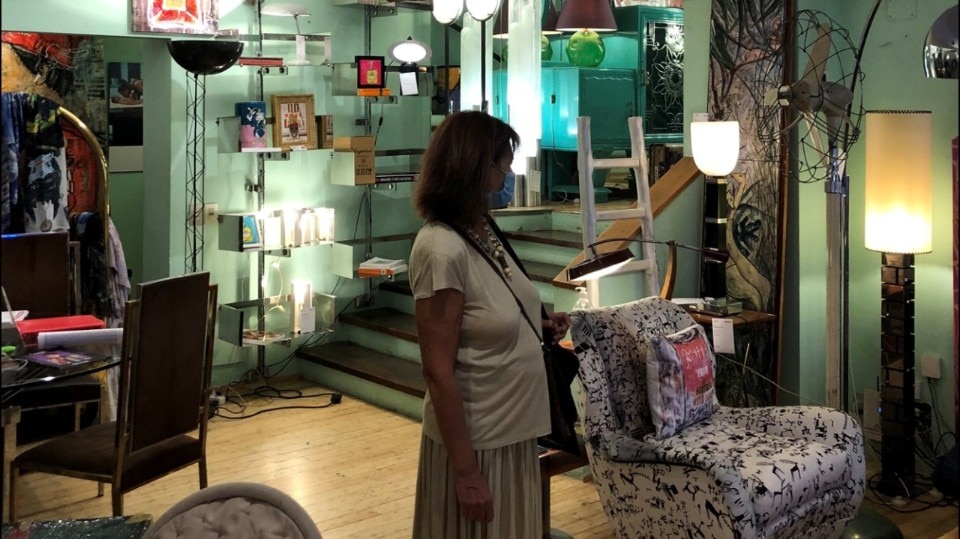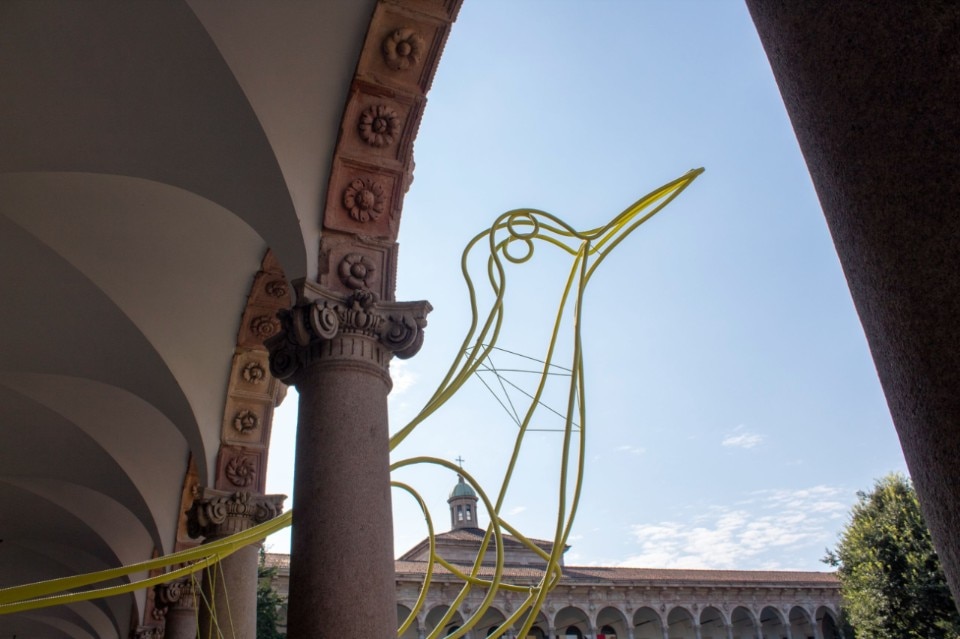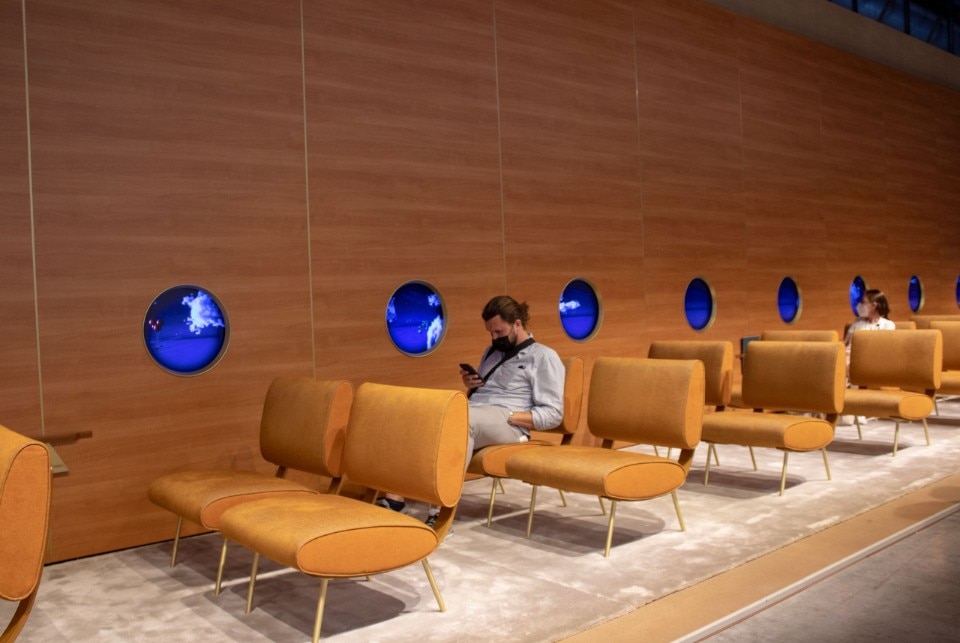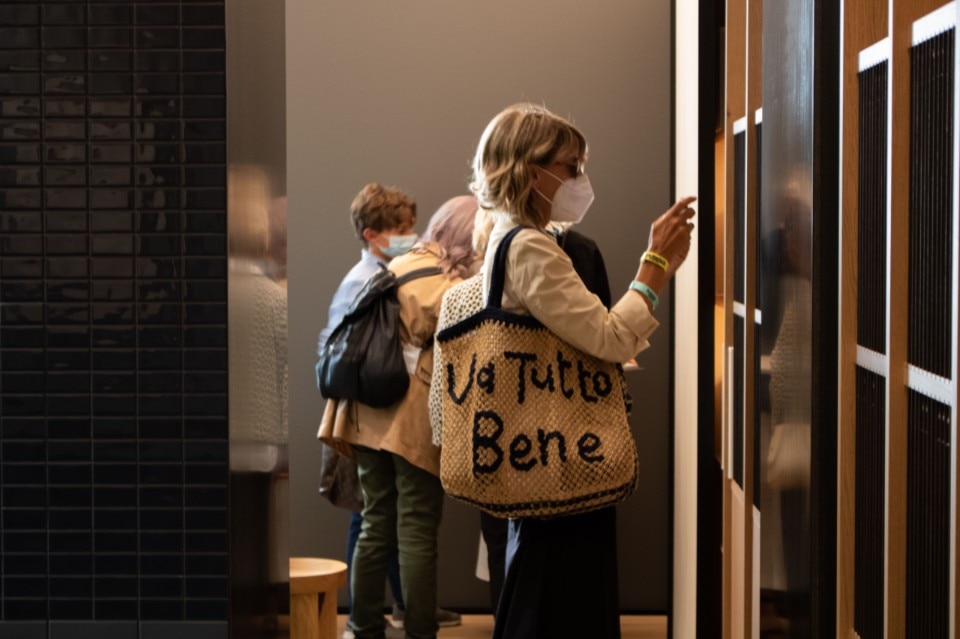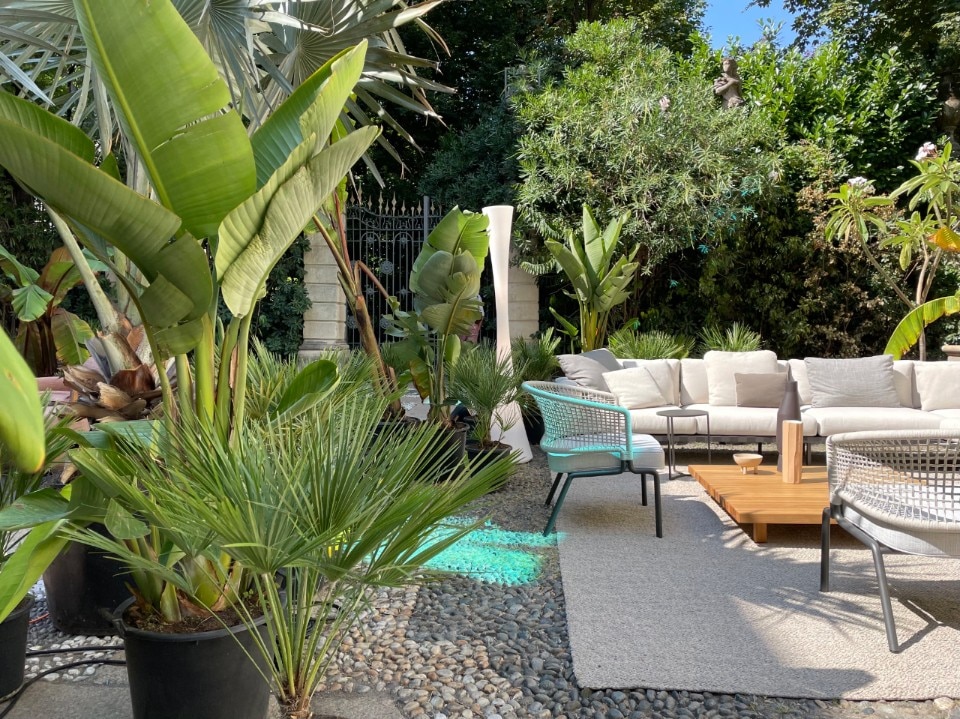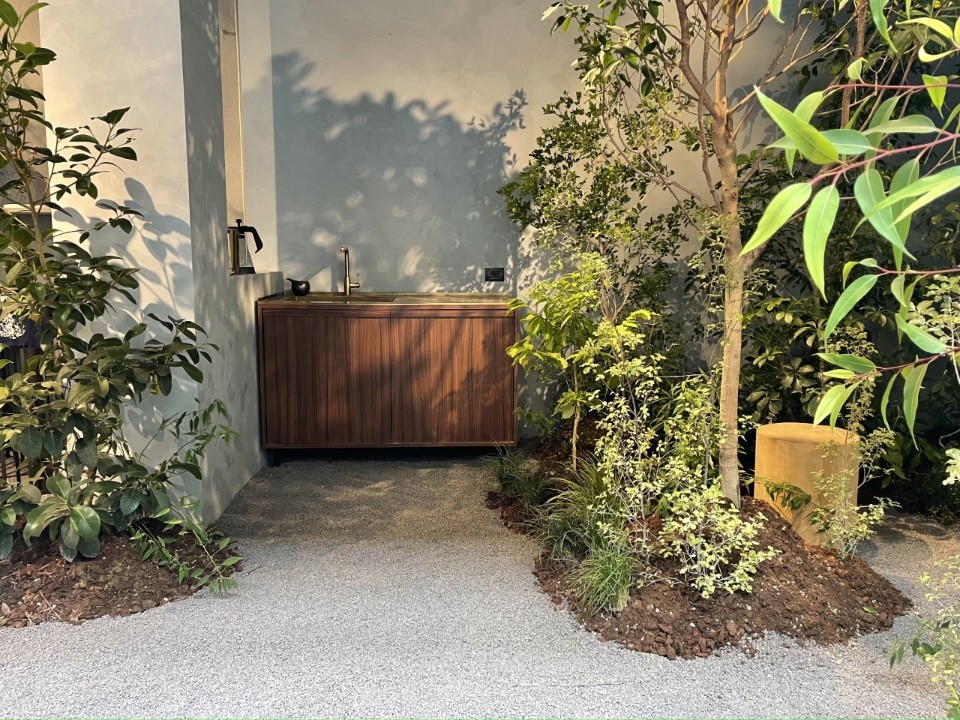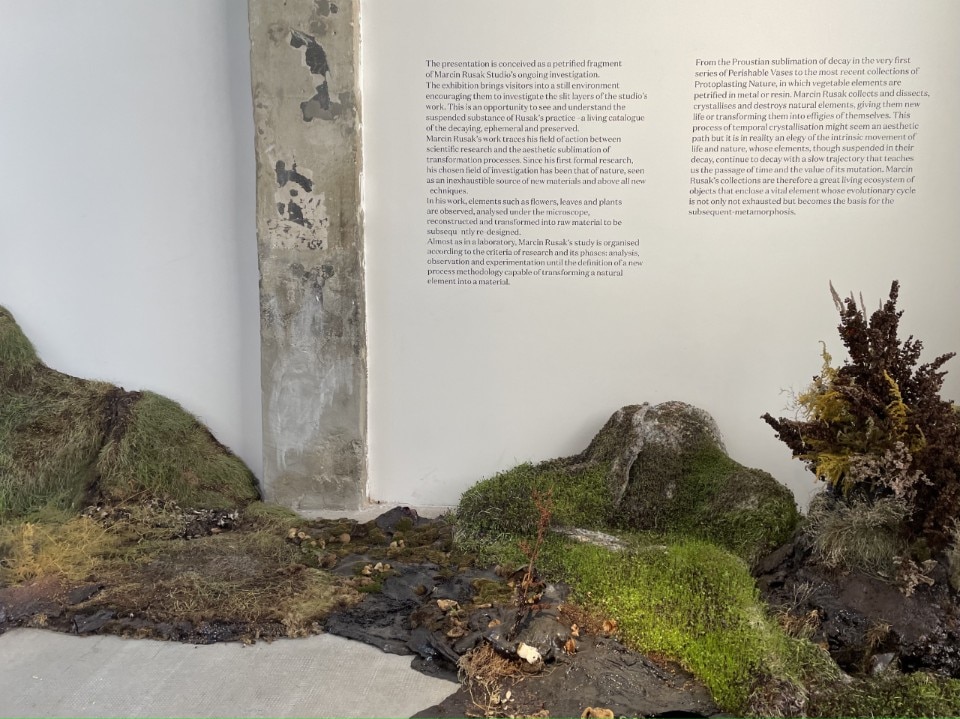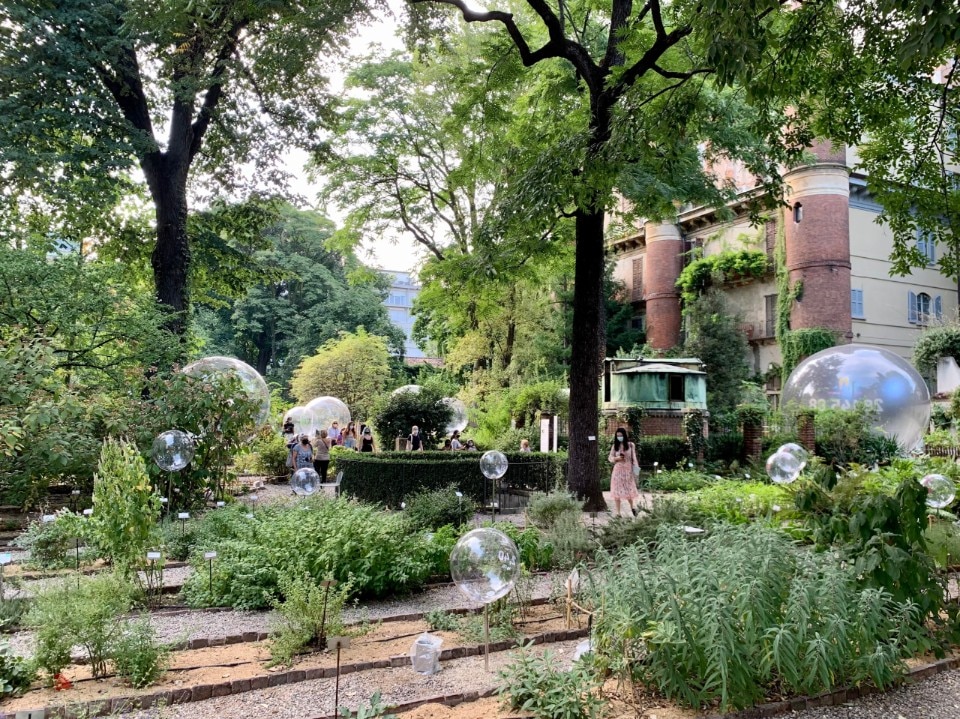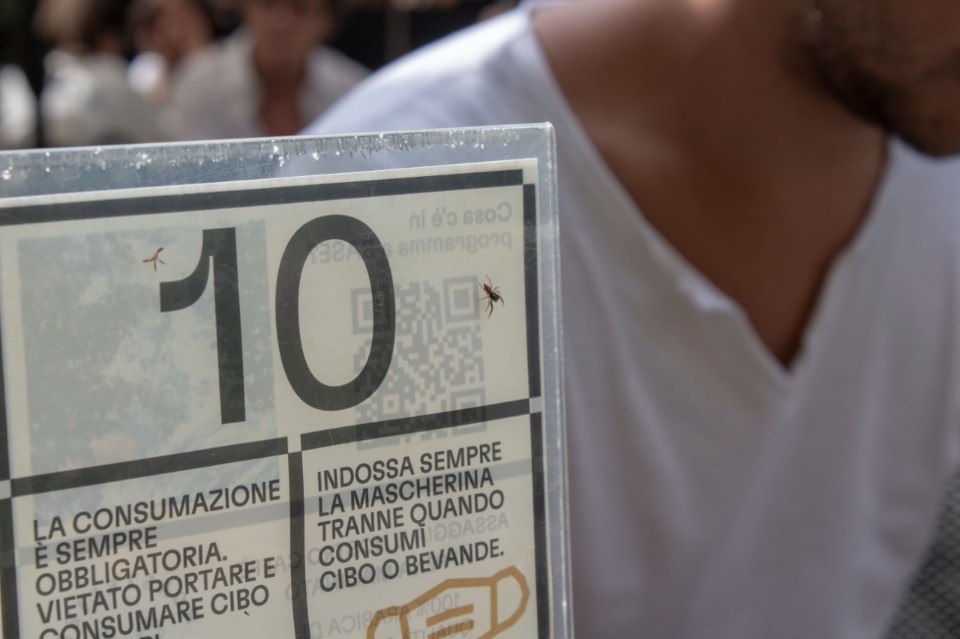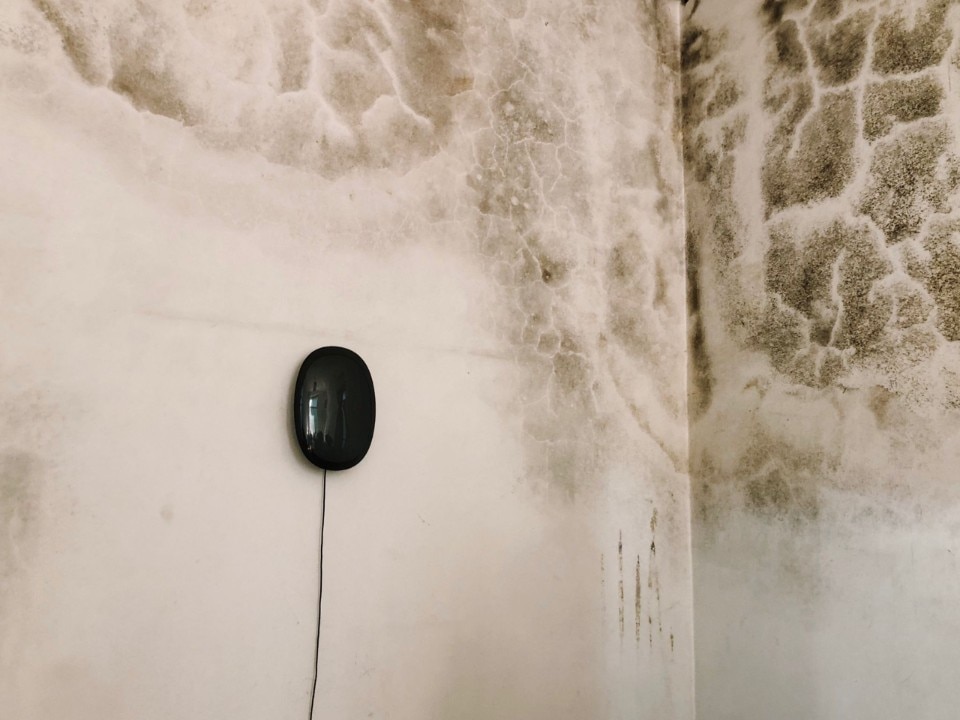Some simply call them zoomers, but the most appealing and popular term is Gen Z. More simply, they are today’s twenty-somethings, the so-called ‘digital natives’, children, both biologically and metaphorically, of the MTV generation. The later generations imagine them to be constantly connected, very tech-savvy and with their smartphones always in their hands, as if they were a natural extension of their arms. They’re almost cyborgs: truth or stereotype?
On the occasion of the unique September edition of the Milan Design Week, Domus, in collaboration with three of the city’s leading universities, launched the idea of a Gen Z Observatory in which young people were asked to observe what was happening in the city through photos, vertical videos and short texts. And we, in a way, observed them - to understand how they look at things, how they tell their stories, in which ways they are unique, fresh, different, ‘young’ in the non-abused sense of the word. Both individually and as a generation.
We suggested six themes for the students to explore: the design of a post-pandemic world, the dialectic between city centre and outskirts, nature, the ideal home, shop windows and colour. What you will find here is a selection of the works that came out of it: there are successful and less successful projects, more or less clever ideas and some suggestions that we hope will be further explored.
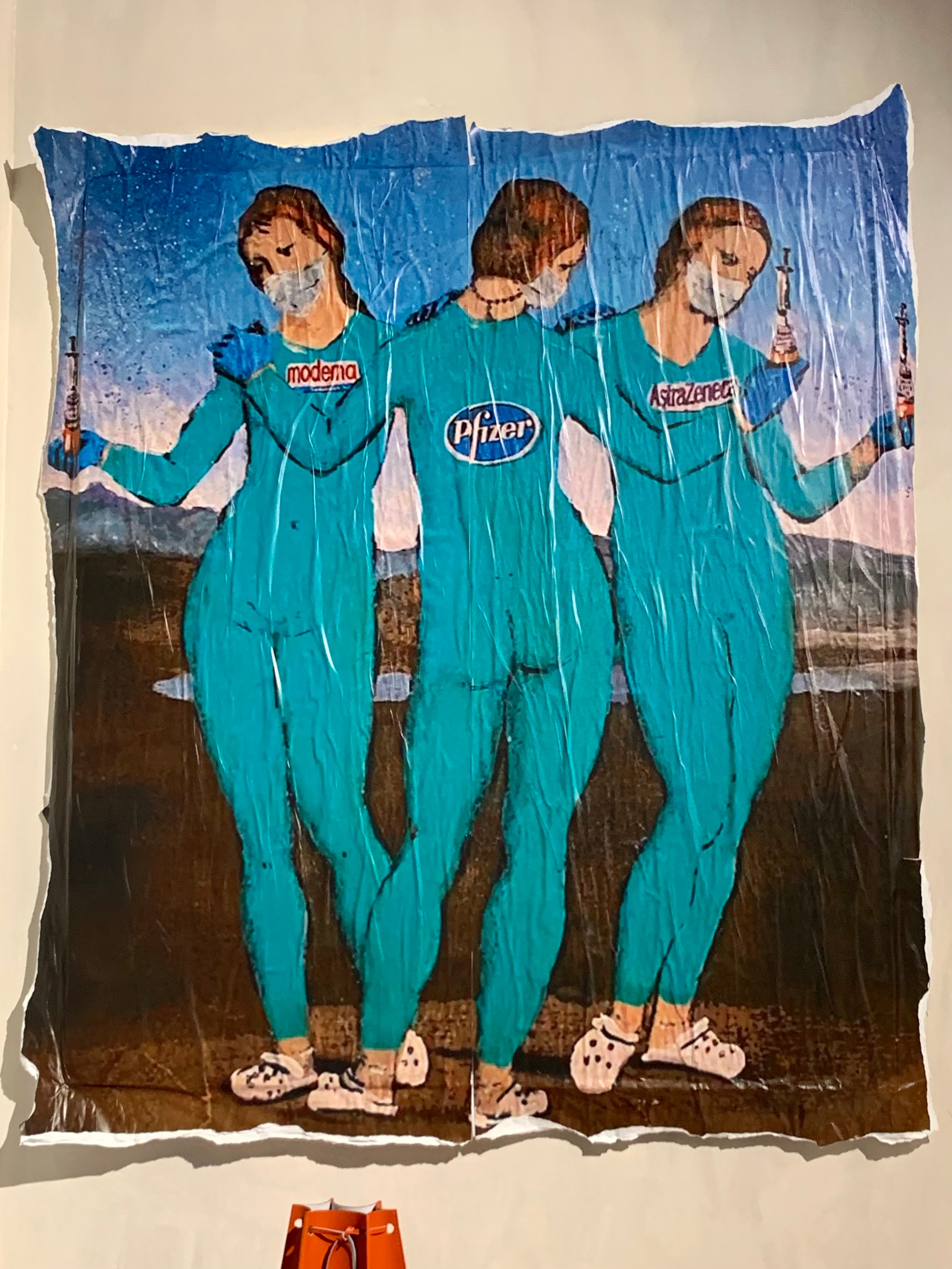
 View gallery
View gallery
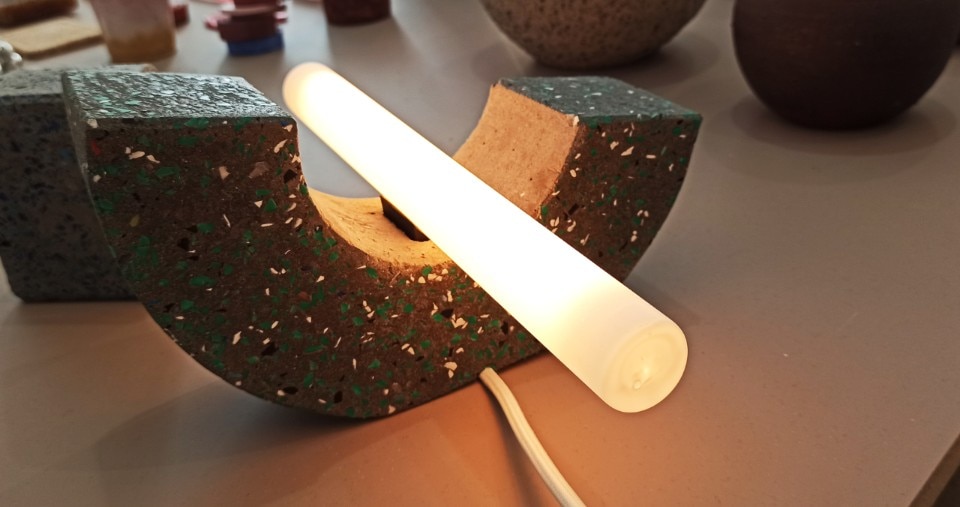
NO QR code_02: Materialized, 07092021, Spazio Gamma Via Pastrengo, 7
New technologies, new products, new materials always touch hearts the quickest, and in a post-pandemic world, people still get excited about new things even when they're wearing gloves. The QR codes and messages on line that are visible everywhere at Design Week never get the most enthusiastic attention.
Zishan Liu, NABA

NO QR code_03: Materialized, 07092021, Spazio Gamma Via Pastrengo, 7
New technologies, new products, new materials always touch hearts the quickest, and in a post-pandemic world, people still get excited about new things even when they're wearing gloves. The QR codes and messages on line that are visible everywhere at Design Week never get the most enthusiastic attention.
Zishan Liu, NABA
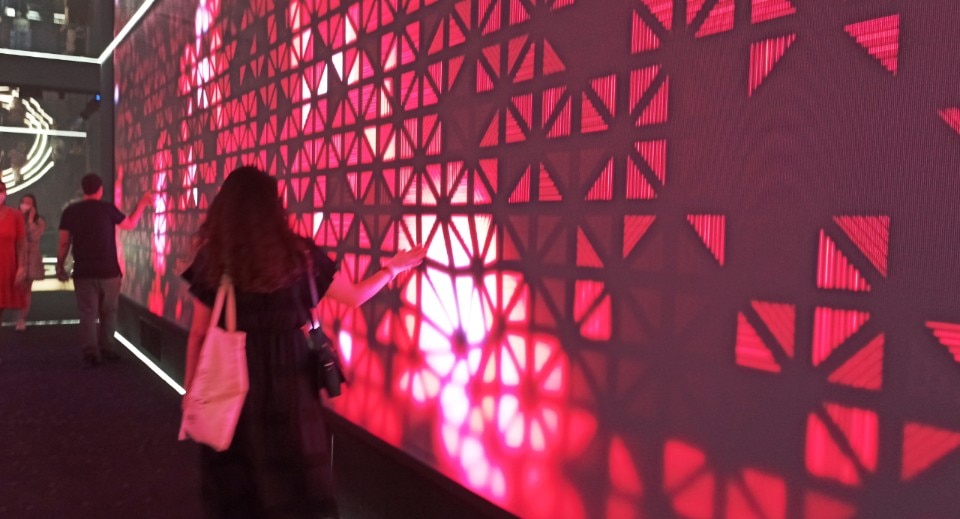
NO QR code_04: Audi, 07092021, via della Spiga 26
New technologies, new products, new materials always touch hearts the quickest, and in a post-pandemic world, people still get excited about new things even when they're wearing gloves. The QR codes and messages on line that are visible everywhere at Design Week never get the most enthusiastic attention.
Zishan Liu, NABA
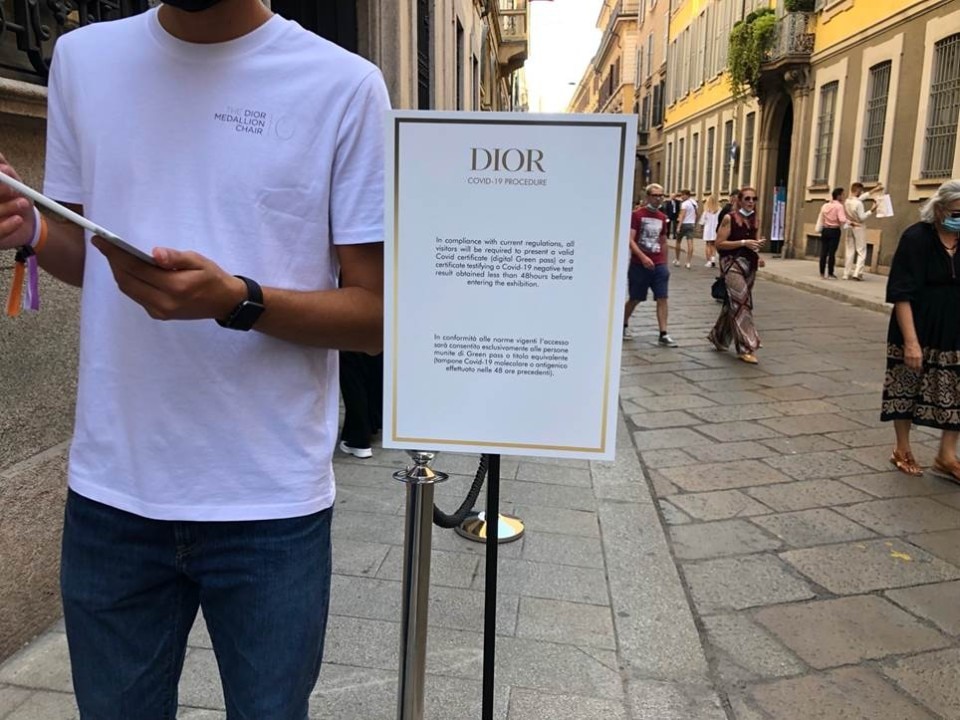
POST COVID LIFE
06.09.2021 Palazzo Citterio 17.27 via Brera 12
Palina Birukova, Università Statale di Milano
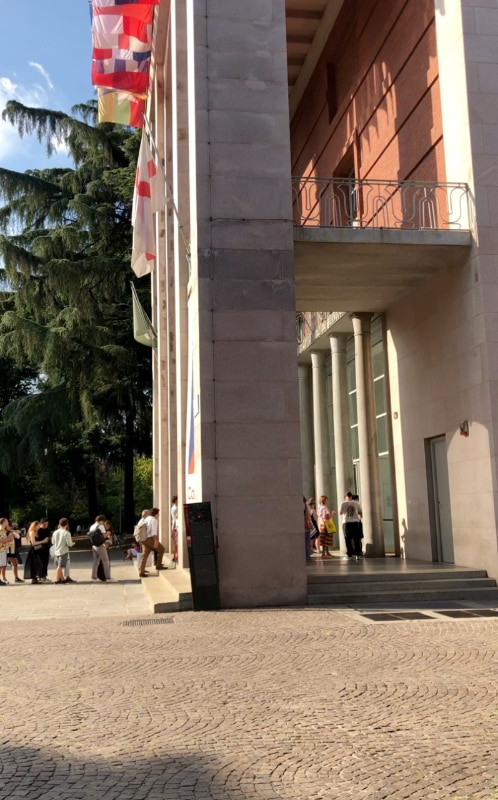
POST COVID LIFE
Triennale, 08.09 16.38
Queue for the green pass check
Palina Birukova, Università Statale di Milano
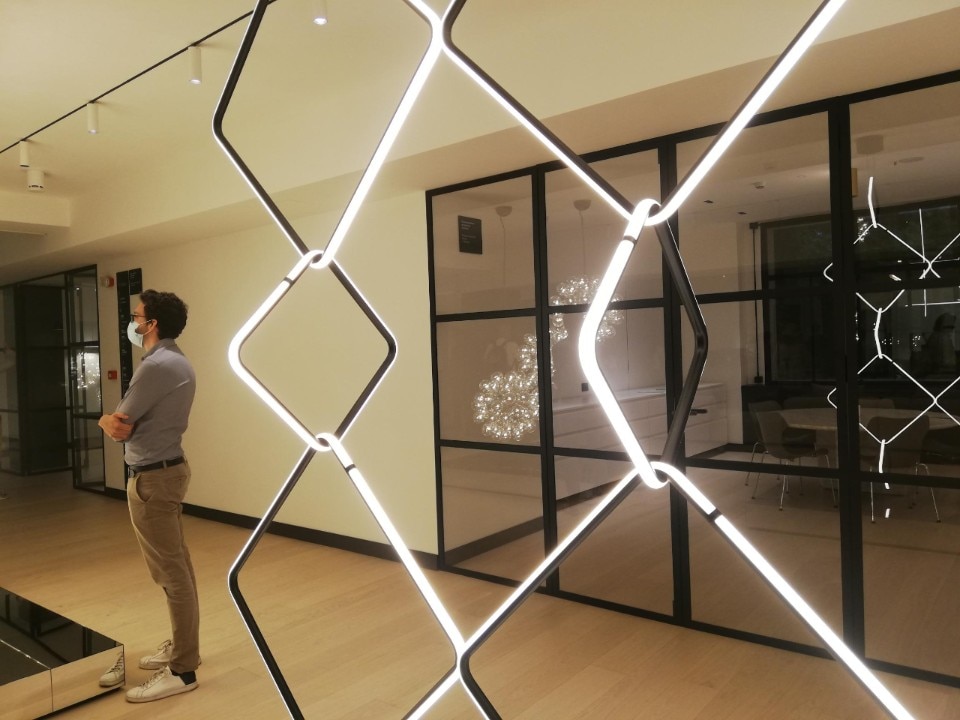
The new accessories
Via Durini, 9 September 2021
Clothing has always been an expression of self and roles, according to the respect of the society an individual inhabits. The pandemic has introduced into the habits of citizens the use of the mask as a neutral or customisable accessory.
Federica Saquella, Università Statale di Milano
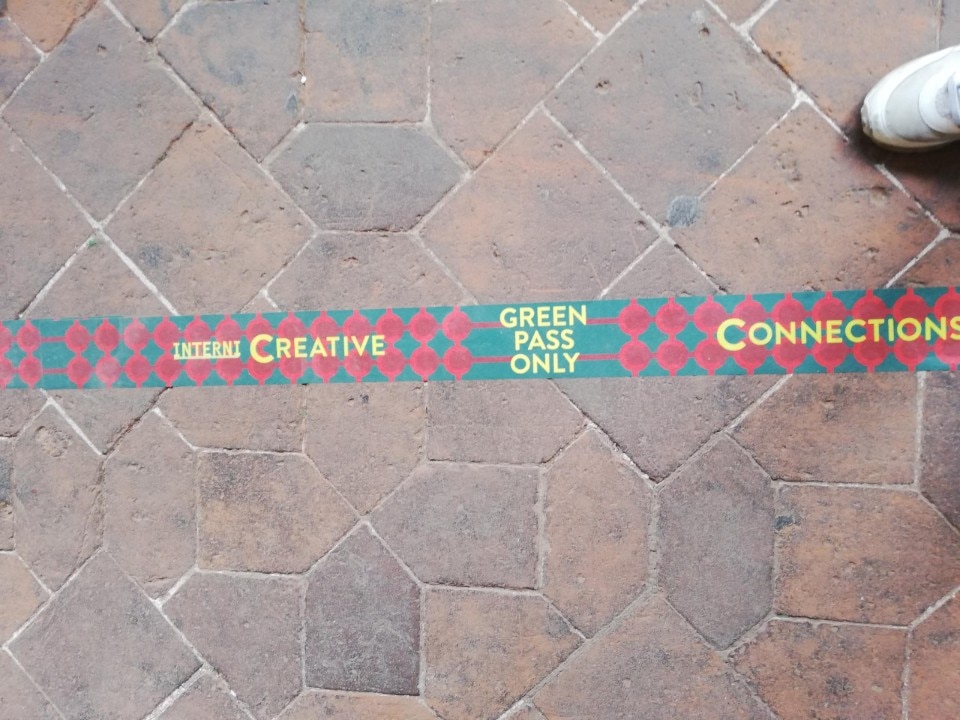
The limit
Università Statale di Milano, 9 Settembre 2021
Federica Saquella, Università Statale di Milano
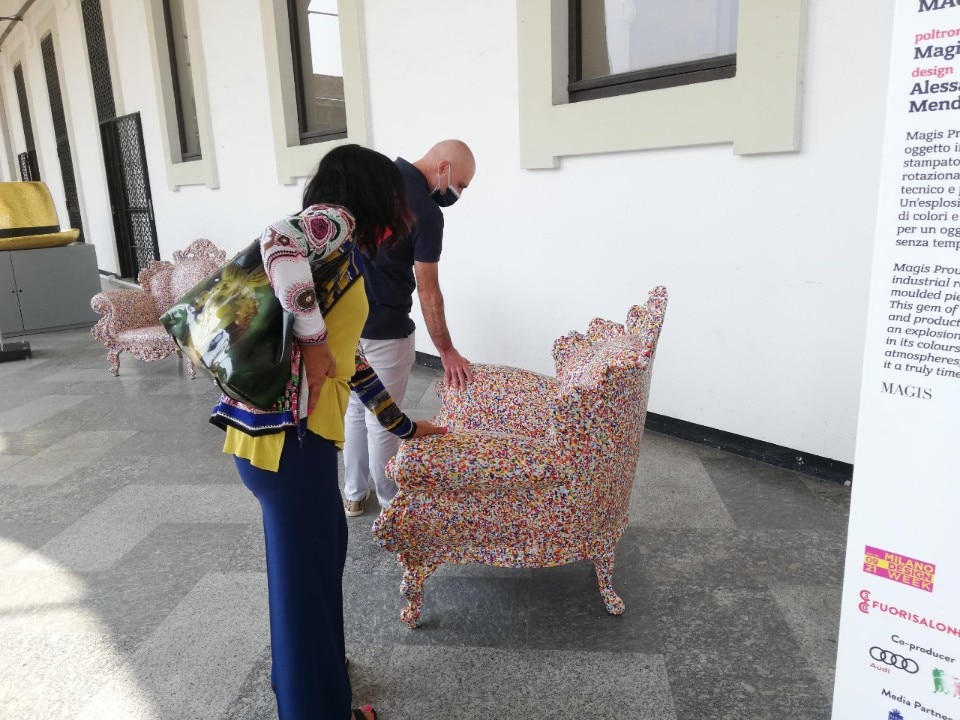
The fear
Milan State University, 9 September 2021
The pandemic has left its mark on the habits of citizens and their attitude towards what was previously taken for granted. The habit of danger, of restriction, is part of people, who hesitate before the possibility of touching public objects, perhaps giving it a different value than before.
Federica Saquella, Università Statale di Milano
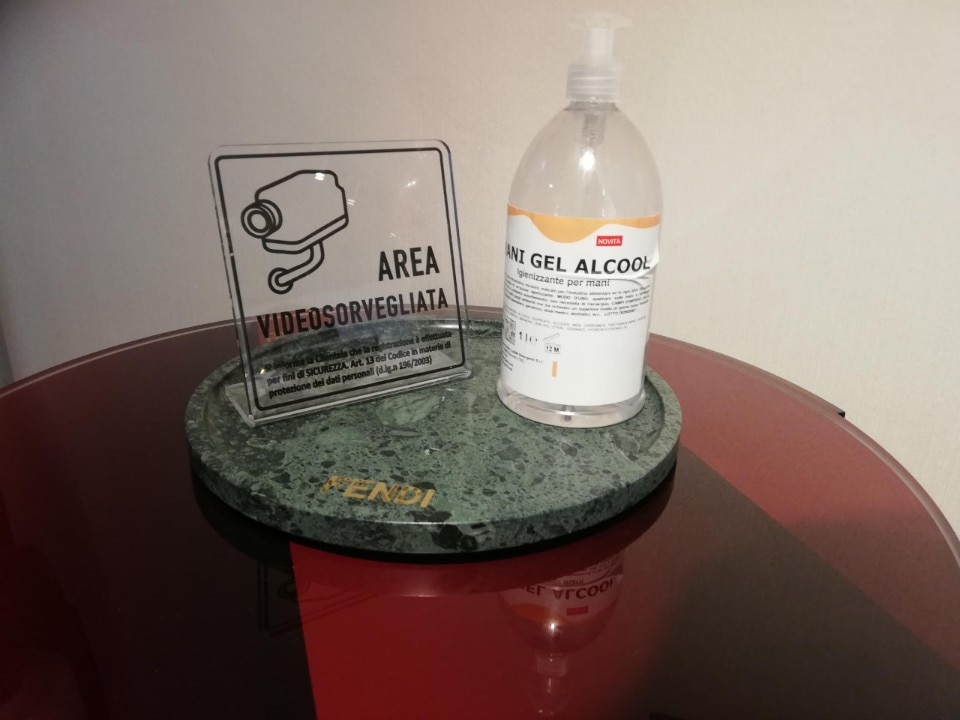
The adaptation
Via Durini, Fendi, 9 September 2021,
What was not relevant before is now necessary. What is necessary is commercially viable.
Federica Saquella, Università Statale di Milano
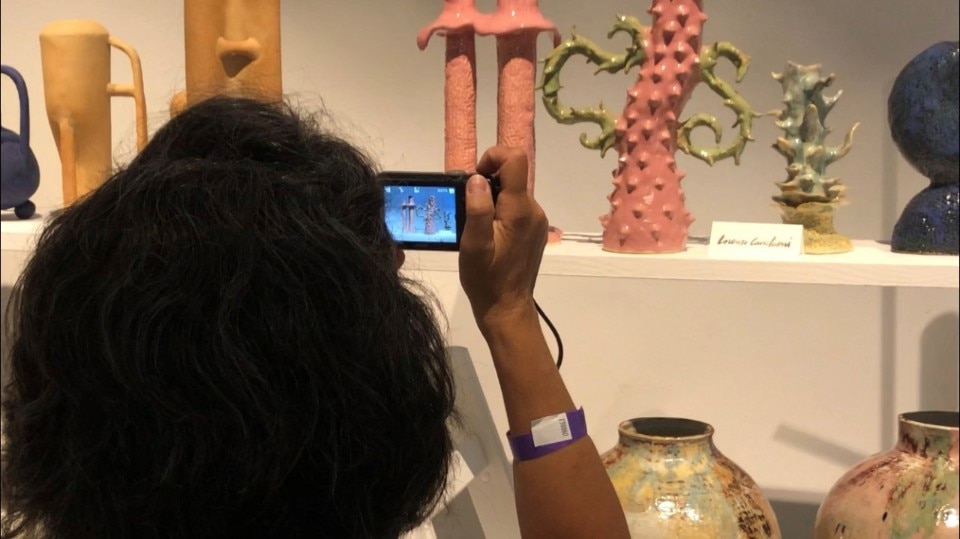
Post-pandemic
Post-pandemic because it is the filter that allowed me to see the Salone and Fuorisalone from a different perspective, from that of the visitors around me. Although less than in other years, it was thanks to them that I got a greater sense of the importance of the event and the passion for design.
Show room, via Cernaia, 5/9/2021
Gabriele Coviello, Università Statale di Milano

Post-pandemic
Art gallery in via S.Marco, 5/9/2021
Gabriele Coviello, Università Statale di Milano
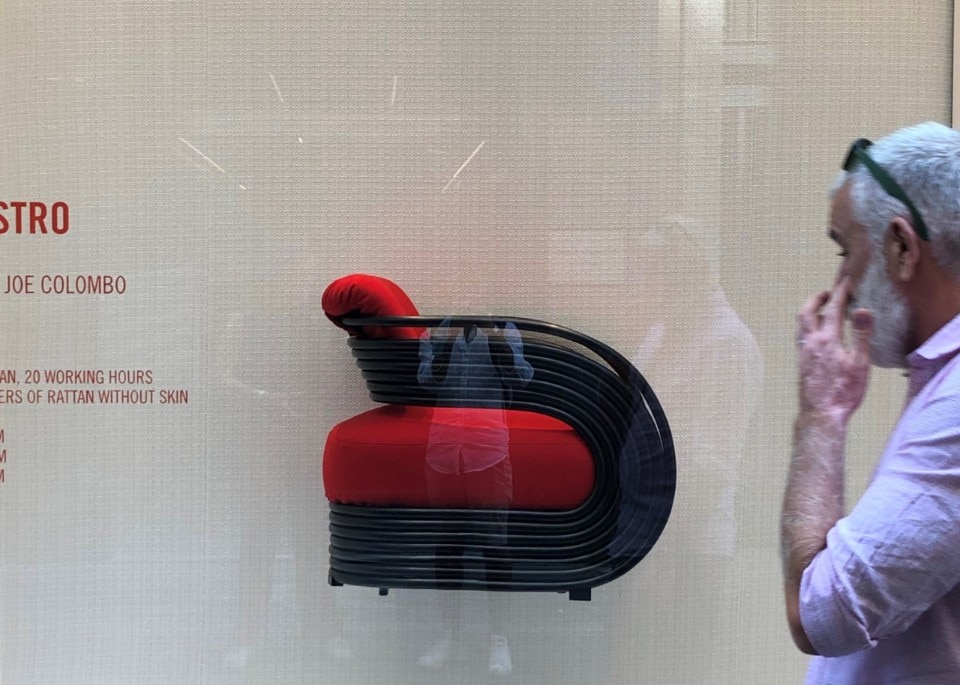
Post-pandemic
Art gallery in via S.Marco, 5/9/2021
Gabriele Coviello, Università Statale di Milano
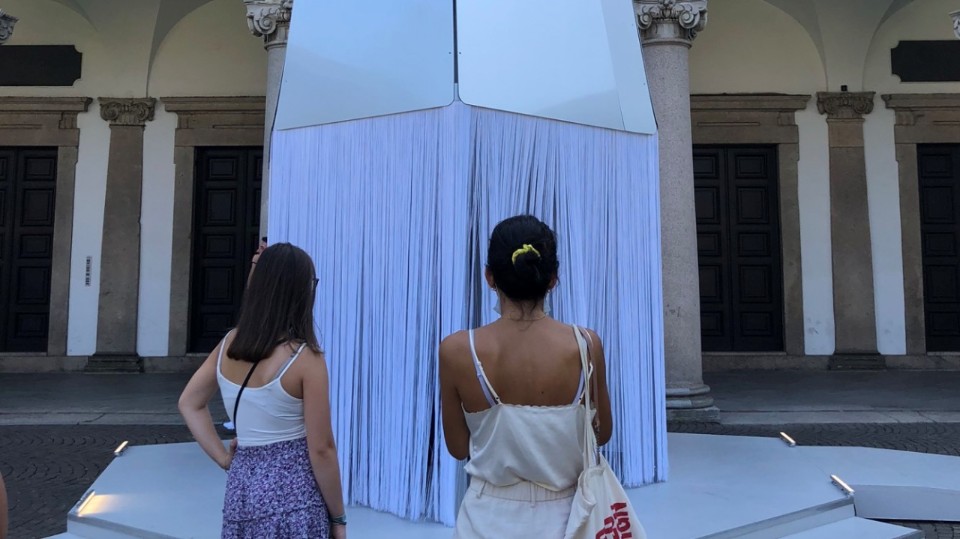
Post-pandemic
Show room, via della Spiga, 6/9/2021
Gabriele Coviello, Università Statale di Milano
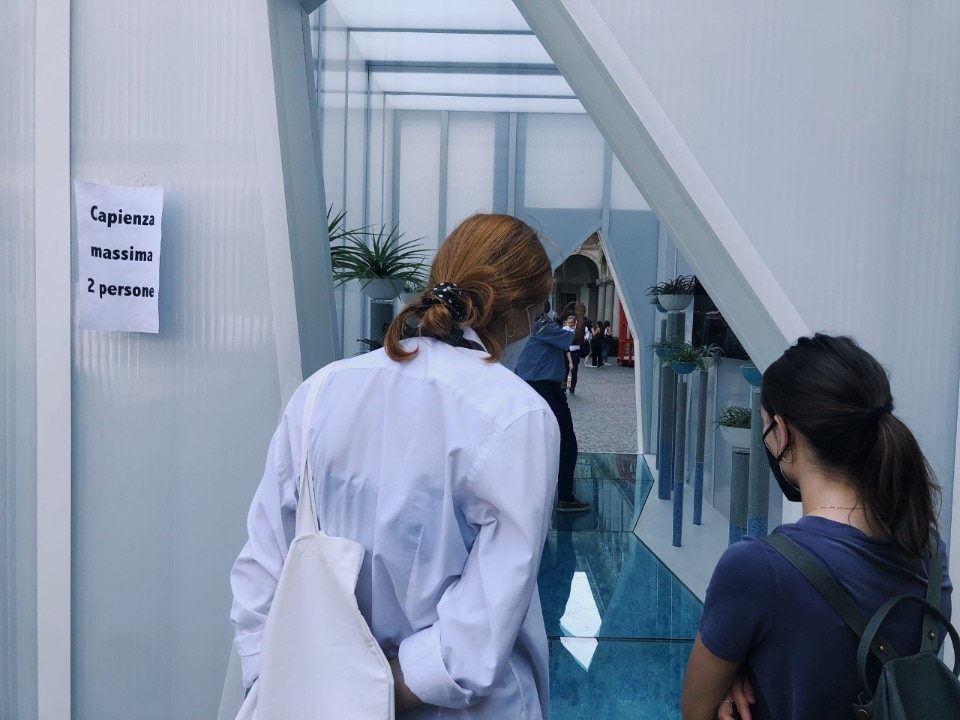
Two maximum
Via festa del perdono 7, 09-09-21
Greta D'Addetta, Università Statale di Milano
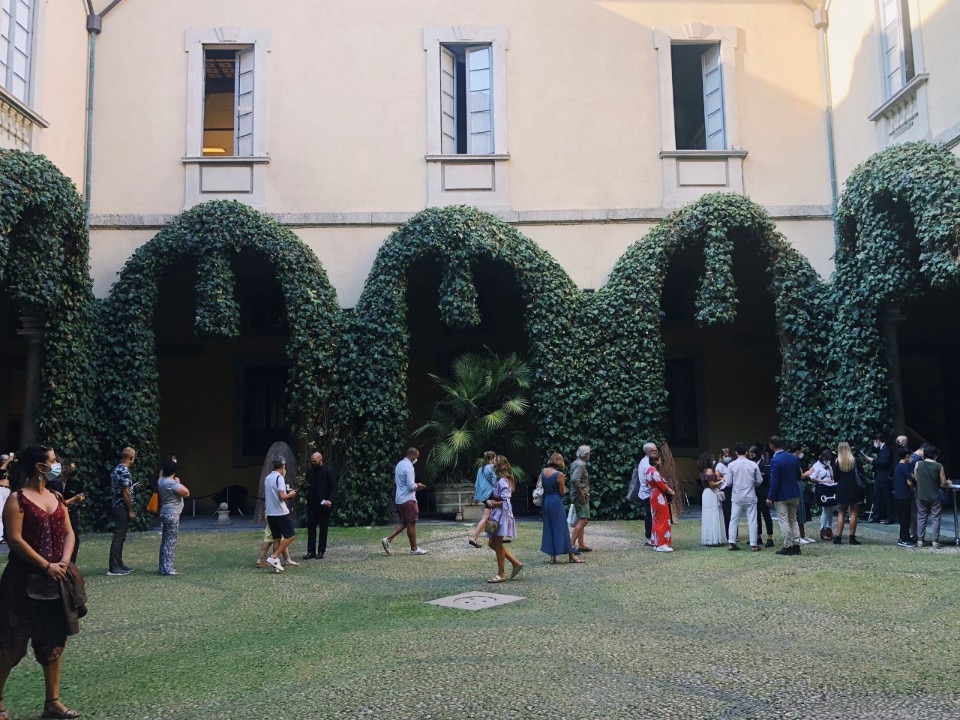
Queue for green pass
Through these photos I have tried to represent my way of observing the world, always looking for light and shadow.
Via durini 24. 05-09-21
Greta D'Addetta, Università Statale di Milano
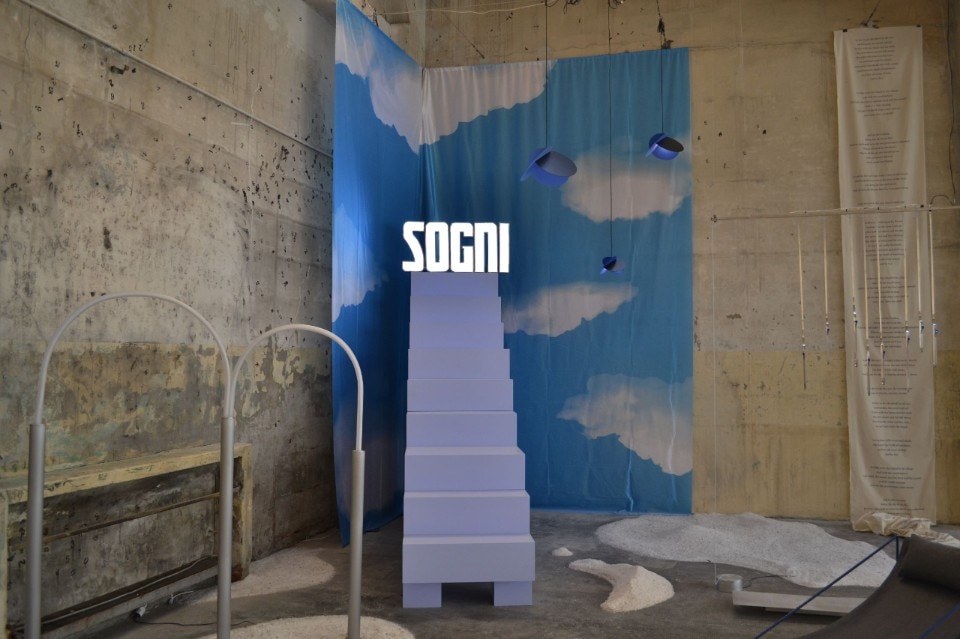
SOGNI (Fabbrica Sassetti, Isola Design District)
The Stair Shelf is designed for an increasingly digitalised public, of which generation Z is the protagonist; through its structure, made up of customisable modular parts, it metaphorically explores the needs, desires and future of contemporary society.
Mattia Sormani, Univesrità Statale di Milano
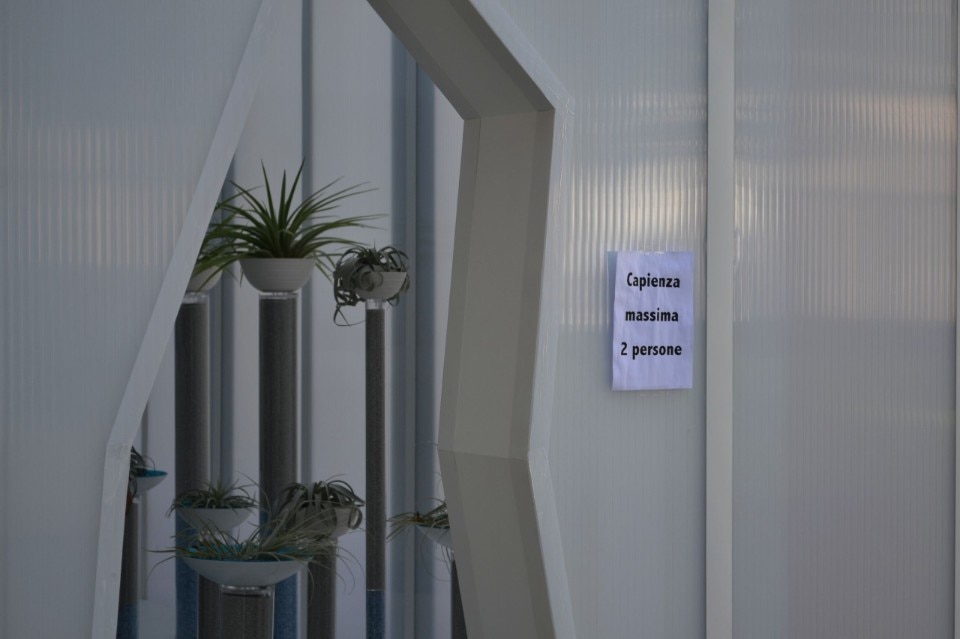
UNCRACKED (Università degli Studi di Milano, Via Festa del Perdono)
The installation is the result of a collaboration between the Fratelli Guzzini brand and Corepla. What is striking is the crumpled sheet of paper taped to it that reads "Maximum capacity 2 people", in contrast to the elegance of the structure and as if to remind us that Covid is still with us.
Mattia Sormani, Univesrità Statale di Milano
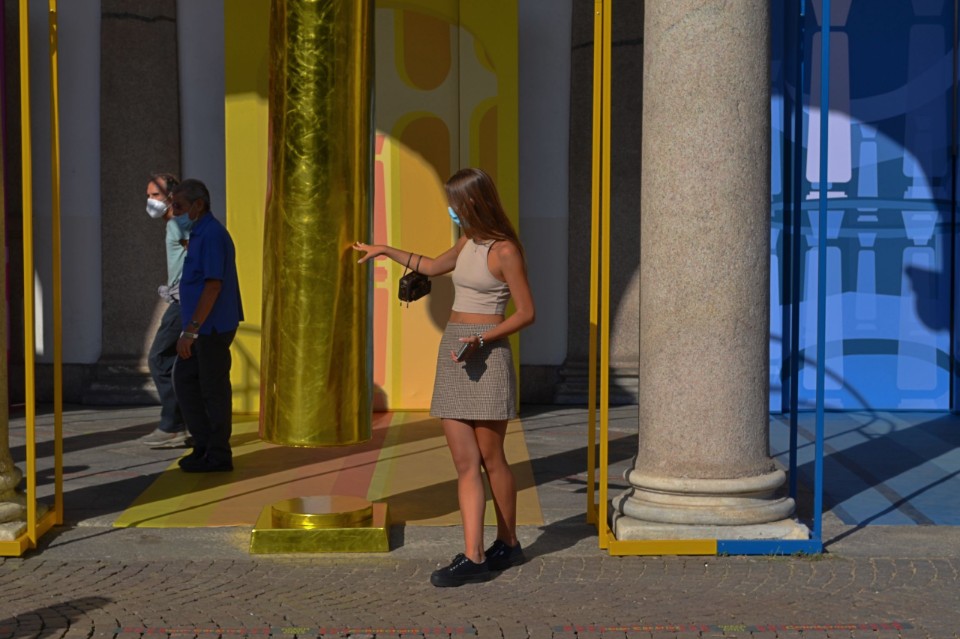
TATTO (Università degli Studi di Milano, Via Festa del Perdono)
These punching bags, designed by Sara Ricciardi of Naba, represent a sort of workout with one's past, in which the pandemic is partially understood. The girl in the photo is free to touch the installation to better understand the message it wants to pass, a simple gesture that until a few months ago seemed unfeasible.
Mattia Sormani, Univesrità Statale di Milano
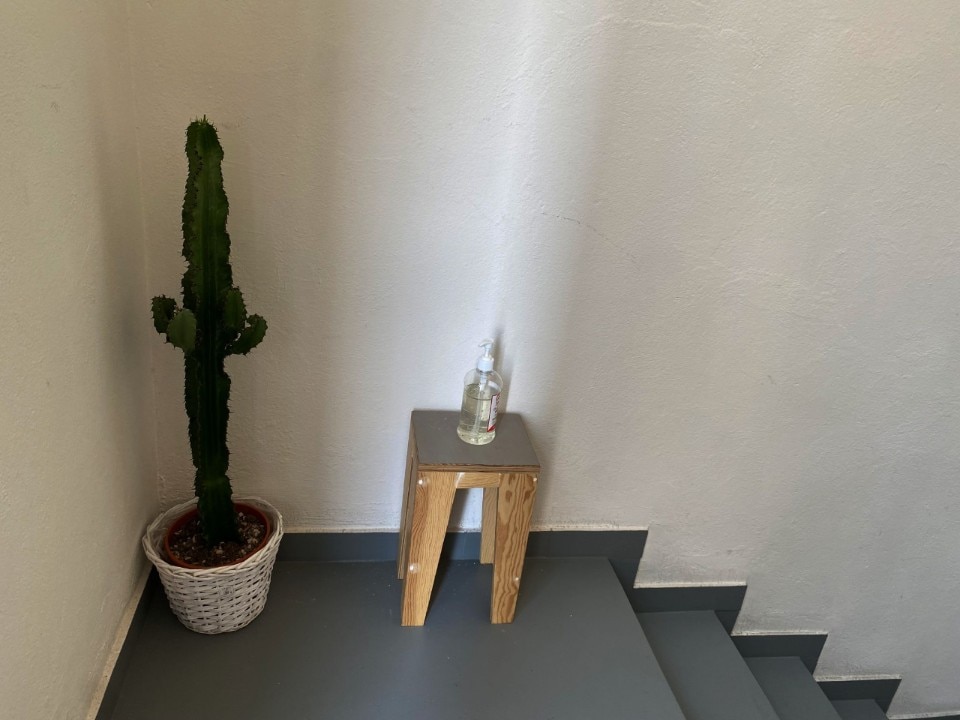
GEL (Zetalab, via Cola Montano 2)
In the post-pandemic world, disinfectant gels seem to become part of the installations and are placed at the entrance to each one, as at Zetalab, at The Milaneser exhibition.
Mattia Sormani, Univesrità Statale di Milano
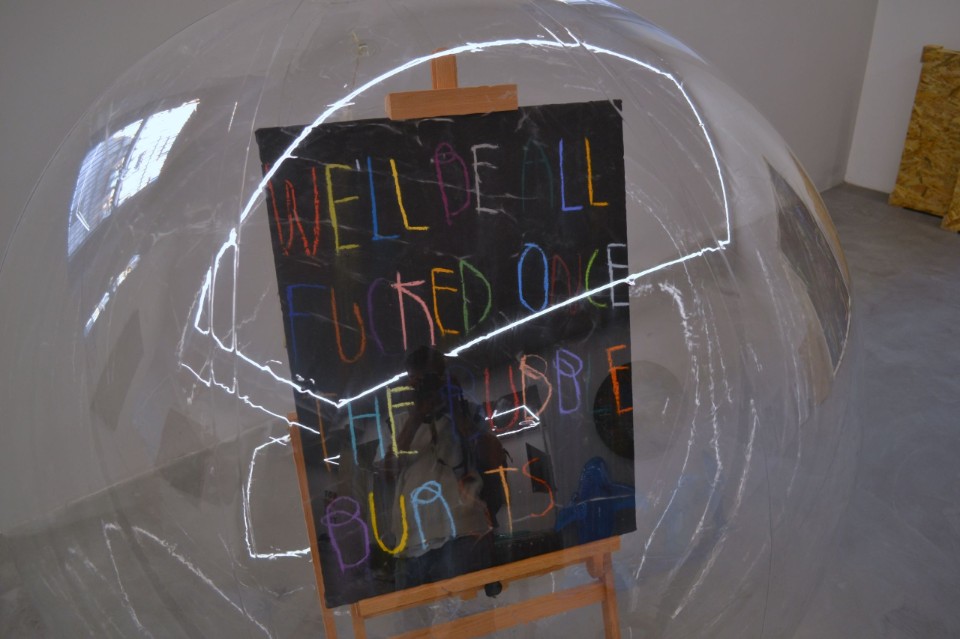
BUBBLE (PLAN X art gallery, via Marsala 7)
The bubble around the writing can take on different meanings depending on who is looking at it; I personally thought of the pandemic and how if humans fail to follow the rules, the bubble will burst and we will all be screwed. The design is very eye-catching, especially for sharing on Instagram via posts or stories.
Mattia Sormani, Univesrità Statale di Milano
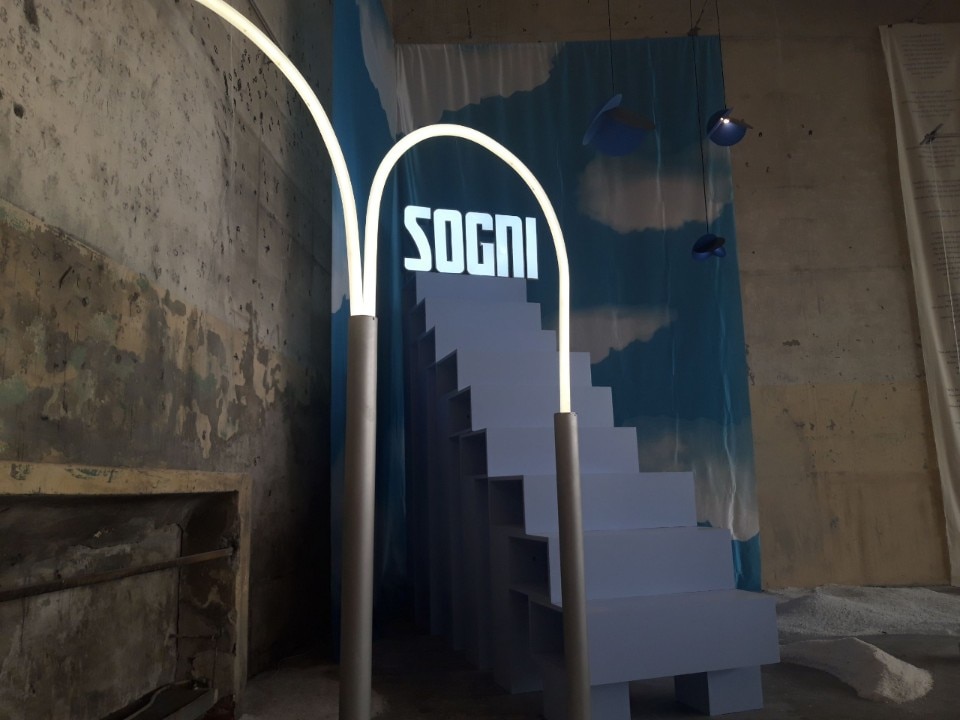
Desire
Sassetti Factory - via Filippo Sassetti, 31 - 08/09/2021
A series of adjustable shelves for realists, a ladder towards a bright future for dreamers. What they have in common are the different perspectives from which to see the object and the possibility of modulating it to meet needs and desires.
Sofia Ciccotta, Università Statale di Milano

Separation
Alcova - via Simone Saint Bon, 1 - 08/09/2021
Protecting without isolating. SPREAD's colourful room dividers do not close off but create spaces where people can communicate and be together safely. Spacing has a completely different aspect.
Sofia Ciccotta, Università Statale di Milano
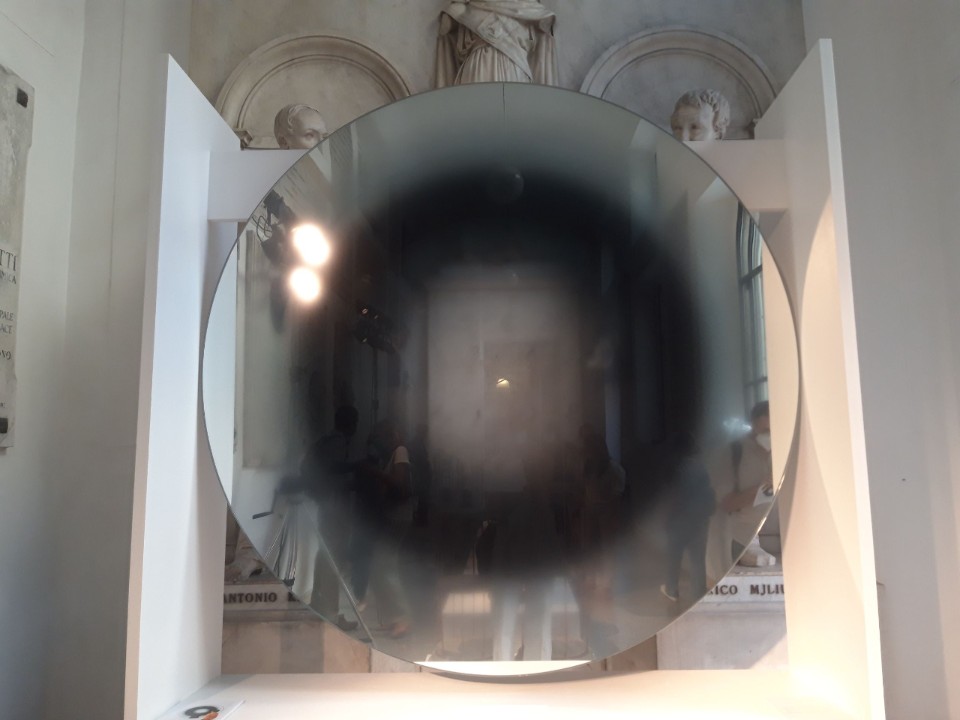
Solitude
In front of the mirror in CELO.1 one can see one's own reflection, observe the shadow and look beyond the object. Each of the three situations, however, is united by a single horizon: oneself. A means of continuing to explore individuality.
Sofia Ciccotta, Università Statale di Milano
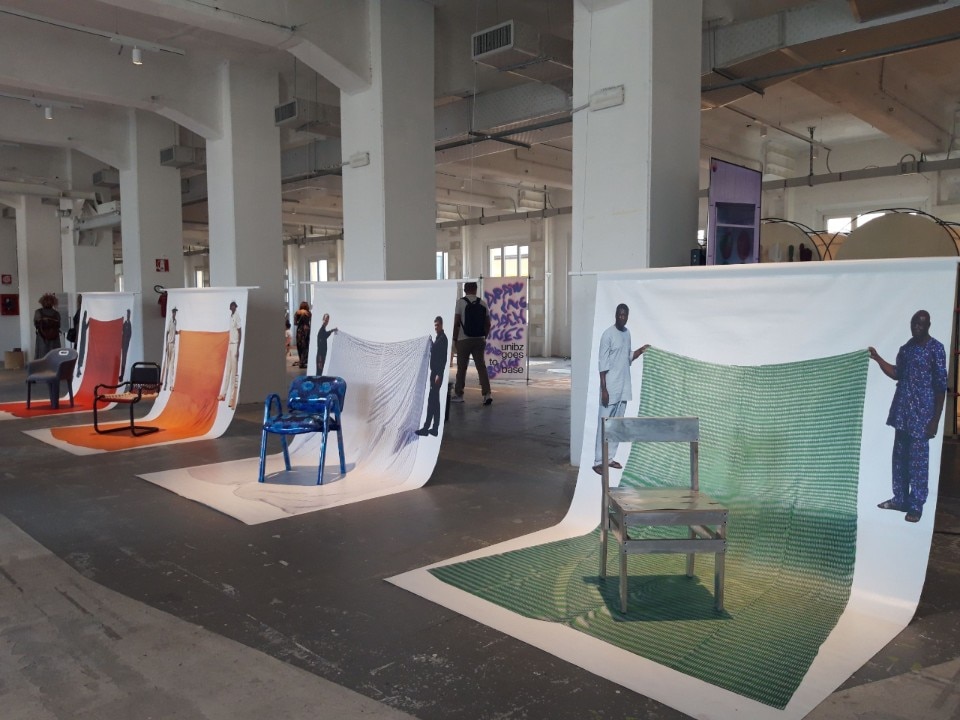
Trip
BASE Milan - via Bergognone, 34 - 08/09/2021
Travelling while sitting, what the pandemic has forced us to do and what the Cross Cultural Chairs project has proposed to discover distant cultures. Society in constant movement has come to a standstill.
Sofia Ciccotta, Università Statale di Milano

Heritage
Fondazione Kenta, Via Filippo Sassetti 31, 09/09
Federica Vatri, Politecnico di Milano
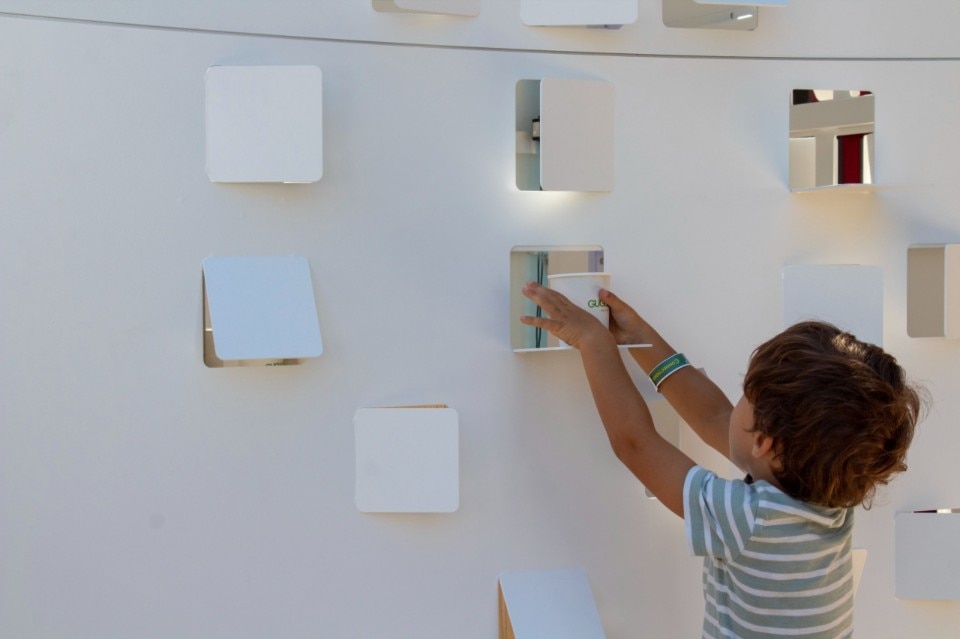
I can't see you
Università Statale, PURA by Guglielmi
Between the limitations and the desire to discover, often contrasting signs and moments wrapped in embarrassment for what we can do and what not. We no longer put more barriers than necessary, let's touch materials and try products, look at each other and think about the future.
Greta Pesarini, Politecnico di Milano

PLEASE TOUCH THE STONES
Isola Design District, Spazio Gamma, “Materialized”
Greta Pesarini, Politecnico di Milano
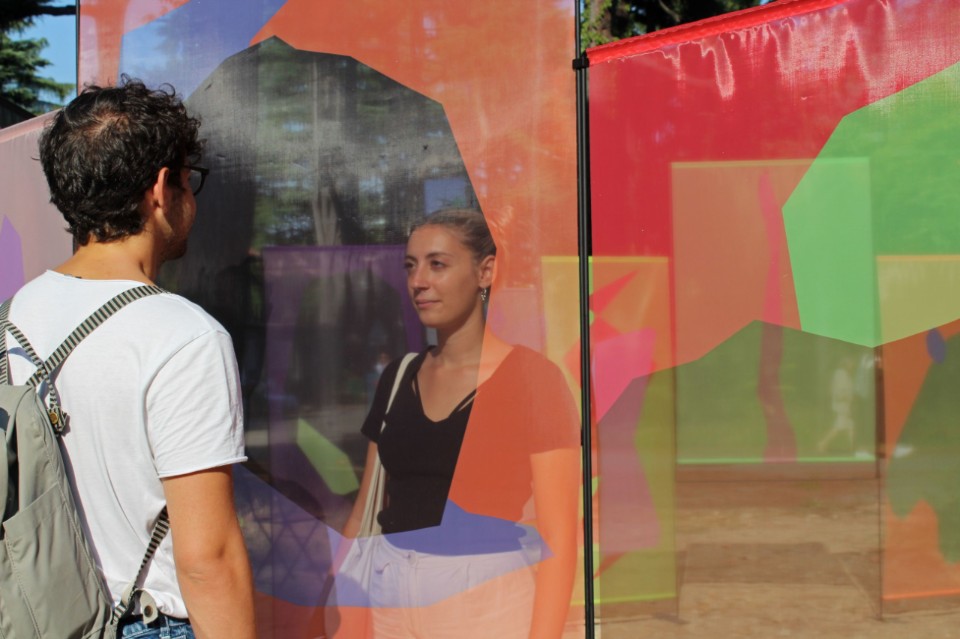
Look at me in the face
Alcova, “Mesh virus-Control Flag Partition”
Greta Pesarini, Politecnico di Milano
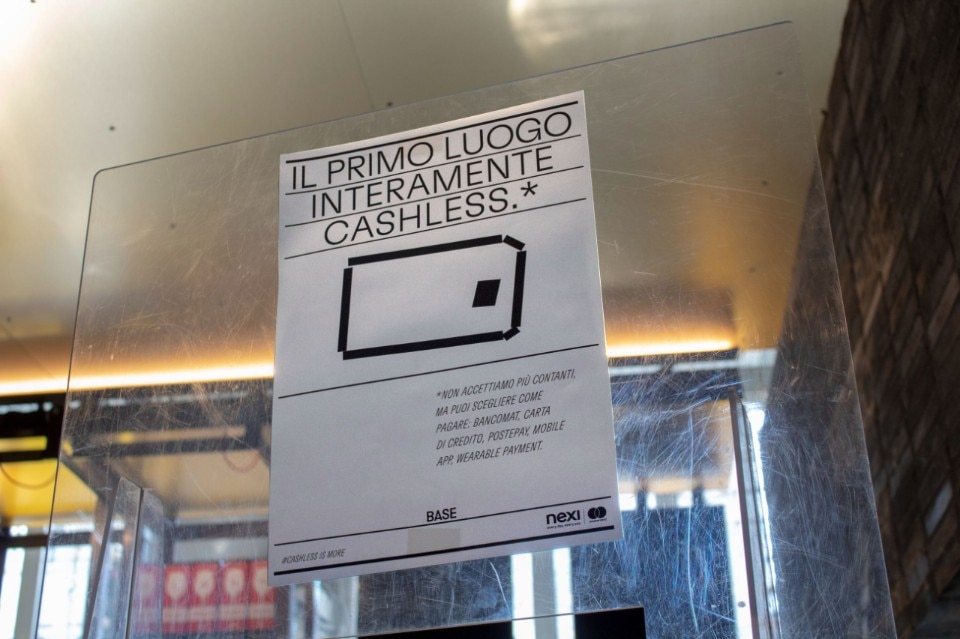
A push towards the future
BASE Milano, cashless payment
Greta Pesarini, Politecnico di Milano

NO QR code_02: Materialized, 07092021, Spazio Gamma Via Pastrengo, 7
New technologies, new products, new materials always touch hearts the quickest, and in a post-pandemic world, people still get excited about new things even when they're wearing gloves. The QR codes and messages on line that are visible everywhere at Design Week never get the most enthusiastic attention.
Zishan Liu, NABA

NO QR code_03: Materialized, 07092021, Spazio Gamma Via Pastrengo, 7
New technologies, new products, new materials always touch hearts the quickest, and in a post-pandemic world, people still get excited about new things even when they're wearing gloves. The QR codes and messages on line that are visible everywhere at Design Week never get the most enthusiastic attention.
Zishan Liu, NABA

NO QR code_04: Audi, 07092021, via della Spiga 26
New technologies, new products, new materials always touch hearts the quickest, and in a post-pandemic world, people still get excited about new things even when they're wearing gloves. The QR codes and messages on line that are visible everywhere at Design Week never get the most enthusiastic attention.
Zishan Liu, NABA

POST COVID LIFE
06.09.2021 Palazzo Citterio 17.27 via Brera 12
Palina Birukova, Università Statale di Milano

POST COVID LIFE
Triennale, 08.09 16.38
Queue for the green pass check
Palina Birukova, Università Statale di Milano

The new accessories
Via Durini, 9 September 2021
Clothing has always been an expression of self and roles, according to the respect of the society an individual inhabits. The pandemic has introduced into the habits of citizens the use of the mask as a neutral or customisable accessory.
Federica Saquella, Università Statale di Milano

The limit
Università Statale di Milano, 9 Settembre 2021
Federica Saquella, Università Statale di Milano

The fear
Milan State University, 9 September 2021
The pandemic has left its mark on the habits of citizens and their attitude towards what was previously taken for granted. The habit of danger, of restriction, is part of people, who hesitate before the possibility of touching public objects, perhaps giving it a different value than before.
Federica Saquella, Università Statale di Milano

The adaptation
Via Durini, Fendi, 9 September 2021,
What was not relevant before is now necessary. What is necessary is commercially viable.
Federica Saquella, Università Statale di Milano

Post-pandemic
Post-pandemic because it is the filter that allowed me to see the Salone and Fuorisalone from a different perspective, from that of the visitors around me. Although less than in other years, it was thanks to them that I got a greater sense of the importance of the event and the passion for design.
Show room, via Cernaia, 5/9/2021
Gabriele Coviello, Università Statale di Milano

Post-pandemic
Art gallery in via S.Marco, 5/9/2021
Gabriele Coviello, Università Statale di Milano

Post-pandemic
Art gallery in via S.Marco, 5/9/2021
Gabriele Coviello, Università Statale di Milano

Post-pandemic
Show room, via della Spiga, 6/9/2021
Gabriele Coviello, Università Statale di Milano

Two maximum
Via festa del perdono 7, 09-09-21
Greta D'Addetta, Università Statale di Milano

Queue for green pass
Through these photos I have tried to represent my way of observing the world, always looking for light and shadow.
Via durini 24. 05-09-21
Greta D'Addetta, Università Statale di Milano

SOGNI (Fabbrica Sassetti, Isola Design District)
The Stair Shelf is designed for an increasingly digitalised public, of which generation Z is the protagonist; through its structure, made up of customisable modular parts, it metaphorically explores the needs, desires and future of contemporary society.
Mattia Sormani, Univesrità Statale di Milano

UNCRACKED (Università degli Studi di Milano, Via Festa del Perdono)
The installation is the result of a collaboration between the Fratelli Guzzini brand and Corepla. What is striking is the crumpled sheet of paper taped to it that reads "Maximum capacity 2 people", in contrast to the elegance of the structure and as if to remind us that Covid is still with us.
Mattia Sormani, Univesrità Statale di Milano

TATTO (Università degli Studi di Milano, Via Festa del Perdono)
These punching bags, designed by Sara Ricciardi of Naba, represent a sort of workout with one's past, in which the pandemic is partially understood. The girl in the photo is free to touch the installation to better understand the message it wants to pass, a simple gesture that until a few months ago seemed unfeasible.
Mattia Sormani, Univesrità Statale di Milano

GEL (Zetalab, via Cola Montano 2)
In the post-pandemic world, disinfectant gels seem to become part of the installations and are placed at the entrance to each one, as at Zetalab, at The Milaneser exhibition.
Mattia Sormani, Univesrità Statale di Milano

BUBBLE (PLAN X art gallery, via Marsala 7)
The bubble around the writing can take on different meanings depending on who is looking at it; I personally thought of the pandemic and how if humans fail to follow the rules, the bubble will burst and we will all be screwed. The design is very eye-catching, especially for sharing on Instagram via posts or stories.
Mattia Sormani, Univesrità Statale di Milano

Desire
Sassetti Factory - via Filippo Sassetti, 31 - 08/09/2021
A series of adjustable shelves for realists, a ladder towards a bright future for dreamers. What they have in common are the different perspectives from which to see the object and the possibility of modulating it to meet needs and desires.
Sofia Ciccotta, Università Statale di Milano

Separation
Alcova - via Simone Saint Bon, 1 - 08/09/2021
Protecting without isolating. SPREAD's colourful room dividers do not close off but create spaces where people can communicate and be together safely. Spacing has a completely different aspect.
Sofia Ciccotta, Università Statale di Milano

Solitude
In front of the mirror in CELO.1 one can see one's own reflection, observe the shadow and look beyond the object. Each of the three situations, however, is united by a single horizon: oneself. A means of continuing to explore individuality.
Sofia Ciccotta, Università Statale di Milano

Trip
BASE Milan - via Bergognone, 34 - 08/09/2021
Travelling while sitting, what the pandemic has forced us to do and what the Cross Cultural Chairs project has proposed to discover distant cultures. Society in constant movement has come to a standstill.
Sofia Ciccotta, Università Statale di Milano

Heritage
Fondazione Kenta, Via Filippo Sassetti 31, 09/09
Federica Vatri, Politecnico di Milano

I can't see you
Università Statale, PURA by Guglielmi
Between the limitations and the desire to discover, often contrasting signs and moments wrapped in embarrassment for what we can do and what not. We no longer put more barriers than necessary, let's touch materials and try products, look at each other and think about the future.
Greta Pesarini, Politecnico di Milano

PLEASE TOUCH THE STONES
Isola Design District, Spazio Gamma, “Materialized”
Greta Pesarini, Politecnico di Milano

Look at me in the face
Alcova, “Mesh virus-Control Flag Partition”
Greta Pesarini, Politecnico di Milano

A push towards the future
BASE Milano, cashless payment
Greta Pesarini, Politecnico di Milano
A new way to observe
Claudio Larcher, NABA Design Area Leader, says he was pleasantly surprised by the way the students addressed the theme of nature. He explains that what is portrayed in their photos and videos is a vision of a nature in transformation, incorporated into our lives, a reworked nature that is far removed from stereotypes.
“They feel very close to this theme, and they experience it in a design-related way,” explains Larcher, for whom it is all in all “a positive message” when you consider what awaits these young people. Design and designers will play a key role in facing a future dominated by apocalyptic scenarios caused by the climate crisis. For Larcher, the responsibility for design must be given to young people, “because they will be the protagonists of the world in a few years’ time”. A world that will need intensive care.
The responsibility for design must be given to young people, because they will be the protagonists of the world in a few years’ time (Claudio Larcher)
“Cool! Do you know how many stories I can make here?” exclaims an enthusiastic girl as she enters the Hermès installation at the Design Week. This is the anecdote with which Claudio Larcher introduces the fundamental theme of the relationship between Gen Z and the image, in which - he explains - “there is the key of their approach also in the perception of real life”. Compared to the generations that preceded them, they are more accustomed to reading images and to making them their own through mediation, comments Larcher, adding that working on pictures is at the heart of Gen Z’s cultural code, and many young people often have a gift for taking beautiful ones.
This generation, Larcher explains, surfs through different planes and surfaces with extreme ease. But the consequence of moving around so freely, and finding everything so easily accessible, is that the investment in research, and consequently the sedimentation of concepts, is inversely proportional. “There is a risk that everything is done by emulation, as it basically already happens on Instagram”, and so, if once to visit the Fuorisalone you used to read the guide, “now everyone takes the same photos during Design Week”. At the same time, this change of approach is not necessarily negative. “I don’t want it to sound like a conservative criticism, this isn’t the case, at all”. And the ability to produce, read and transform images is a value that students can use to launch a career, which for many of them could be in art direction, before approaching the design field in the strictest sense of the word. “I would immediately work with some of them to valorize my work in terms of images,” concludes NABA design area leader.
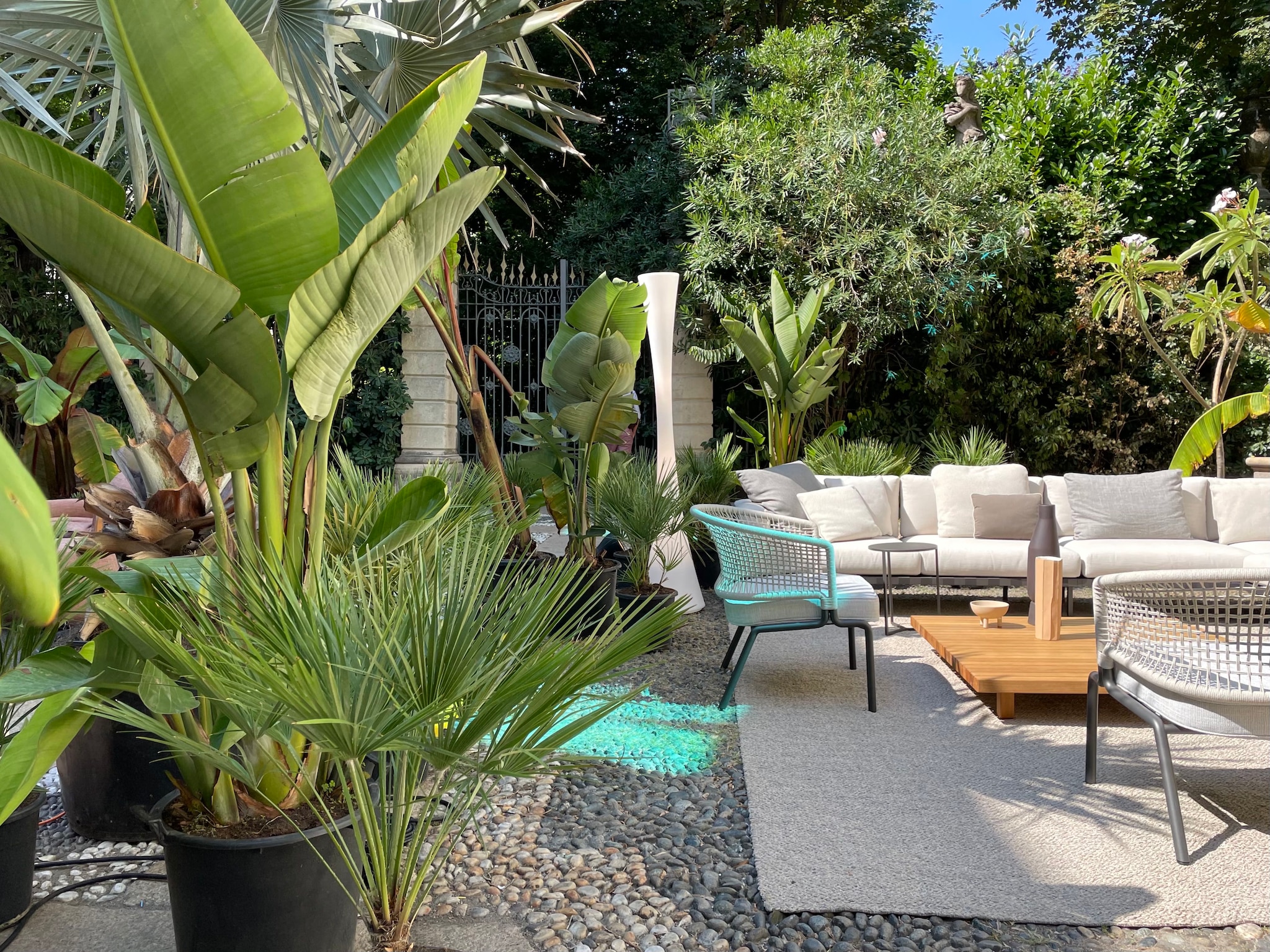
 View gallery
View gallery

It's not love
Alpha District, 5 September 2021
Silvia Babic, Università degli Studi di Milano, Communication and Society - 2nd year

Self-pleasure kit for women
Alpha District, 5 September 2021
Silvia Babic, Università degli Studi di Milano, Communication and Society - 2nd year

It's not love
Alpha District, 5 September 2021
Silvia Babic, Università degli Studi di Milano, Communication and Society - 2nd year
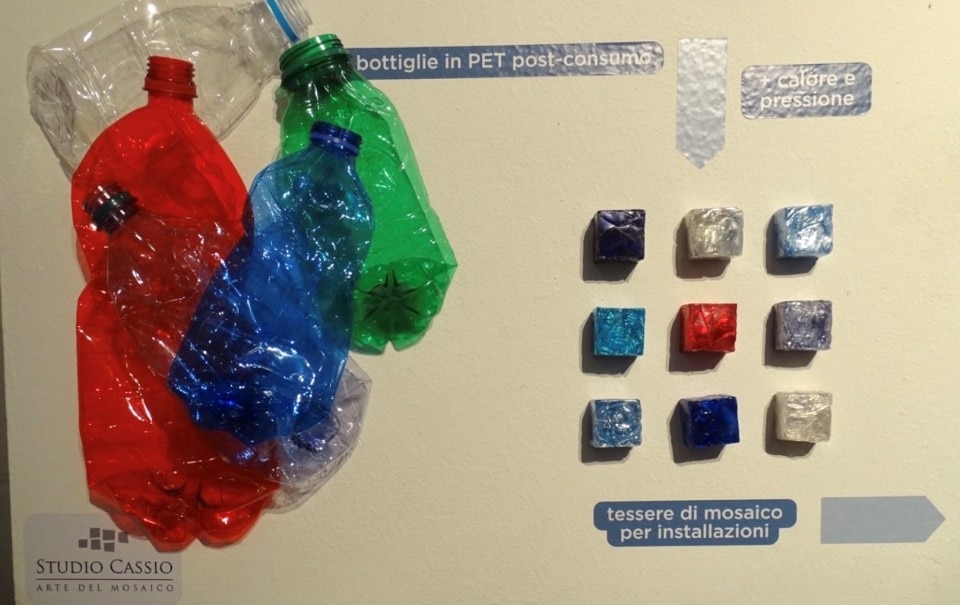
Studio Cassio, Mosaics Art
Superstudio, Zona Tortona; 8 September 2021
Silvia Babic, Università degli Studi di Milano, Communication and Society - 2nd year
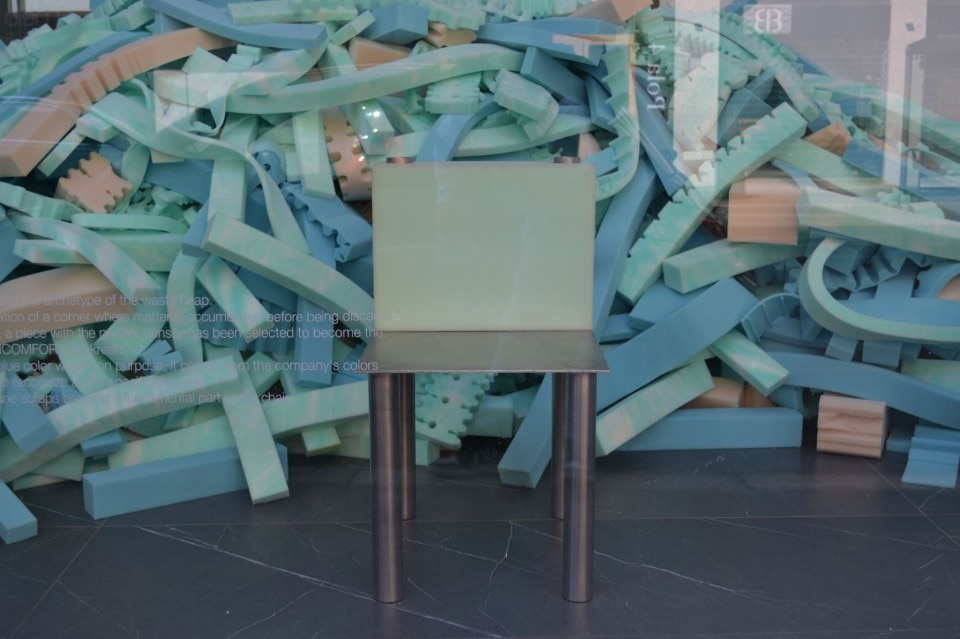
FOAMY (Studio Finemateria, via Pola 11, Isola)
The installation shows a direct dialogue between design and industry, with particular attention to the reuse of materials. In this case, the chair in the foreground on display is the result of the recycling of polyurethane foam waste.
Mattia Sormani, Communication and Society at Università degli Studi di Milano - 3rd year

COUCH-19 (Fabbrica Sassetti, Isola)
Ingenious is the interpretation by Tobia Zambotti that touches on various aspects related to the climate crisis: from the recycling and reuse of devices to the active involvement of citizens in the collection of waste, up to the emblematic shape of the pouf that resembles an iceberg, a symbol of global warming. The design is also very attractive to the eye of young people.
Mattia Sormani, Communication and Society at Università degli Studi di Milano - 3rd year
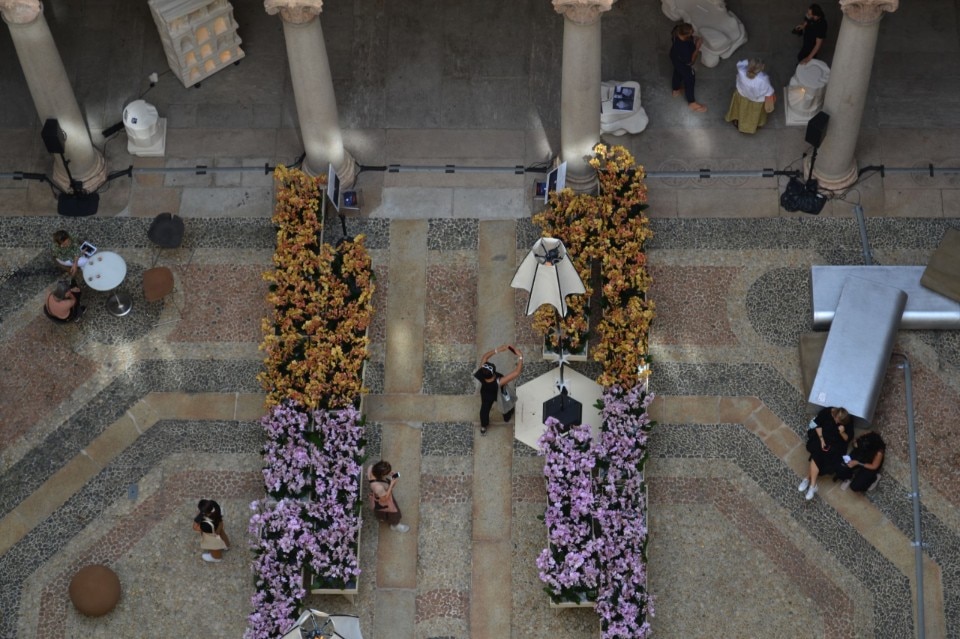
ORCHID RUG (Palazzo Turati)
The Masterly-The Dutch in Milan event focuses on the connection between materials but above all between people, inside there are in fact several spaces where visitors can stop and chat. The central theme remains sustainability, with an eye for the circular economy.
Mattia Sormani, Communication and Society at Università degli Studi di Milano - 3rd year
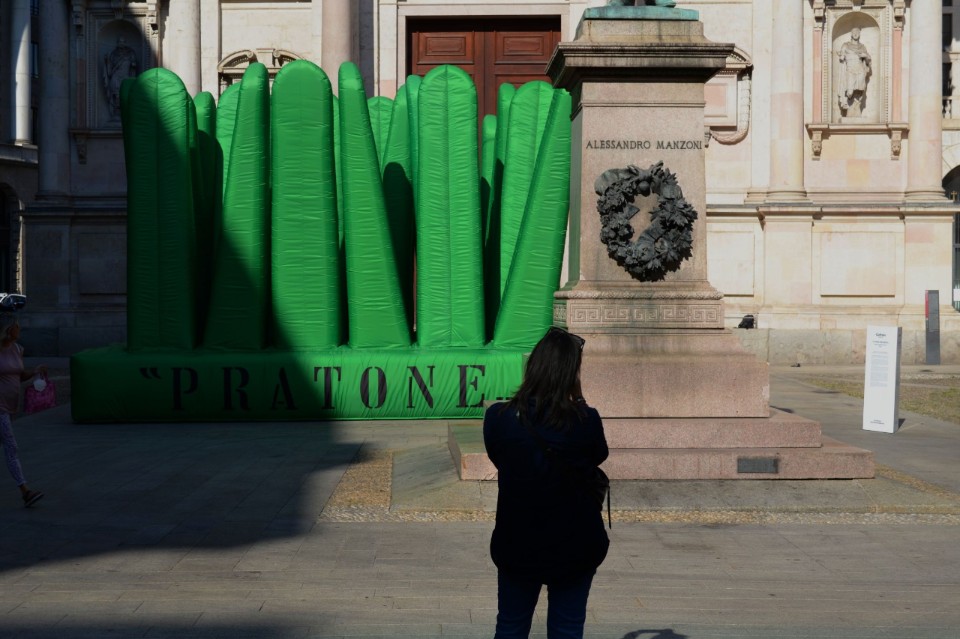
PRATONE (Piazza San Fedele)
The maxi version of Gufram's sculpture gives a touch of green in an area where green hides. The work certainly attracts the attention of passers-by and they are also offered the opportunity to "step on" the lawn and get lost among its stalks about 5 meters high.
Mattia Sormani, Communication and Society at Università degli Studi di Milano - 3rd year
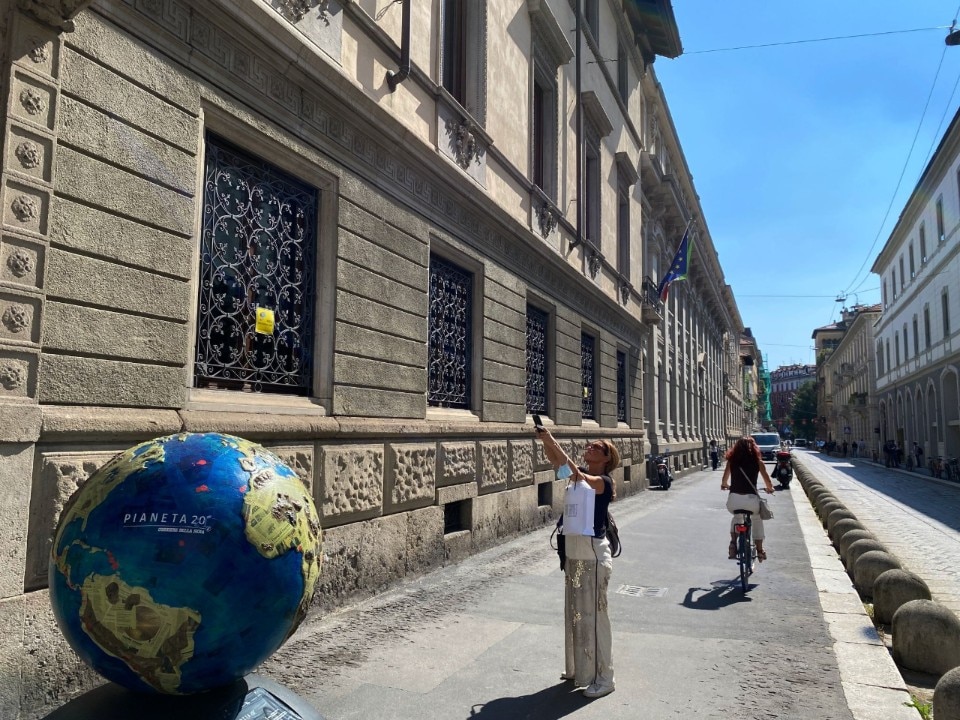
GLOBE (Moscova)
Positioned in different points of Milan, these globes (about 50), belonging to the WePlanet project, are used to sensitize people on the issue of climate change; each one represents a theme in its own way, from the use of plastic to separate collection, with the aim of stirring the conscience of passers-by.
Mattia Sormani, Communication and Society at Università degli Studi di Milano - 3rd year
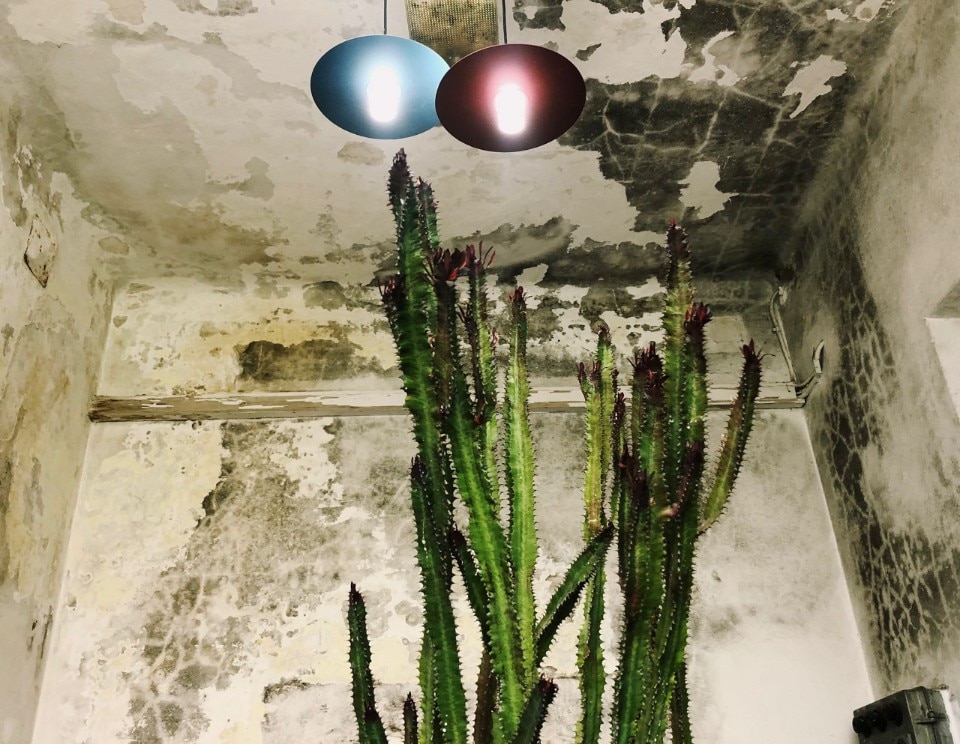
Complement
Alcova, 09-09-21
Greta D'Addetta, Communication and Society at Università degli Studi di Milano - 2nd year
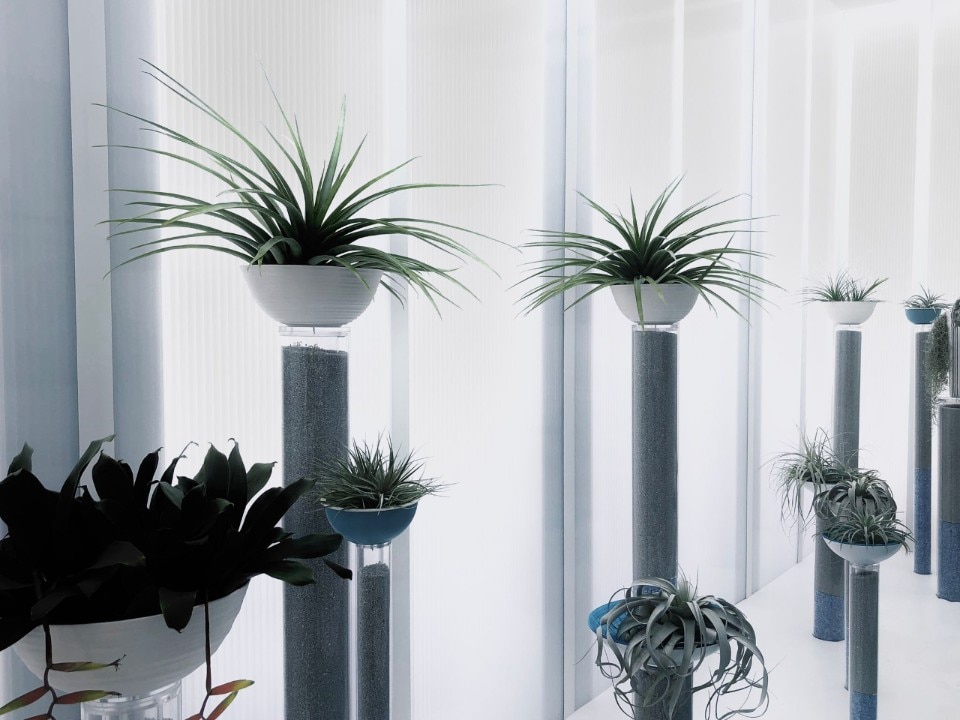
Singularity
Via festa del perdono 7, 05-09-21
Greta D'Addetta, Communication and Society at Università degli Studi di Milano - 2nd year
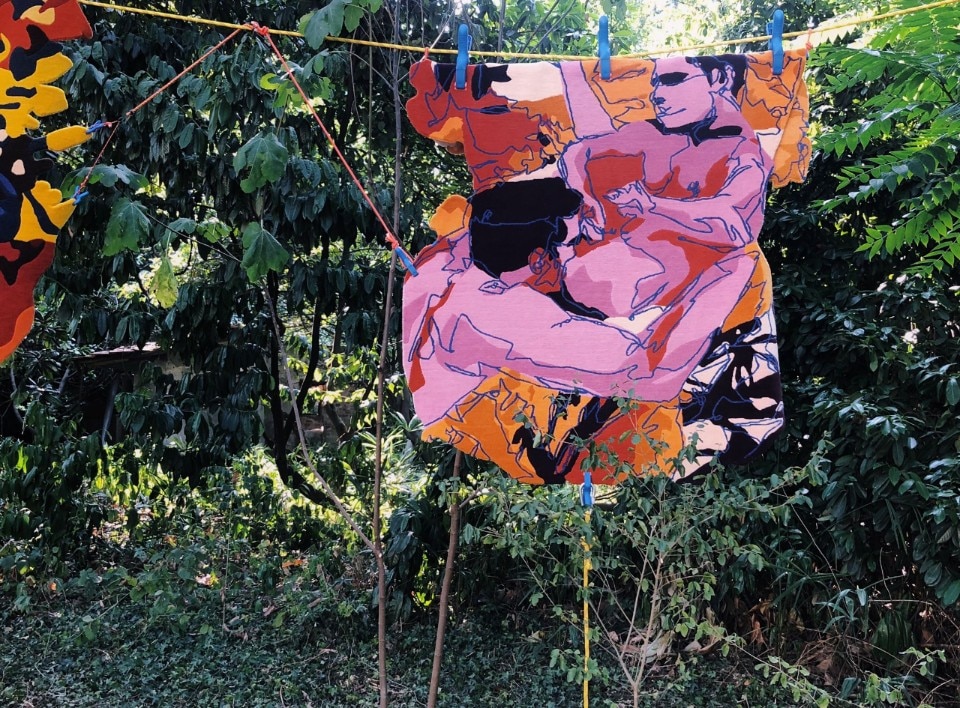
Union
Alcova, 09-09-21
Greta D'Addetta, Communication and Society at Università degli Studi di Milano - 2nd year
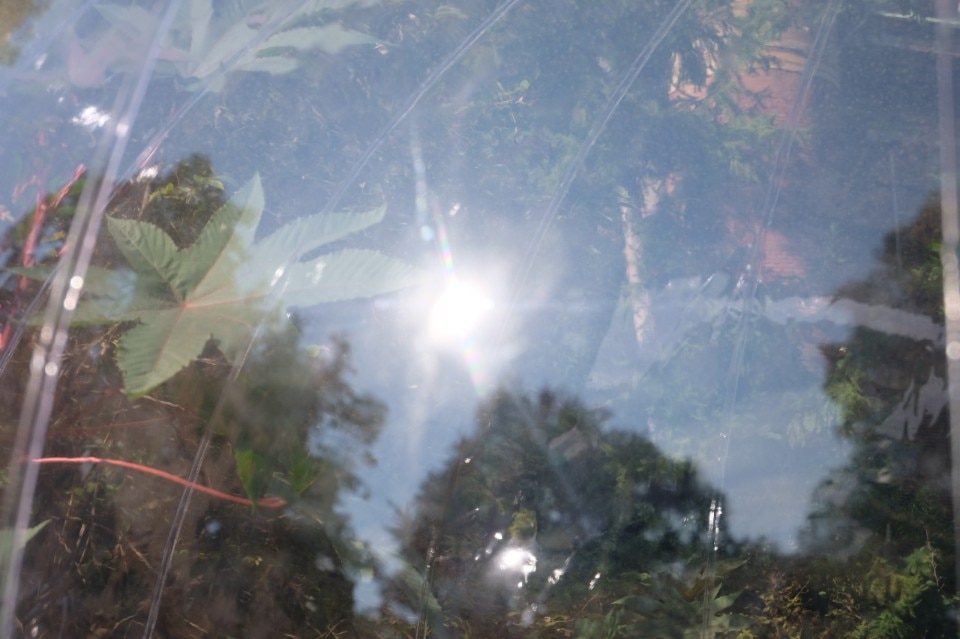
Give us time to reflect in the garden
Brera Botanical garden
Giulia Zotaj, Communication and Society at Università degli Studi di Milano

Give us time to reflect in the garden
Brera Botanical garden
Giulia Zotaj, Communication and Society at Università degli Studi di Milano
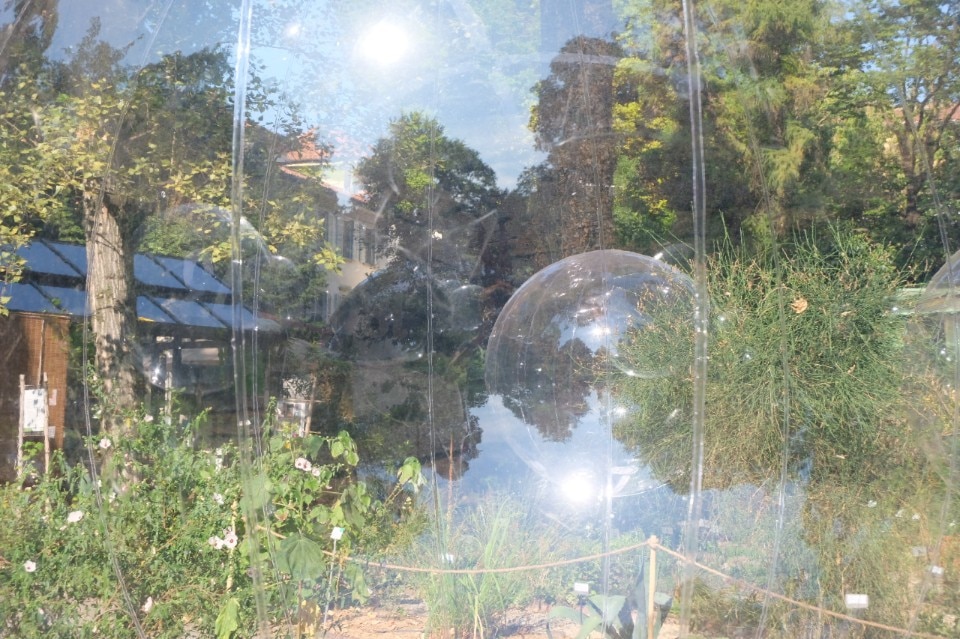
Give us time to reflect in the garden
Brera Botanical garden
Giulia Zotaj, Communication and Society at Università degli Studi di Milano
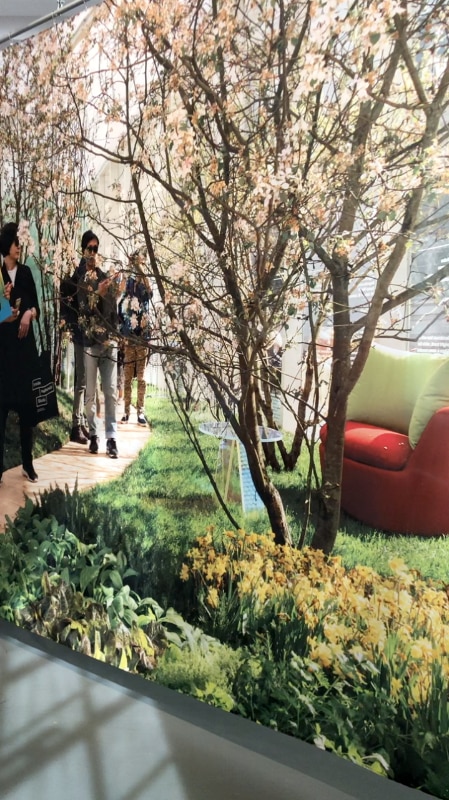
Nature
Triennale Milano, 08.09.2021 11.30
Palina Birukova, Communication and Society at Università degli Studi di Milano - 3rd year
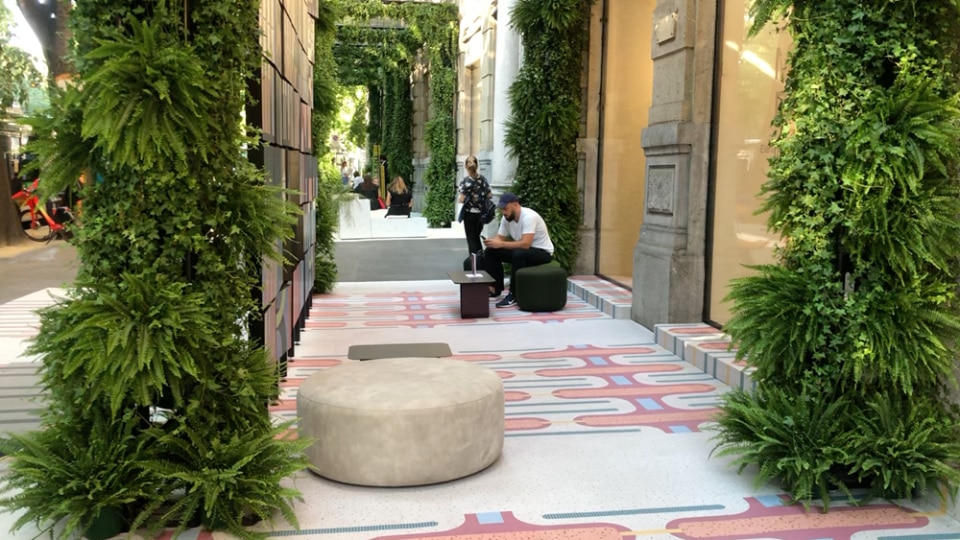
Nature
Foro Buonaparte 14, spazio Cedit 06.09 17.07
Palina Birukova, Communication and Society at Università degli Studi di Milano - 3rd year

Tropical Flowers
Alpha District - 08.09.2021
Arianna Guadagno, Communication and Society at Università degli Studi di Milano - 3rd year
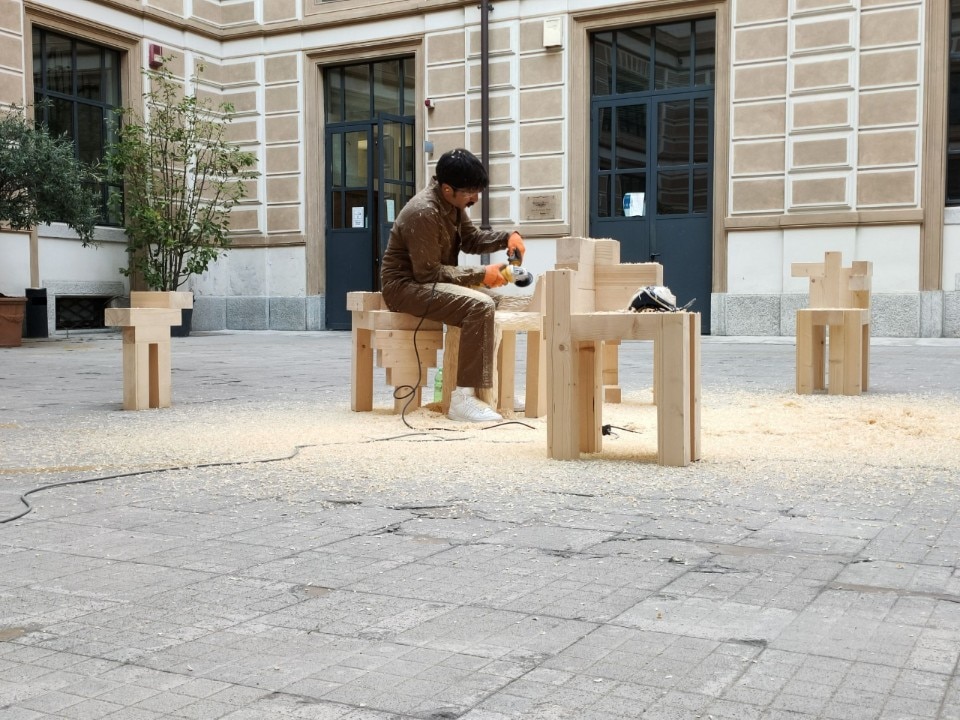
Spinning
SIAM - 04.09.2021
Arianna Guadagno, Communication and Society at Università degli Studi di Milano - 3rd year
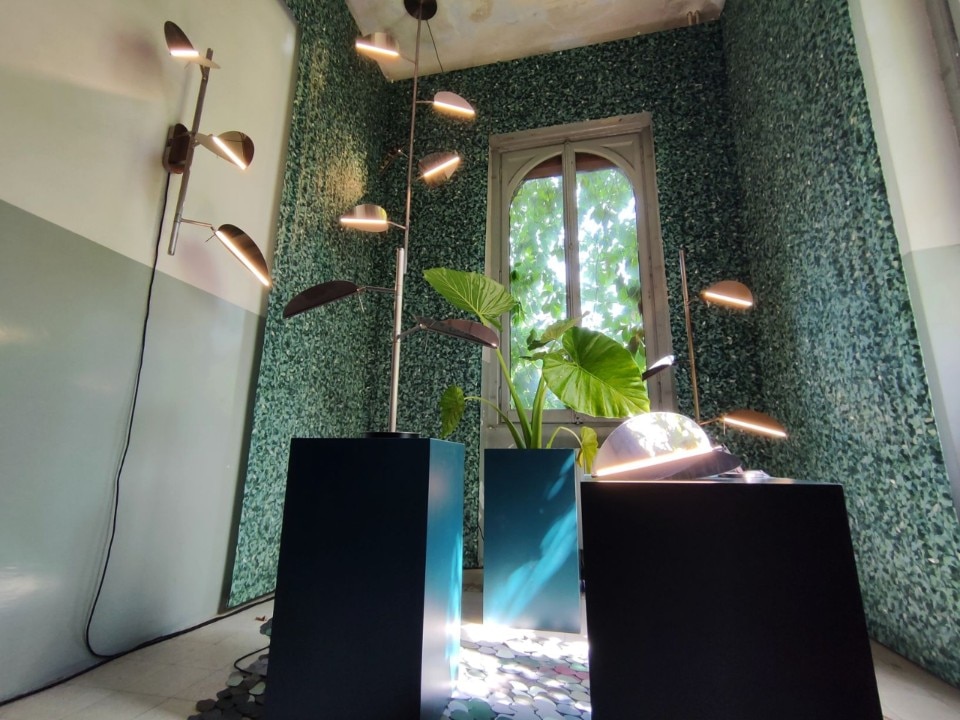
Bright Leaves
Alcova - 08.09.2021
Arianna Guadagno, Communication and Society at Università degli Studi di Milano - 3rd year
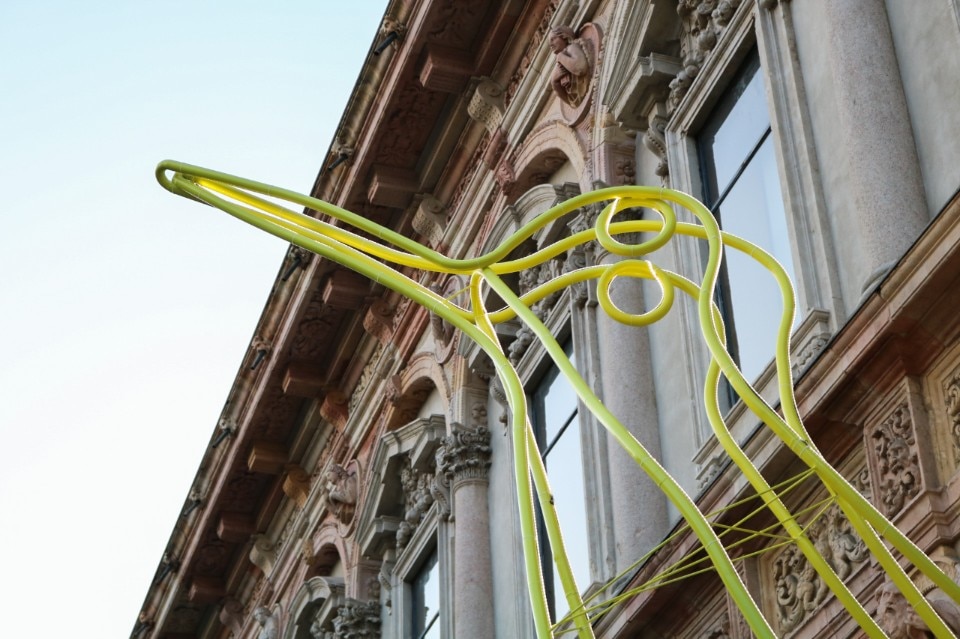
Double
Università Statale di Milano, Via Festa del Perdono 7, 06/09
Federica Vatri, Politecnico di Milano, Master in Communication Design - 2nd year
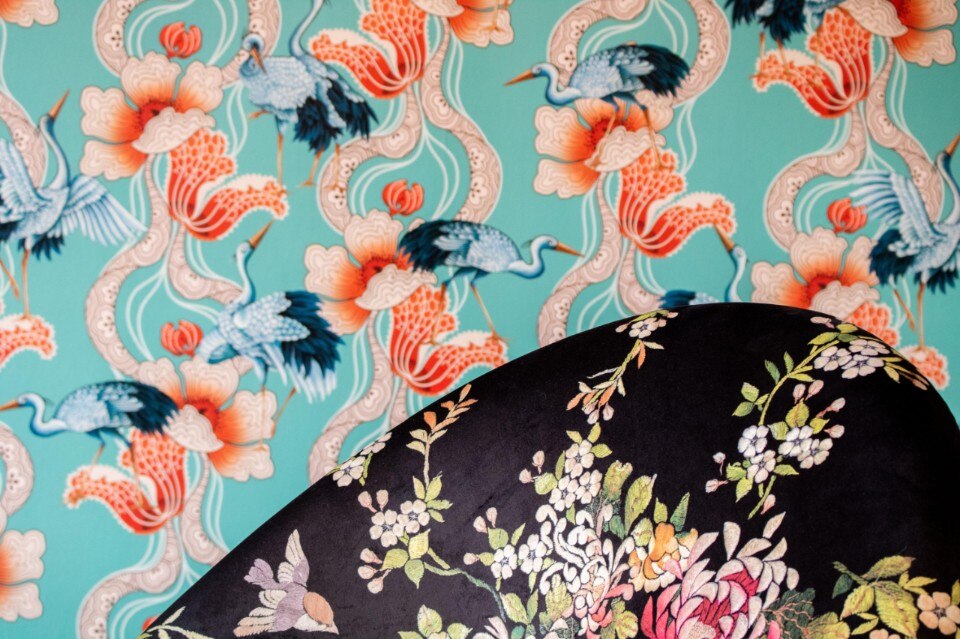
Décor
Il salotto di Milano, Corso Venezia 7, 08/09
Federica Vatri, Politecnico di Milano, Master in Communication Design - 2nd year
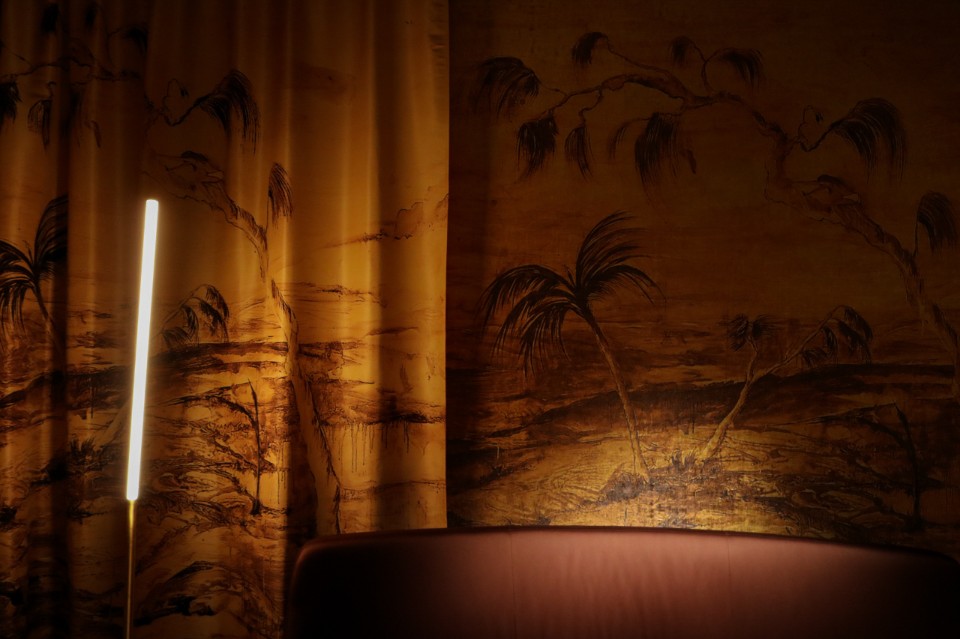
Habitat
Nilufar, via della spiga 32, 05/09
Federica Vatri, Politecnico di Milano, Master in Communication Design - 2nd year
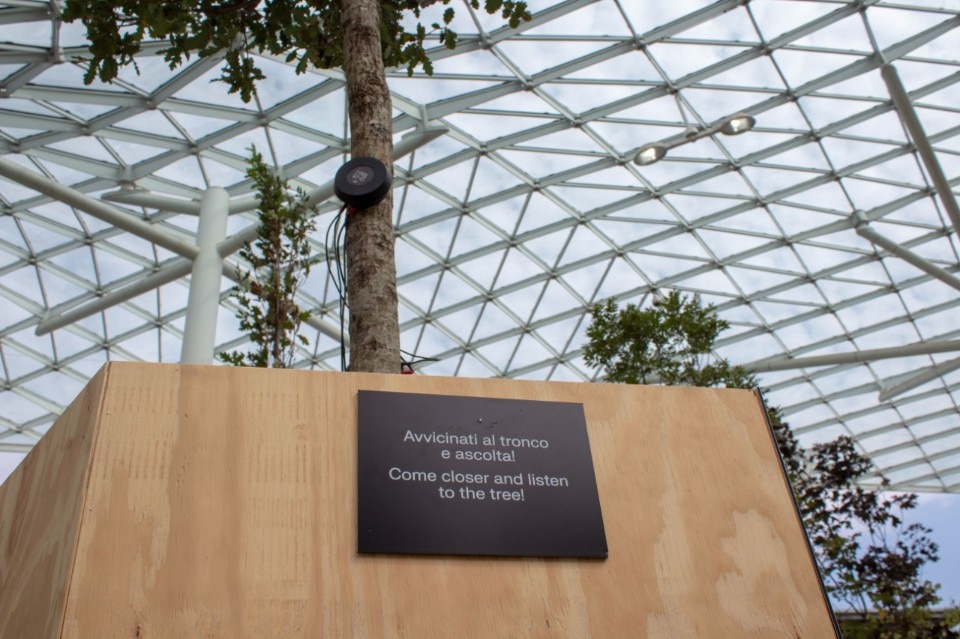
Listen to nature 1/2
Supersalone in Fiera, project “Forestami”
Greta Pesarini, Politecnico di Milano, Master in Integrated Product Design - 2nd year
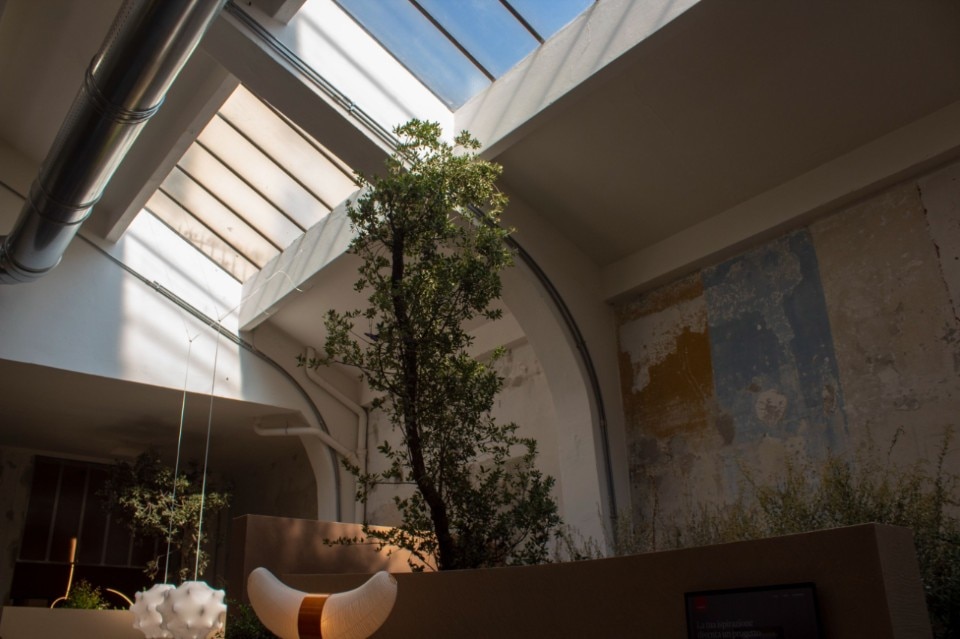
Sicilian nature enclosed
It's a majestic nature that one enclosed in the exhibition spaces, a nature that we should listen to, but that appears fake and suffering. I found the real nature in the little things, in the frightened duck at the Botanical Garden, an uncontrollable but sincere nature.
Officina Milano, Spazio MOHD, project “Botanica Collettiva”
Greta Pesarini, Politecnico di Milano, Master in Integrated Product Design - 2nd year
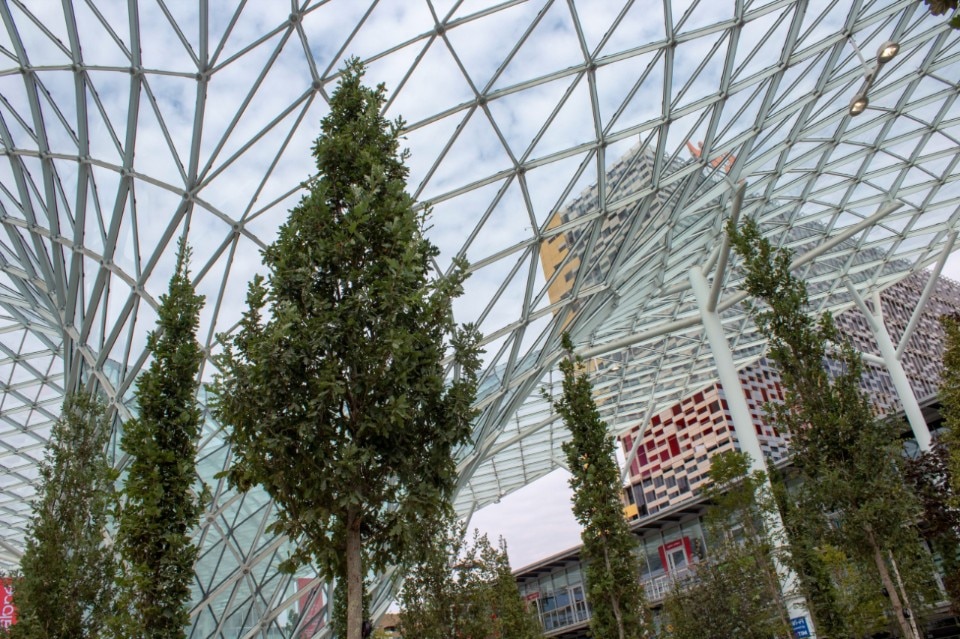
Only enclosed trees
Supersalone in Fiera, project “Forestami”
Greta Pesarini, Politecnico di Milano, Master in Integrated Product Design - 2nd year
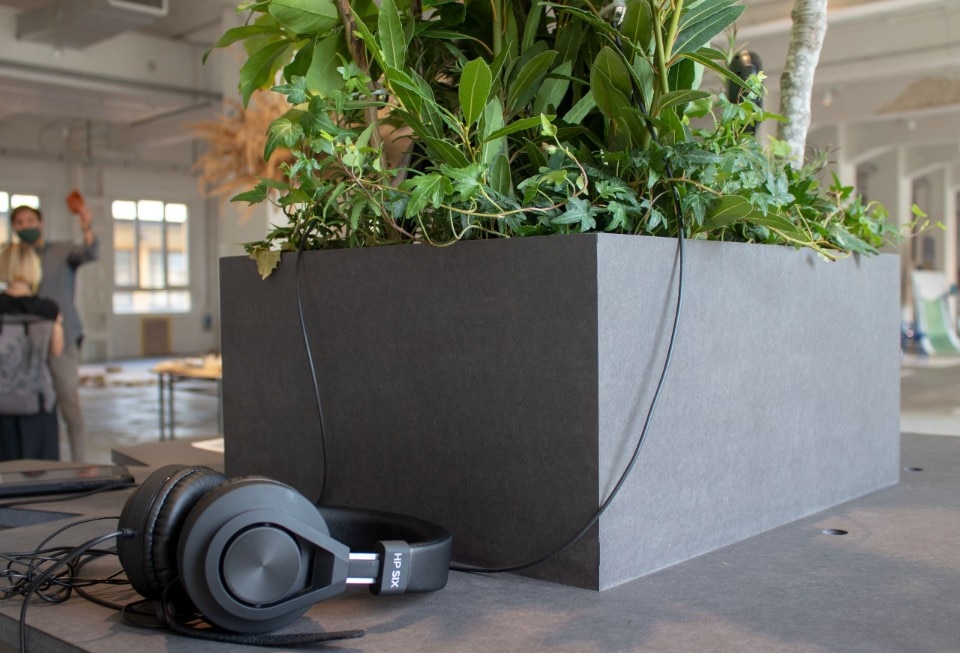
Listen to nature 2/2
BASE Milano, “We Will Design”
Greta Pesarini, Politecnico di Milano, Master in Integrated Product Design - 2nd year
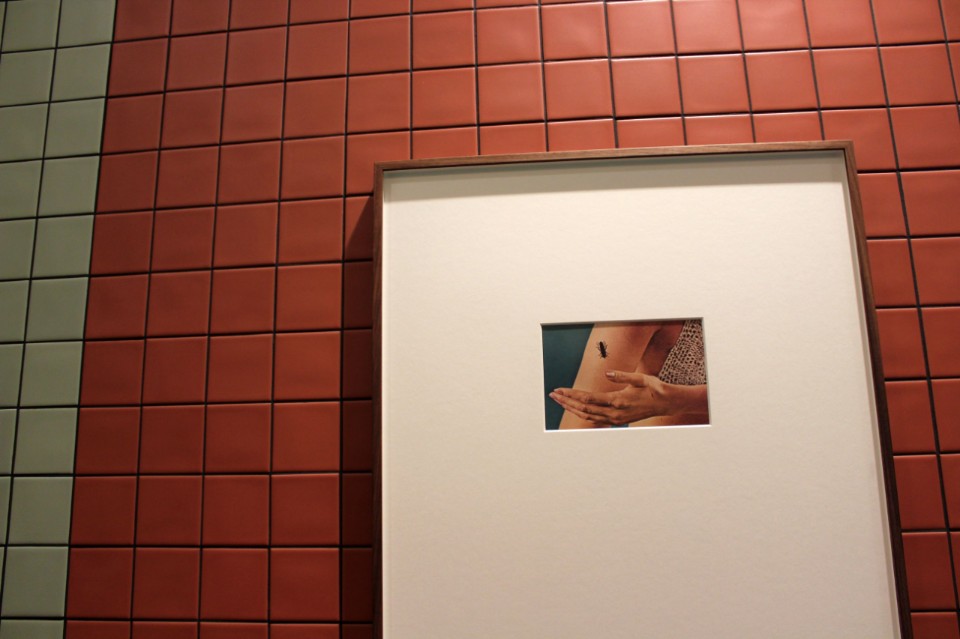
Glance
Brera Design District, Casa Mutina, work by Luigi Ghirri
Greta Pesarini, Politecnico di Milano, Master in Integrated Product Design - 2nd year

A fleeing duck
Brera Design District, Orto Botanico
Greta Pesarini, Politecnico di Milano, Master in Integrated Product Design - 2nd year
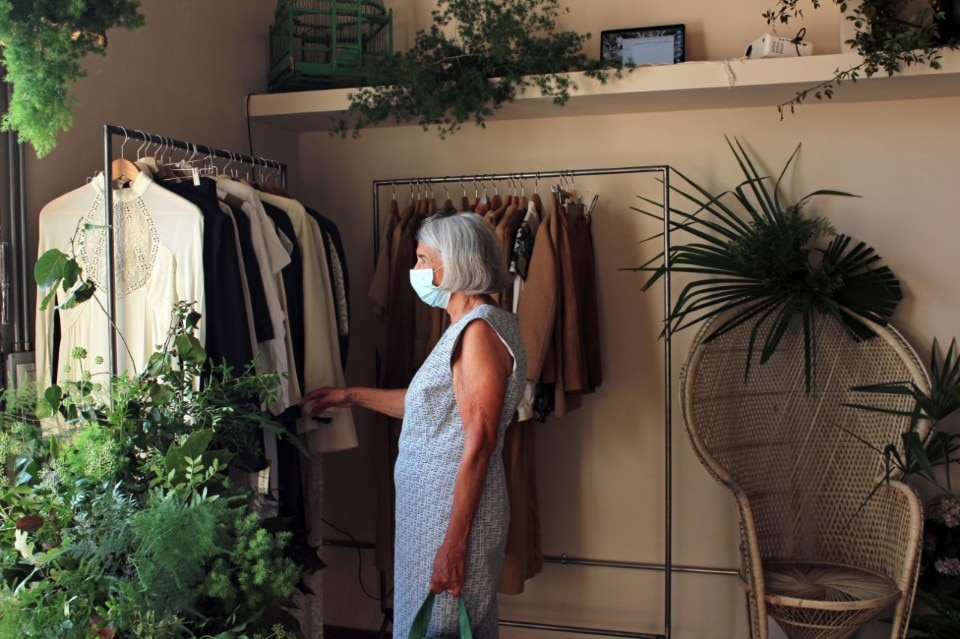
The plants of the exhibitor
Isola Design District, via Pepe 15 exhibition space
Greta Pesarini, Politecnico di Milano, Master in Integrated Product Design - 2nd year

It's not love
Alpha District, 5 September 2021
Silvia Babic, Università degli Studi di Milano, Communication and Society - 2nd year

Self-pleasure kit for women
Alpha District, 5 September 2021
Silvia Babic, Università degli Studi di Milano, Communication and Society - 2nd year

It's not love
Alpha District, 5 September 2021
Silvia Babic, Università degli Studi di Milano, Communication and Society - 2nd year

Studio Cassio, Mosaics Art
Superstudio, Zona Tortona; 8 September 2021
Silvia Babic, Università degli Studi di Milano, Communication and Society - 2nd year

FOAMY (Studio Finemateria, via Pola 11, Isola)
The installation shows a direct dialogue between design and industry, with particular attention to the reuse of materials. In this case, the chair in the foreground on display is the result of the recycling of polyurethane foam waste.
Mattia Sormani, Communication and Society at Università degli Studi di Milano - 3rd year

COUCH-19 (Fabbrica Sassetti, Isola)
Ingenious is the interpretation by Tobia Zambotti that touches on various aspects related to the climate crisis: from the recycling and reuse of devices to the active involvement of citizens in the collection of waste, up to the emblematic shape of the pouf that resembles an iceberg, a symbol of global warming. The design is also very attractive to the eye of young people.
Mattia Sormani, Communication and Society at Università degli Studi di Milano - 3rd year

ORCHID RUG (Palazzo Turati)
The Masterly-The Dutch in Milan event focuses on the connection between materials but above all between people, inside there are in fact several spaces where visitors can stop and chat. The central theme remains sustainability, with an eye for the circular economy.
Mattia Sormani, Communication and Society at Università degli Studi di Milano - 3rd year

PRATONE (Piazza San Fedele)
The maxi version of Gufram's sculpture gives a touch of green in an area where green hides. The work certainly attracts the attention of passers-by and they are also offered the opportunity to "step on" the lawn and get lost among its stalks about 5 meters high.
Mattia Sormani, Communication and Society at Università degli Studi di Milano - 3rd year

GLOBE (Moscova)
Positioned in different points of Milan, these globes (about 50), belonging to the WePlanet project, are used to sensitize people on the issue of climate change; each one represents a theme in its own way, from the use of plastic to separate collection, with the aim of stirring the conscience of passers-by.
Mattia Sormani, Communication and Society at Università degli Studi di Milano - 3rd year

Complement
Alcova, 09-09-21
Greta D'Addetta, Communication and Society at Università degli Studi di Milano - 2nd year

Singularity
Via festa del perdono 7, 05-09-21
Greta D'Addetta, Communication and Society at Università degli Studi di Milano - 2nd year

Union
Alcova, 09-09-21
Greta D'Addetta, Communication and Society at Università degli Studi di Milano - 2nd year

Give us time to reflect in the garden
Brera Botanical garden
Giulia Zotaj, Communication and Society at Università degli Studi di Milano

Give us time to reflect in the garden
Brera Botanical garden
Giulia Zotaj, Communication and Society at Università degli Studi di Milano

Give us time to reflect in the garden
Brera Botanical garden
Giulia Zotaj, Communication and Society at Università degli Studi di Milano

Nature
Triennale Milano, 08.09.2021 11.30
Palina Birukova, Communication and Society at Università degli Studi di Milano - 3rd year

Nature
Foro Buonaparte 14, spazio Cedit 06.09 17.07
Palina Birukova, Communication and Society at Università degli Studi di Milano - 3rd year

Tropical Flowers
Alpha District - 08.09.2021
Arianna Guadagno, Communication and Society at Università degli Studi di Milano - 3rd year

Spinning
SIAM - 04.09.2021
Arianna Guadagno, Communication and Society at Università degli Studi di Milano - 3rd year

Bright Leaves
Alcova - 08.09.2021
Arianna Guadagno, Communication and Society at Università degli Studi di Milano - 3rd year

Double
Università Statale di Milano, Via Festa del Perdono 7, 06/09
Federica Vatri, Politecnico di Milano, Master in Communication Design - 2nd year

Décor
Il salotto di Milano, Corso Venezia 7, 08/09
Federica Vatri, Politecnico di Milano, Master in Communication Design - 2nd year

Habitat
Nilufar, via della spiga 32, 05/09
Federica Vatri, Politecnico di Milano, Master in Communication Design - 2nd year

Listen to nature 1/2
Supersalone in Fiera, project “Forestami”
Greta Pesarini, Politecnico di Milano, Master in Integrated Product Design - 2nd year

Sicilian nature enclosed
It's a majestic nature that one enclosed in the exhibition spaces, a nature that we should listen to, but that appears fake and suffering. I found the real nature in the little things, in the frightened duck at the Botanical Garden, an uncontrollable but sincere nature.
Officina Milano, Spazio MOHD, project “Botanica Collettiva”
Greta Pesarini, Politecnico di Milano, Master in Integrated Product Design - 2nd year

Only enclosed trees
Supersalone in Fiera, project “Forestami”
Greta Pesarini, Politecnico di Milano, Master in Integrated Product Design - 2nd year

Listen to nature 2/2
BASE Milano, “We Will Design”
Greta Pesarini, Politecnico di Milano, Master in Integrated Product Design - 2nd year

Glance
Brera Design District, Casa Mutina, work by Luigi Ghirri
Greta Pesarini, Politecnico di Milano, Master in Integrated Product Design - 2nd year

A fleeing duck
Brera Design District, Orto Botanico
Greta Pesarini, Politecnico di Milano, Master in Integrated Product Design - 2nd year

The plants of the exhibitor
Isola Design District, via Pepe 15 exhibition space
Greta Pesarini, Politecnico di Milano, Master in Integrated Product Design - 2nd year
The encounter with beauty and refinding freedom
“After more than a year of denied or limited university life, "locked up" in digital spaces, nine students of (the degree course in) Communication and Society at the University of Milan accepted the invitation to go out and move around the city to tell us about Gen Z's point of view” writes Angela Biscaldi, associated professor in cultural anthropology at the Political and Social Sciences Department at Università Statale di Milano, who provided us with a brief essay about the project that Domus launched.
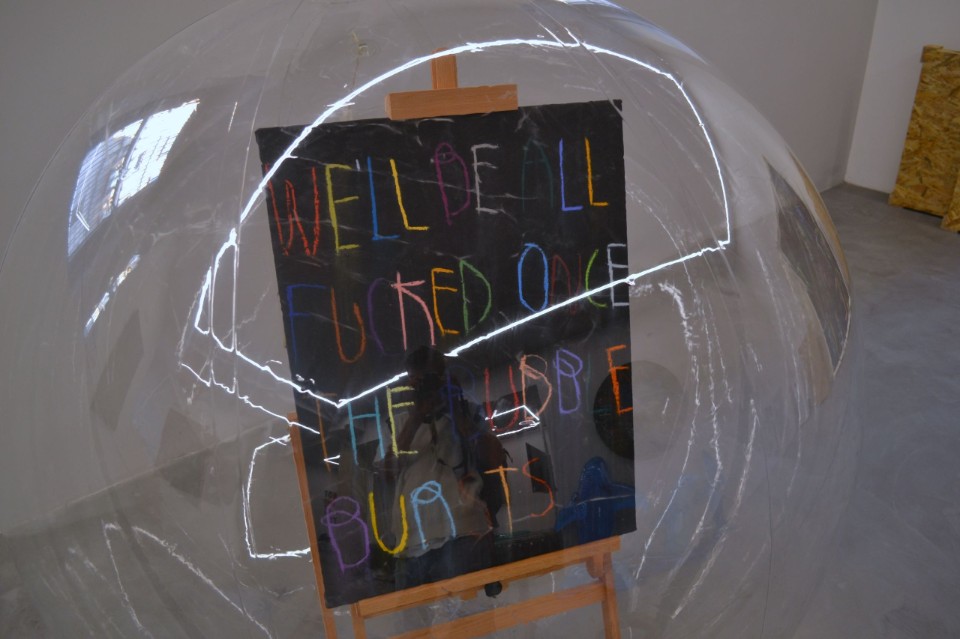
“I spontaneously read the photographs and videos they sent us as broader indices of their existential dimension: not so much as documents of a well-known and important event (the Salone del Mobile) elaborated from a particular perspective (that of the young), but rather as the opportunity of understanding something more about the experience of a generation, starting with what that generation considers worthy of attention and social visibility.
In this sense, in the encounter with beauty - of which each of the boys and girls involved captured particular aspects - and in the encounter with freedom of movement, partly rediscovered, some recurring semantic fields emerge across the themes proposed.
These are the long queues to check the Covid Certificate; the sense of limitation and the intrusiveness of the rules written in the signs "maximum capacity two people" and the tracks on the ground that impose a precise physical distance; the hand sanitizer bottles that, as one student writes, "seem to become part of the installations"; the masks worn and then taken off and put on again by visitors and tourists, sometimes filmed in the foreground, sometimes in the background; the sense of separation produced by glass, showcases, plexiglass, display cases and bubbles. Alongside the legacies of the pandemic - and in constant reference to it - we cannot but fail to observe the constant presence of the digital world, around which young people seem to grasp both the sense of solitude (photographs capturing men and women bent over their smartphones, as if they lived in a bubble) and the inevitability of a style of aesthetic and social narration that is essential and gratifying.”
The videos realised by the students
Gen Z deserves more space
“September, let’s go. It is time to migrate, reads a poem by D’Annunzio. No, replies Milan, it is time to meet at an unusual Design Week”, writes Luca Fois, Professor of Event Design at the Politecnico di Milano. He adds that “making any comparison with past spring editions is misleading because of the extreme specificity of this event”.
He then continues: “It had to be done for many (particular and general) reasons and interests of the Milan&Design System, which works well because it was created and then developed from the bottom up. And today, finally, it meets the top of the institutions. I think that this system needs a lot of young people, starting with gen Z, who can play an innovative role in product and service design, and above all in consumption. It also needs a lot of new, alternative values to gain new standards of quality rather than quantity. Large sectors of this generation are capable of influencing the research and strategy of companies which, as we saw in those days, are lagging behind when it comes to innovation”.
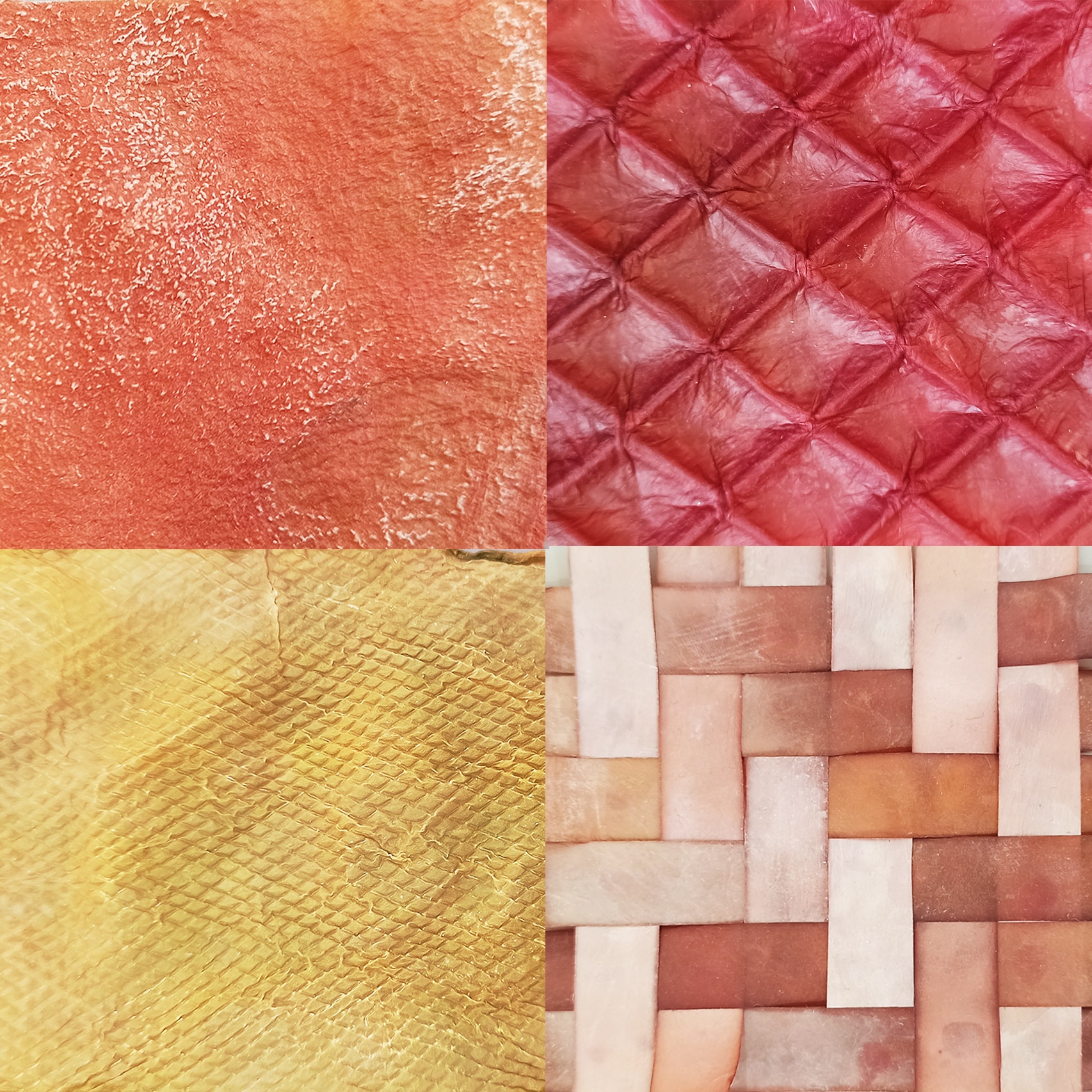
 View gallery
View gallery
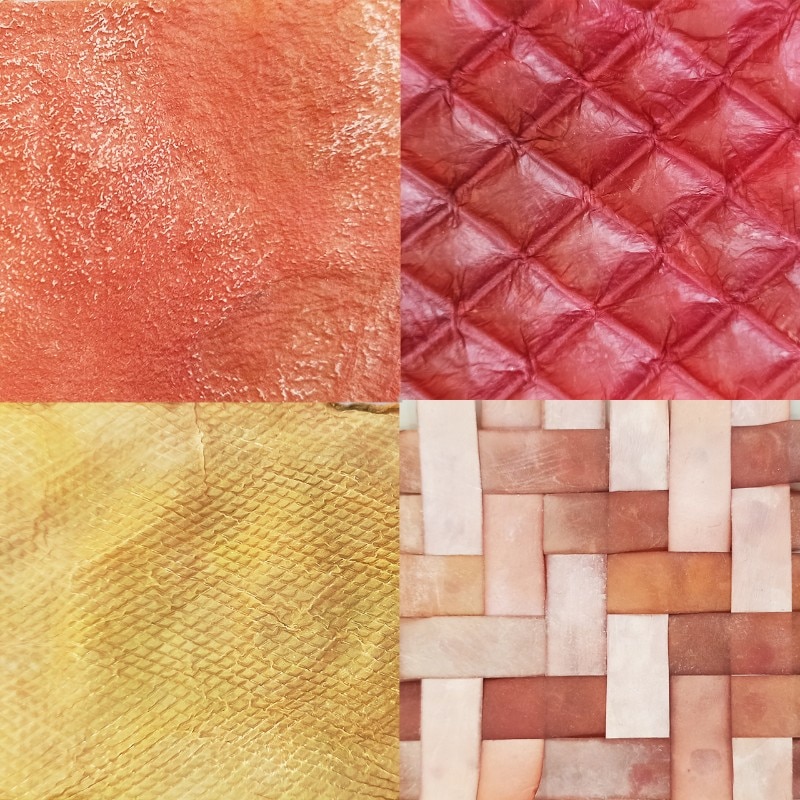
Vision 2
Even though there are countless textures and colors that computers can simulate, natural and random textures and colors are still sought after by people. Materialized, 07092021, Spazio Gamma Via Pastrengo, 7
Zishan Liu, NABA, Design bachelor's degree
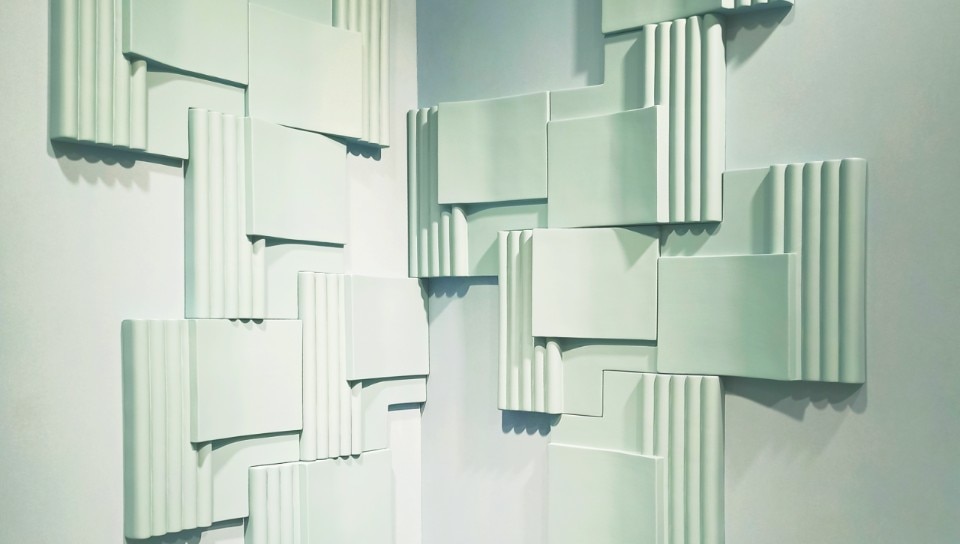
Vision 3
CEDIT, 08092021, Foro Buonaparte, 12
Zishan Liu, NABA, Design bachelor's degree
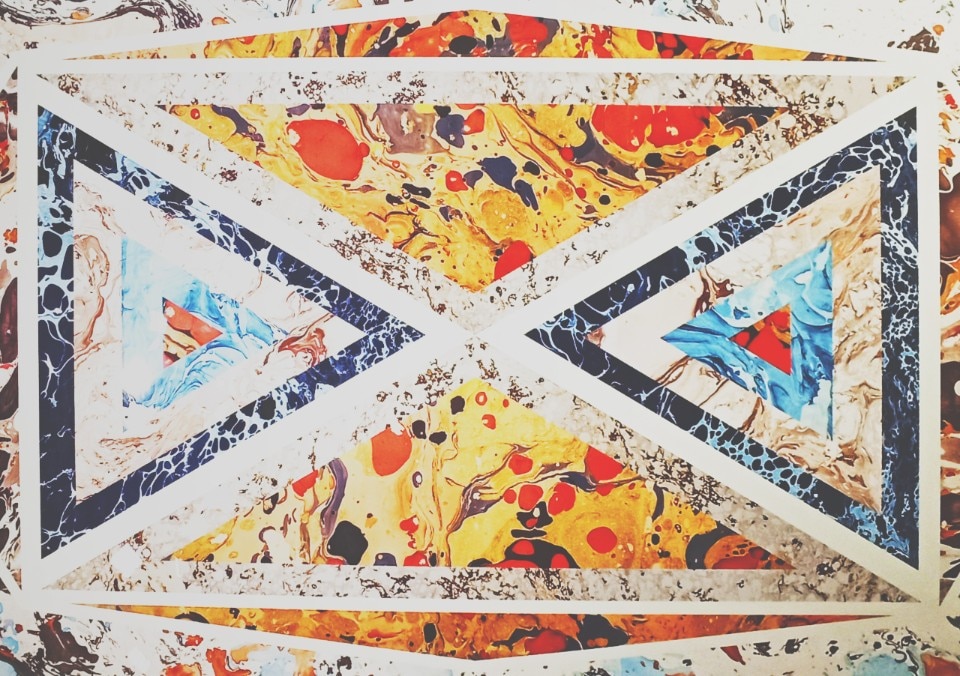
Vision 2
CEDIT, 08092021, Foro Buonaparte, 12
Zishan Liu, NABA, Design bachelor's degree
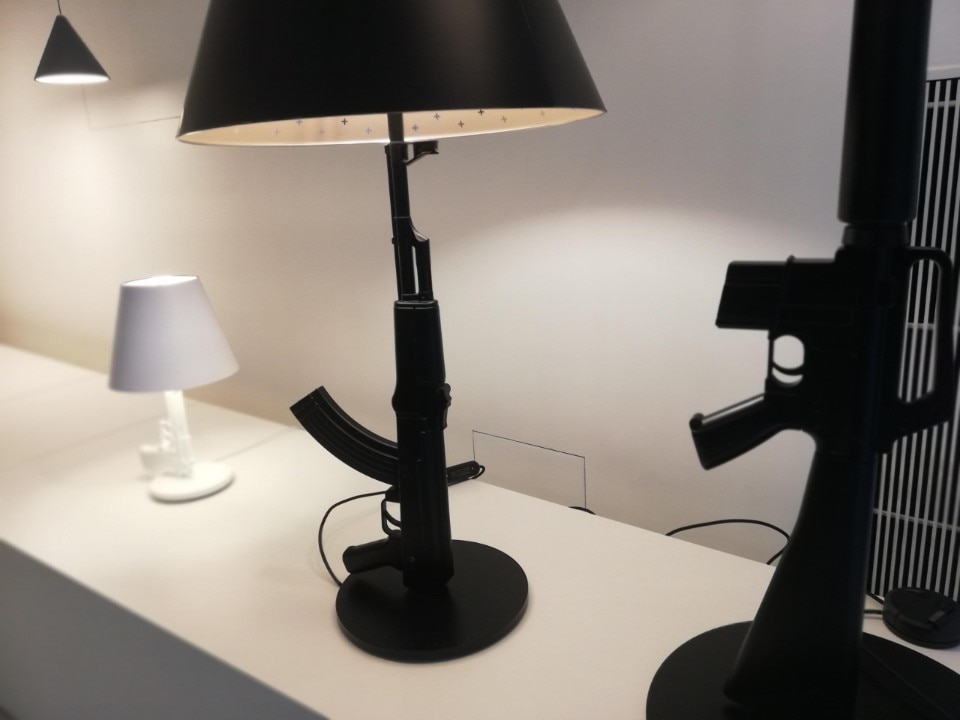
The message
Noemi Catalano and Camilla Vaghi, NABA, Bachelo's Design - Interior (3th year)

The game
Noemi Catalano and Camilla Vaghi, NABA, Bachelo's Design - Interior (3th year)
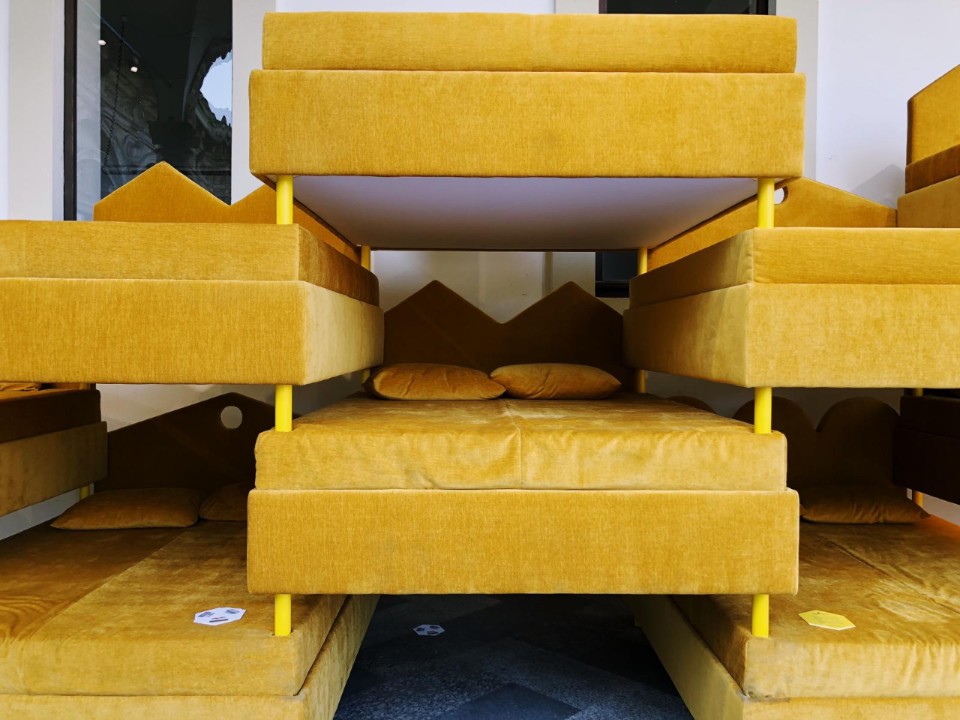
Hive
Through this photo I tried to represent my way of observing the world, always looking for lights and shadows. Via Festa del perdono, 7, september 5th
Greta D'addetta, Università degli Studi di Milano, Communication and Society, Department of Political, Economic and Social Sciences (2nd year)
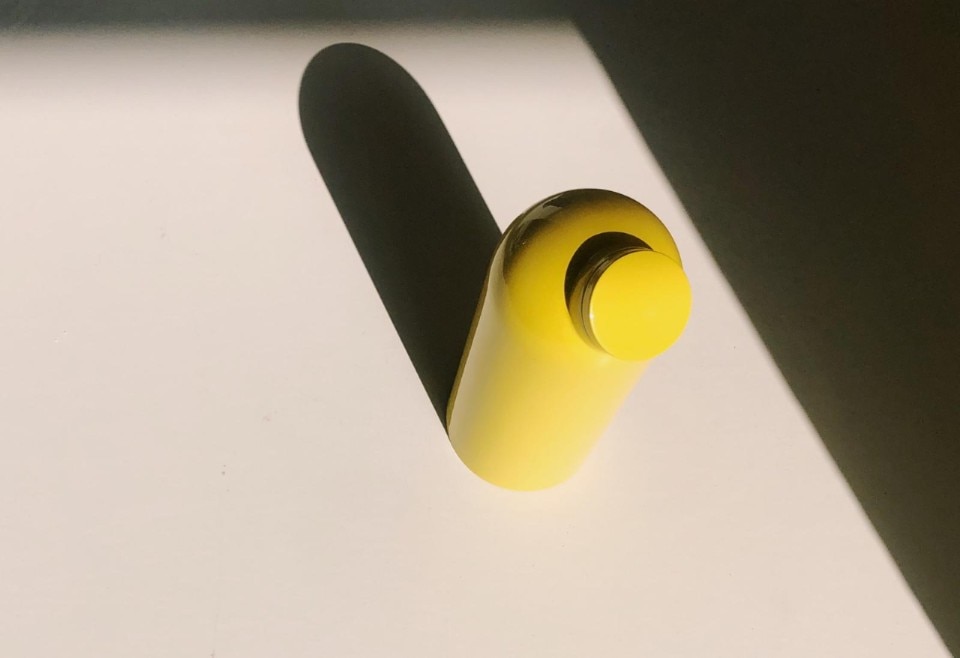
Shadow
Alcova, september 9th
Greta D'addetta, Università degli Studi di Milano, Communication and Society, Department of Political, Economic and Social Sciences (2nd year)
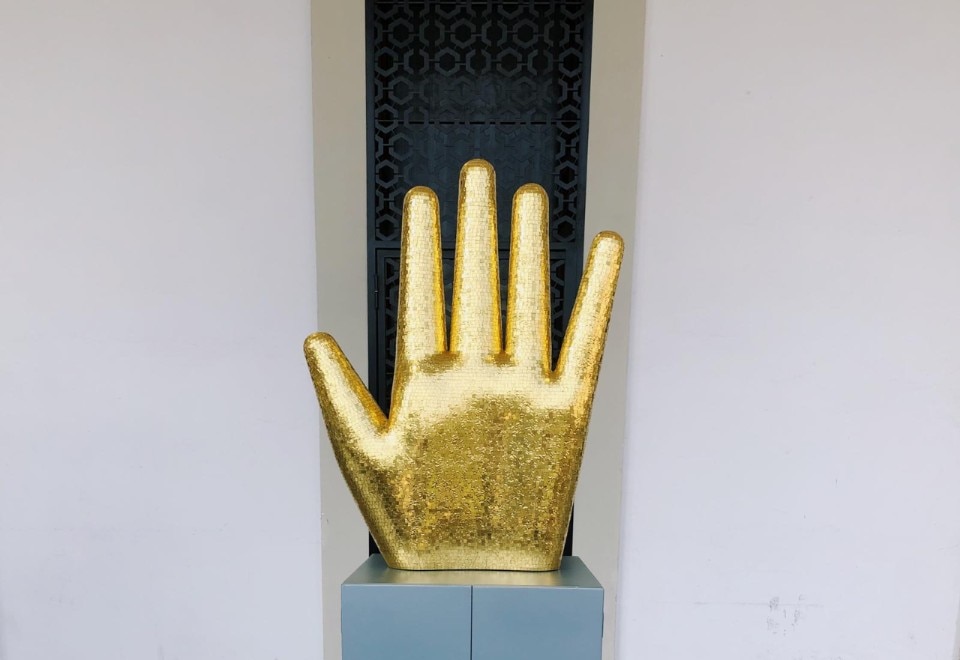
Hope
Via Festa del perdono, 7, september 9th
Greta D'addetta, Università degli Studi di Milano, Communication and Society, Department of Political, Economic and Social Sciences (2nd year)
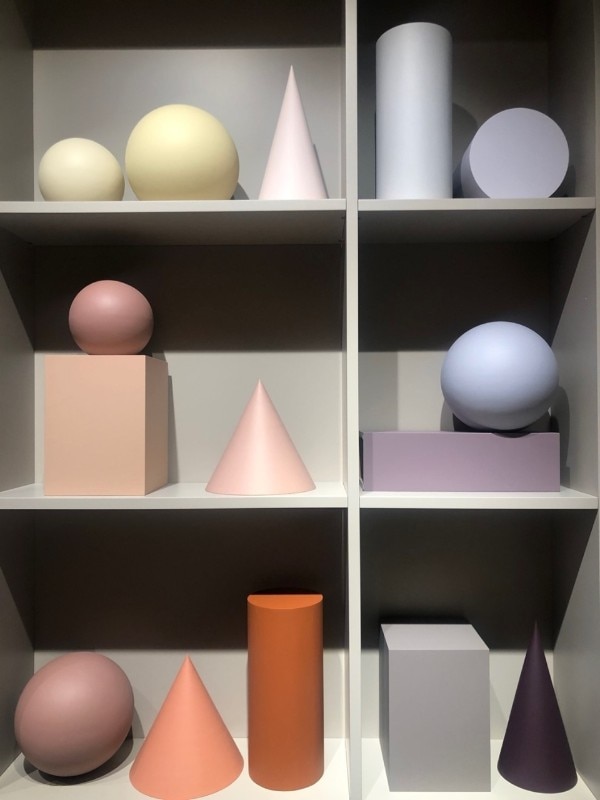
Colore
Kerakoll Via Solferino 1, september 8th
Palina Birukova, Università degli Studi di Milano, Communication and Society, Department of Political, Economic and Social Sciences (3th year)
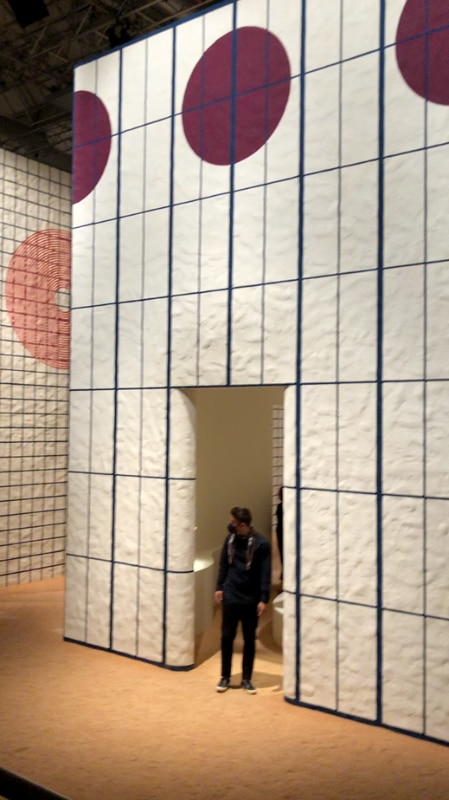
Colore
Via Palermo, september 7th
Palina Birukova, Università degli Studi di Milano, Communication and Society, Department of Political, Economic and Social Sciences (3th year)
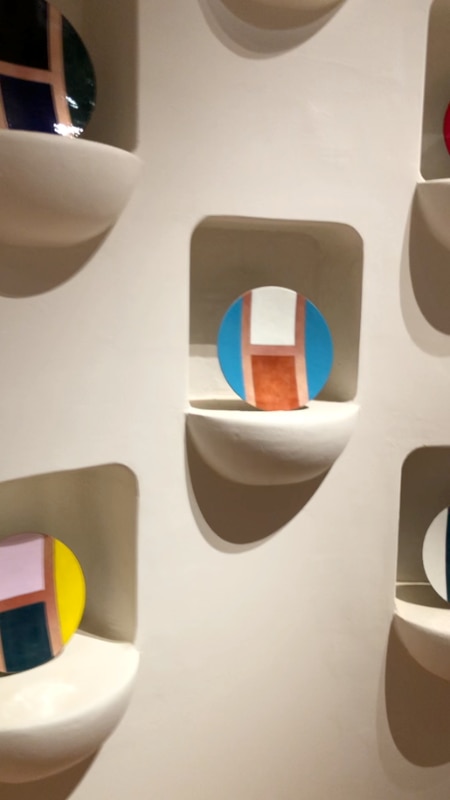
Colore
Via Palermo, september 7th
Palina Birukova, Università degli Studi di Milano, Communication and Society, Department of Political, Economic and Social Sciences (3th year)
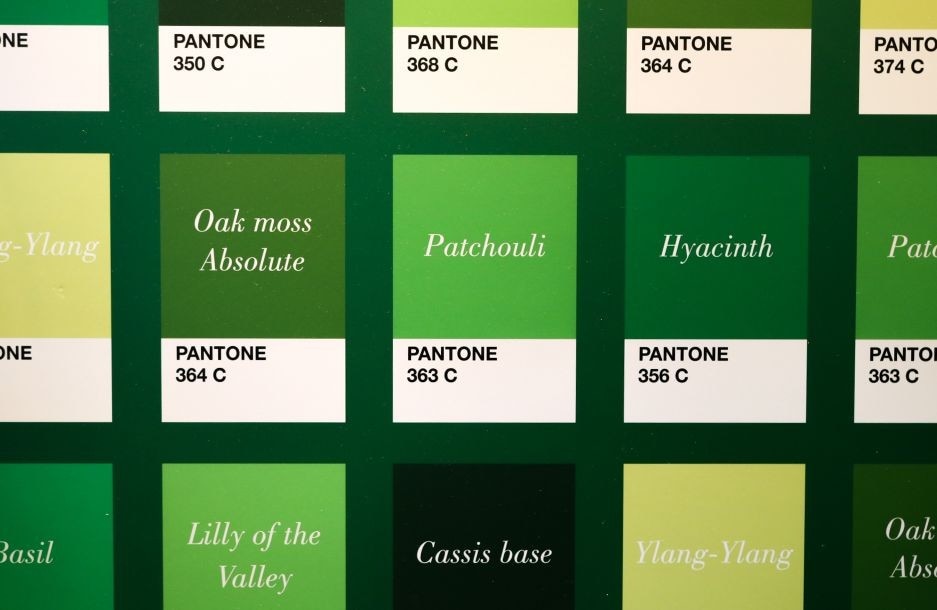
Palette
Frederic Malle via Pietro Verri 2 , september 5th
Federica Vatri, Politecnico di Milano, Master's Degree in Communication Design (2nd year)

Filoni
Pratone, Piazza San Fedele, september 5th
Federica Vatri, Politecnico di Milano, Laurea Magistrale in Design della Comunicazione (2° anno)

Anafora
Palazzo Serbelloni, Corso Venezia 16, september 8th
Federica Vatri, Politecnico di Milano, Laurea Magistrale in Design della Comunicazione (2° anno)
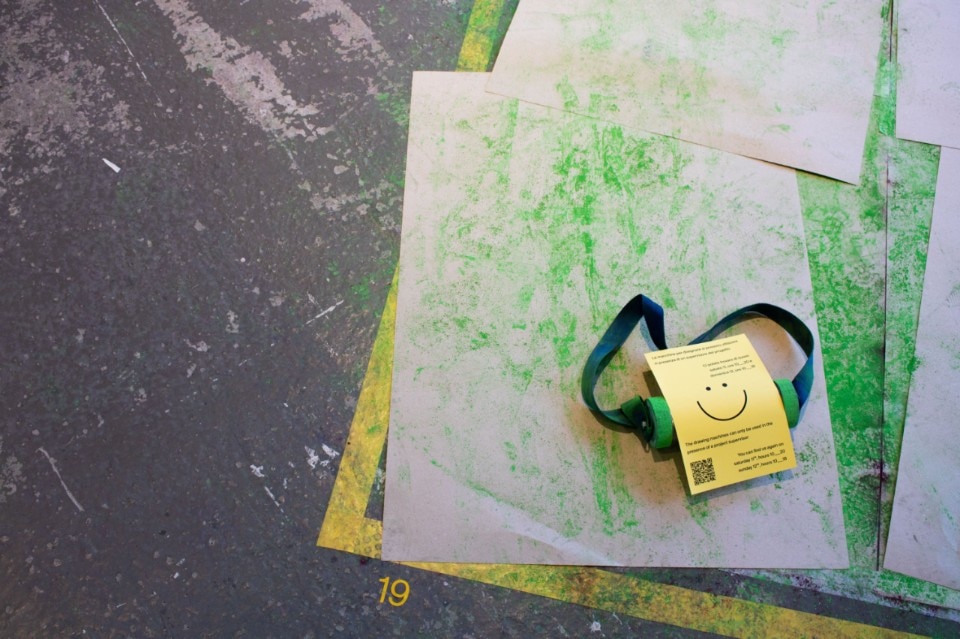
Joy Fluo
BASE Milano, via Bergognone 34, september 8th
Federica Vatri, Master's Degree in Communication Design (2nd year)
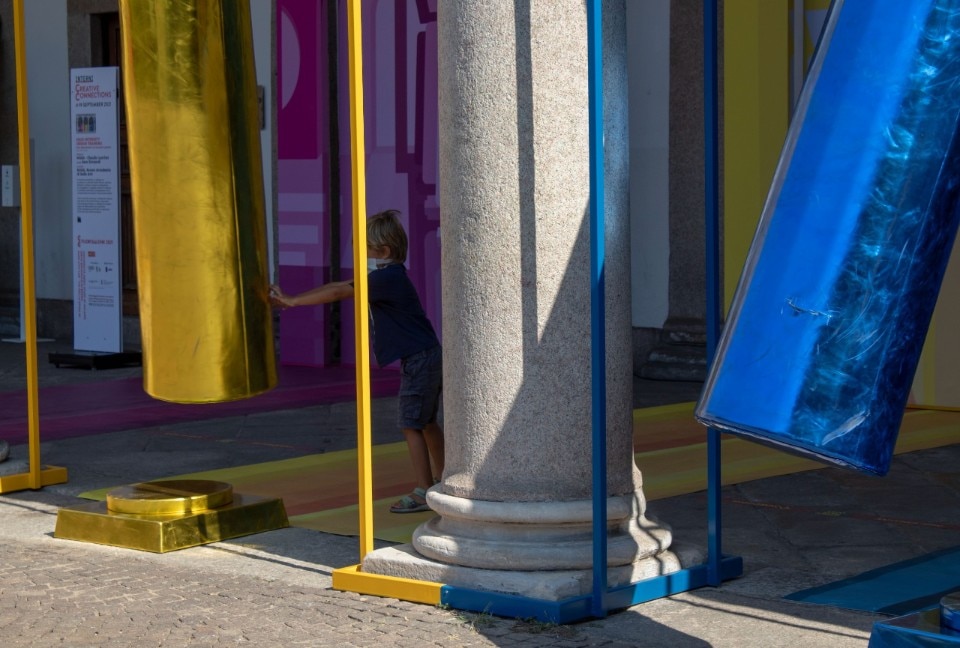
Embrace the 3/3 color
Greta Pesarini, Politecnico di Milano, Integrated Product Design Master's Degree (2nd year)
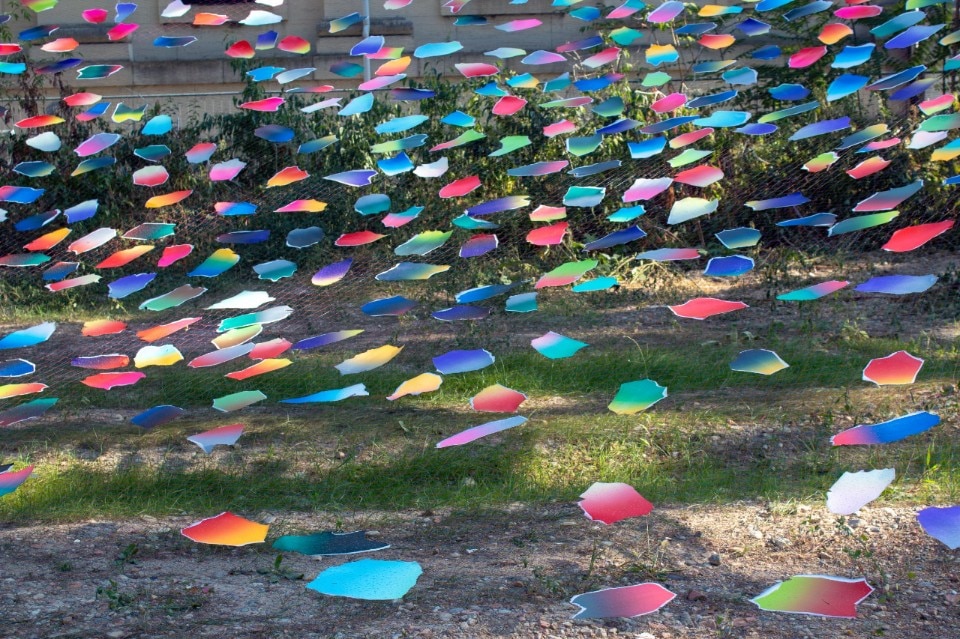
Positive emotions
Installation created during the Pandemic, vivid and intense colors that represent the positive emotions that we missed. Alcova, "Much Peace, Love and Joy" project, september 7th
Greta Pesarini, Politecnico di Milano, Integrated Product Design Master's Degree (2nd year)

Vision 2
Even though there are countless textures and colors that computers can simulate, natural and random textures and colors are still sought after by people. Materialized, 07092021, Spazio Gamma Via Pastrengo, 7
Zishan Liu, NABA, Design bachelor's degree

Vision 3
CEDIT, 08092021, Foro Buonaparte, 12
Zishan Liu, NABA, Design bachelor's degree

Vision 2
CEDIT, 08092021, Foro Buonaparte, 12
Zishan Liu, NABA, Design bachelor's degree

The message
Noemi Catalano and Camilla Vaghi, NABA, Bachelo's Design - Interior (3th year)

The game
Noemi Catalano and Camilla Vaghi, NABA, Bachelo's Design - Interior (3th year)

Hive
Through this photo I tried to represent my way of observing the world, always looking for lights and shadows. Via Festa del perdono, 7, september 5th
Greta D'addetta, Università degli Studi di Milano, Communication and Society, Department of Political, Economic and Social Sciences (2nd year)

Shadow
Alcova, september 9th
Greta D'addetta, Università degli Studi di Milano, Communication and Society, Department of Political, Economic and Social Sciences (2nd year)

Hope
Via Festa del perdono, 7, september 9th
Greta D'addetta, Università degli Studi di Milano, Communication and Society, Department of Political, Economic and Social Sciences (2nd year)

Colore
Kerakoll Via Solferino 1, september 8th
Palina Birukova, Università degli Studi di Milano, Communication and Society, Department of Political, Economic and Social Sciences (3th year)

Colore
Via Palermo, september 7th
Palina Birukova, Università degli Studi di Milano, Communication and Society, Department of Political, Economic and Social Sciences (3th year)

Colore
Via Palermo, september 7th
Palina Birukova, Università degli Studi di Milano, Communication and Society, Department of Political, Economic and Social Sciences (3th year)

Palette
Frederic Malle via Pietro Verri 2 , september 5th
Federica Vatri, Politecnico di Milano, Master's Degree in Communication Design (2nd year)

Filoni
Pratone, Piazza San Fedele, september 5th
Federica Vatri, Politecnico di Milano, Laurea Magistrale in Design della Comunicazione (2° anno)

Anafora
Palazzo Serbelloni, Corso Venezia 16, september 8th
Federica Vatri, Politecnico di Milano, Laurea Magistrale in Design della Comunicazione (2° anno)

Joy Fluo
BASE Milano, via Bergognone 34, september 8th
Federica Vatri, Master's Degree in Communication Design (2nd year)

Embrace the 3/3 color
Greta Pesarini, Politecnico di Milano, Integrated Product Design Master's Degree (2nd year)

Positive emotions
Installation created during the Pandemic, vivid and intense colors that represent the positive emotions that we missed. Alcova, "Much Peace, Love and Joy" project, september 7th
Greta Pesarini, Politecnico di Milano, Integrated Product Design Master's Degree (2nd year)
Then, Fois goes even one step further and gives his opinion: “This year too, I have done things and seen people, and I have observed many young people, not only students in the ‘sector’, but also young people in their first years of career. I can’t say how many because I don’t have the exact number, but I have perceived a greater awareness when it comes to their behaviour. On the contrary, companies pay little attention to the new generations”. The lecturer then analyses how the Salone was experienced on Instagram and other media.
“Obviously, the role of social media was fundamental, particularly when one thinks of the infinite number of images that could be shared to invite friends to meetings and events in the “area”, where the pleasure of being there and being there together was quite palpable. The locations of the projects done by young people were very well attended but there weren’t a lot of them, and that’s a problem”. Fois therefore hopes for “more space to stimulate and enhance the creative, design, experimental and language contributions of young people, a ‘raw material’ that is little recognised by companies, but which is fundamental for the evolution of a market that is a bit too conformist and, according to many young people, ‘outdated’ and not designed specifically for them”.
This is a fact, explains Fois, that brands will have to take into account. And designers, too.
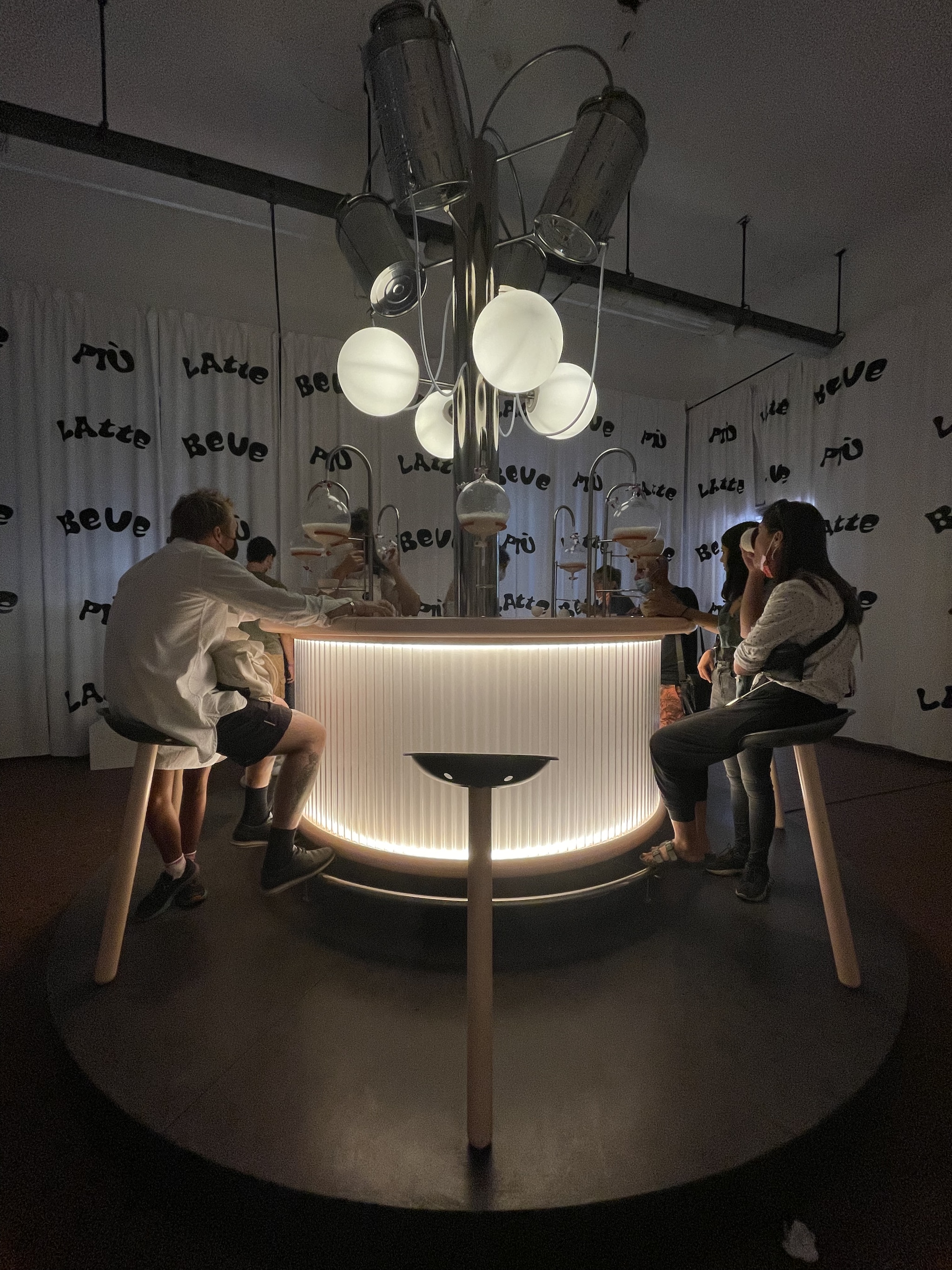
 View gallery
View gallery
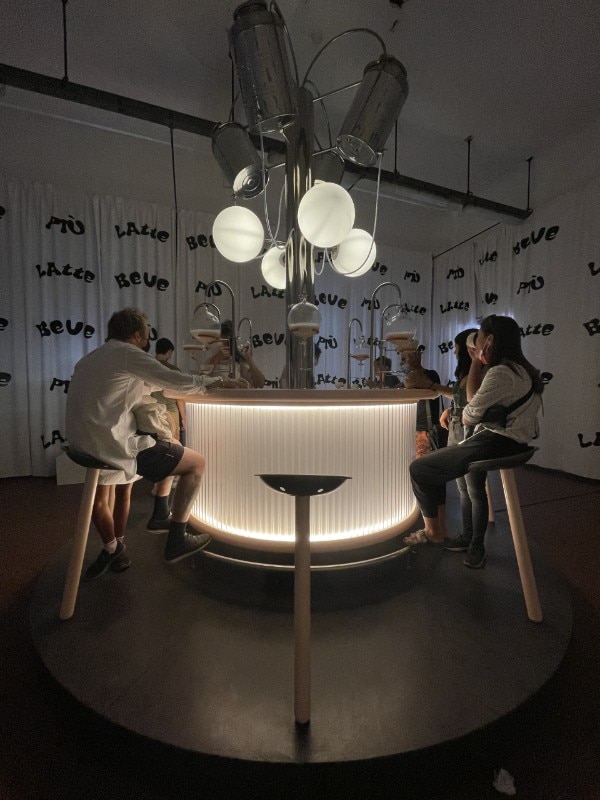
Vegan-Star-Trek Heaven
unnecessary luxury v.s. necessary creativity
design that steals v.s. design that heals
A critical examination of the different ideals manifested through design in the center and in the outskirts. “Eyes which do not see”. While competing who destroyed the most precious mountain for their egocentric table top, emerging utopian soldiers fought to convey an important message for visitors - design is capable of invoking hope.
Erik Mladenov, NABA
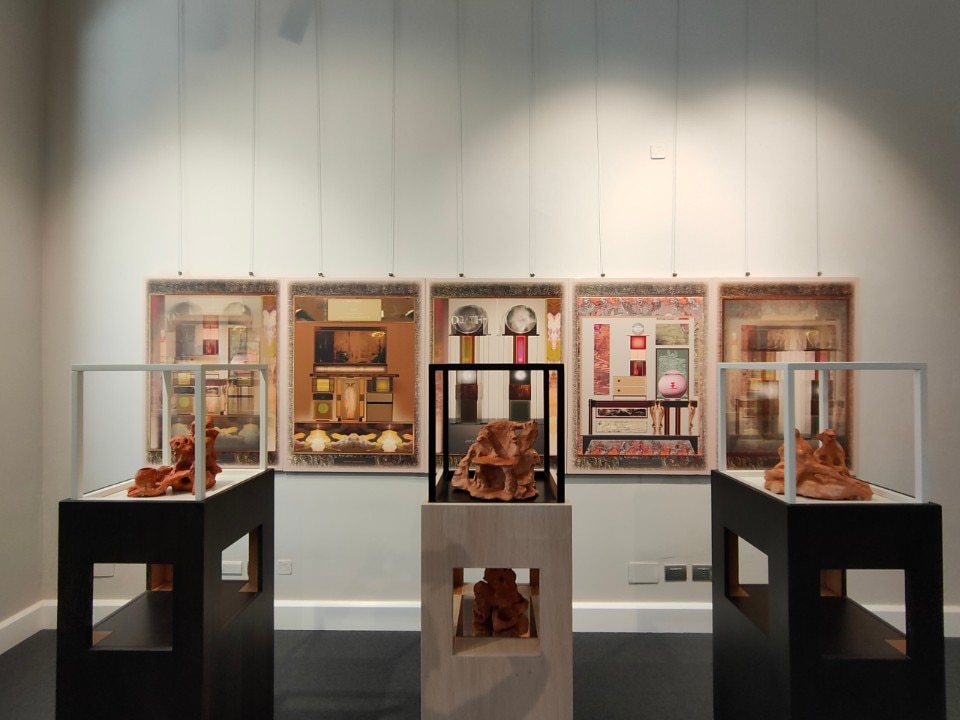
Imagination
Palazzo Recalcati - 07.09.21
Arianna Guadagno, Communication and Society at Università degli Studi di Milano - 3rd year
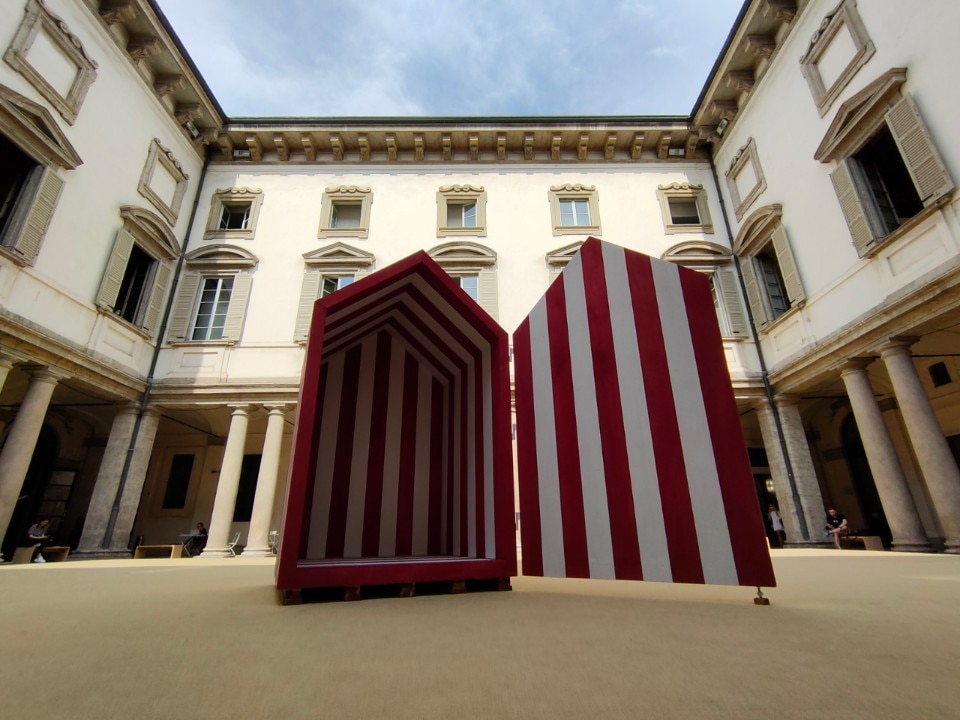
Nostalgia
Palazzo Litta - 07.09.2021
Arianna Guadagno, Communication and Society at Università degli Studi di Milano - 3rd year
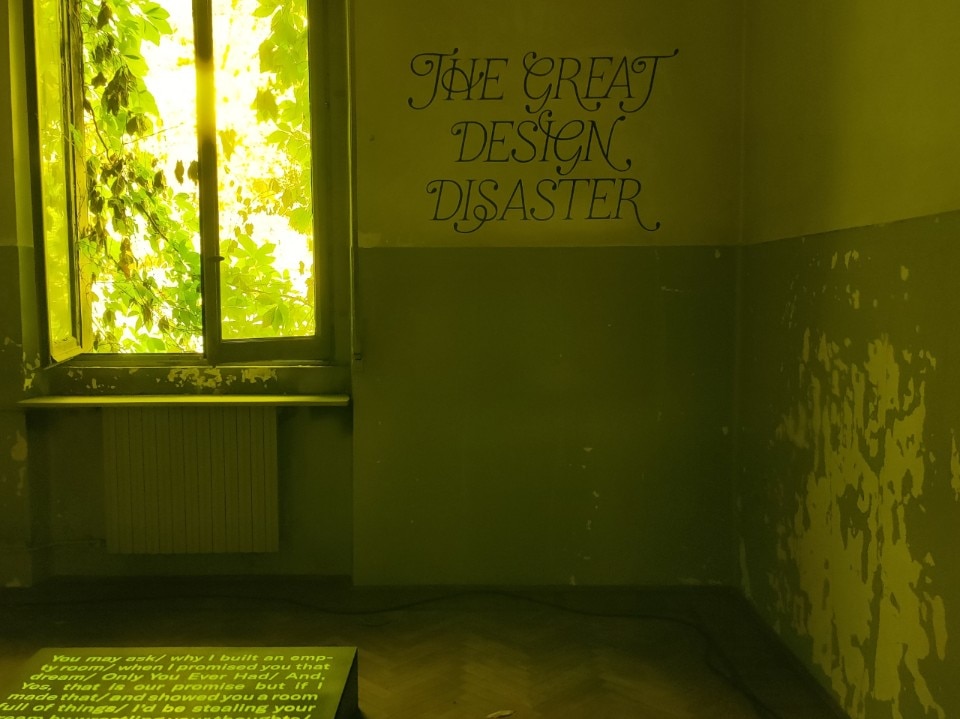
Filter
Alcova - 08.09.2021
Arianna Guadagno, Communication and Society at Università degli Studi di Milano - 3rd year
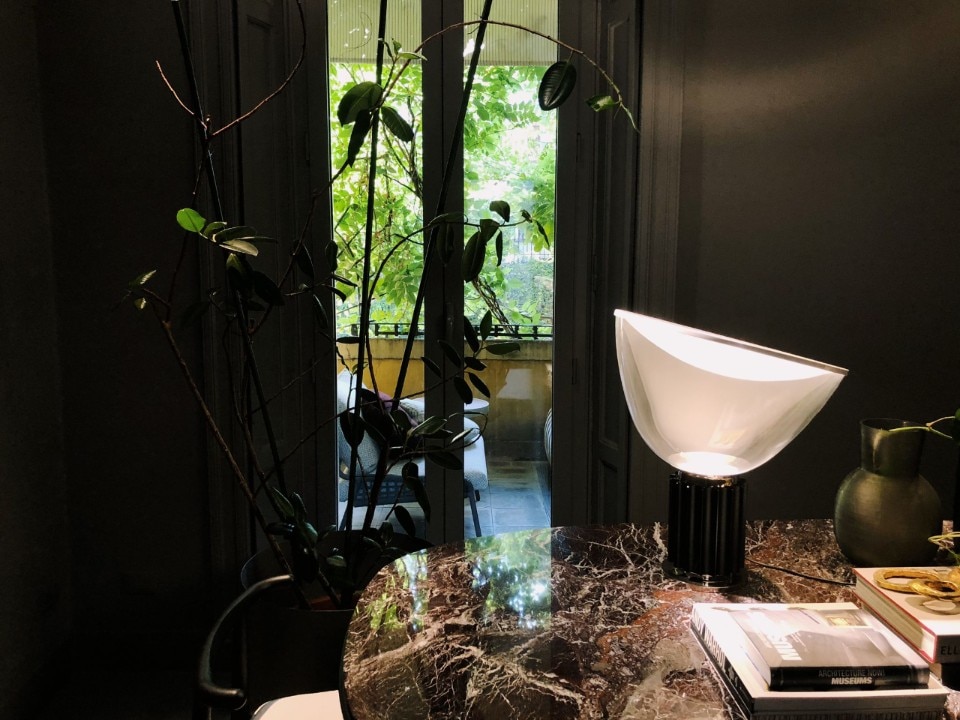
Marble in the centre
Meridiani, 05-09-21
Greta D'Addetta, Communication and Society at Università degli Studi di Milano - 2nd year
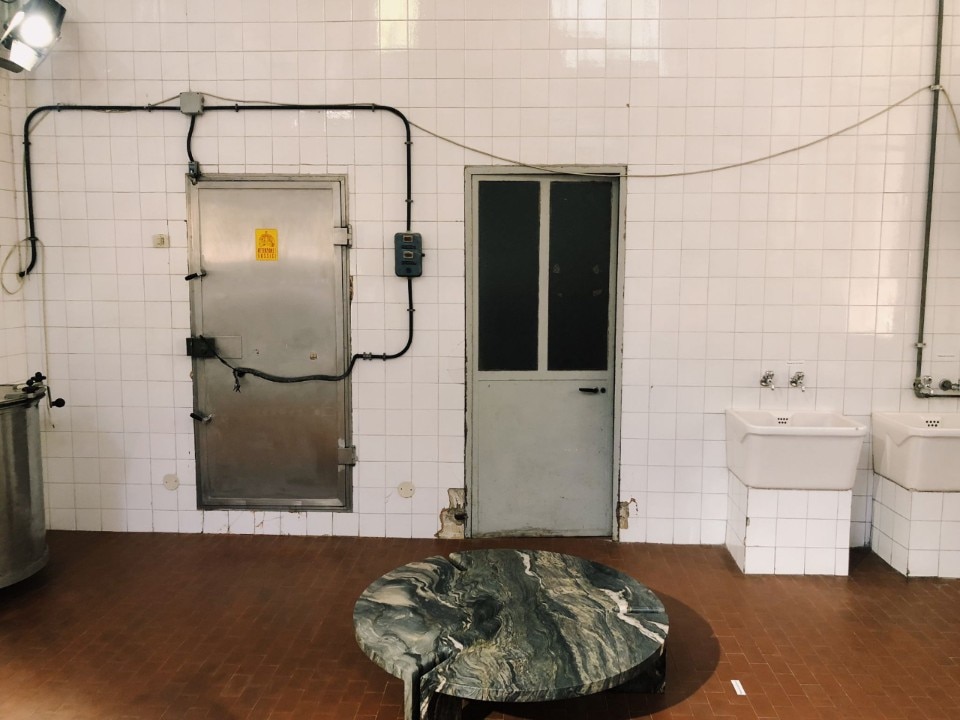
Marble in the suburbs
Alcova, 09-09-21
Greta D'Addetta, Communication and Society at Università degli Studi di Milano - 2nd year
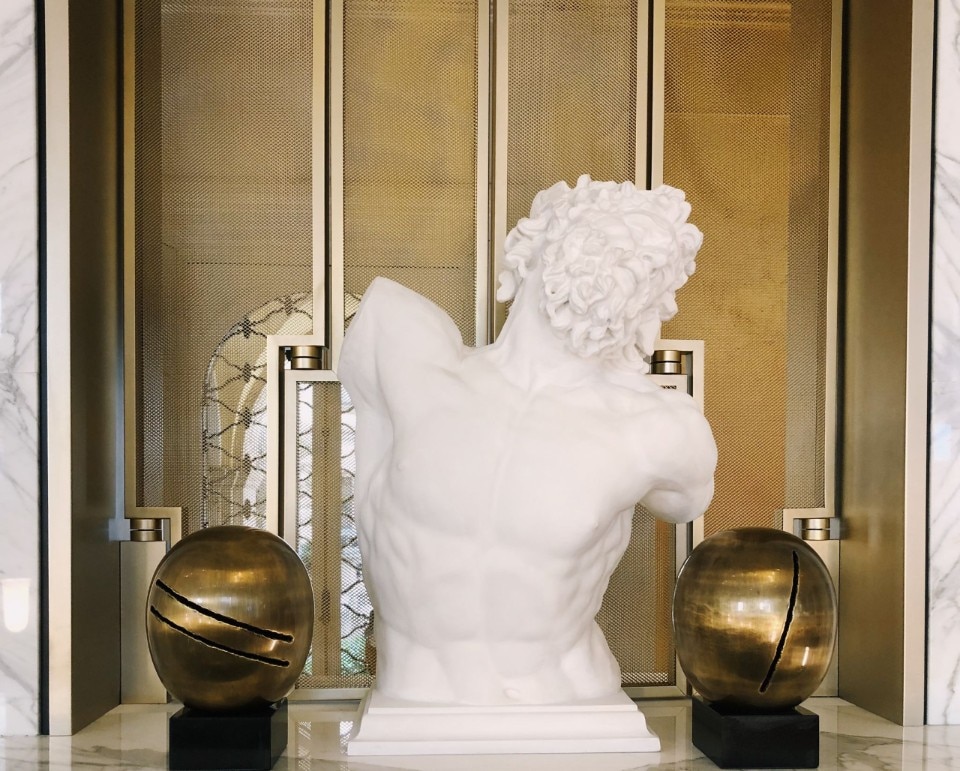
Symbols in the centre
Versace, 05-09-21
Greta D'Addetta, Communication and Society at Università degli Studi di Milano - 2nd year

Symbols in the suburbs
Alcova, 09-09-21
Greta D'Addetta, Communication and Society at Università degli Studi di Milano - 2nd year
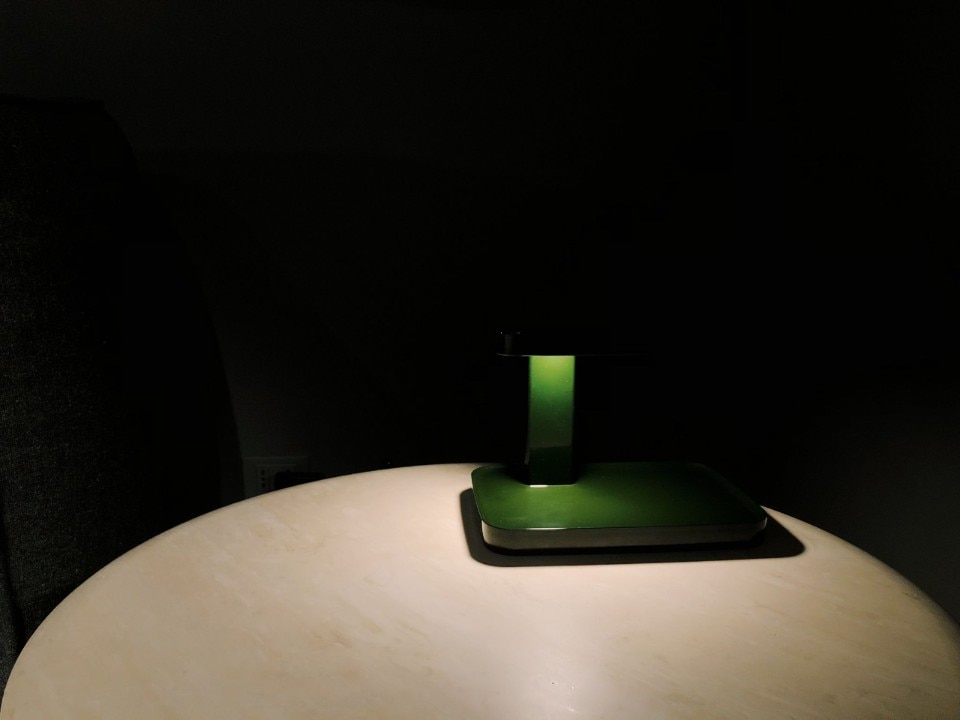
Lamp in the suburbs
Meridiani, 05-09-21
Greta D'Addetta, Communication and Society at Università degli Studi di Milano - 2nd year

Vegan-Star-Trek Heaven
unnecessary luxury v.s. necessary creativity
design that steals v.s. design that heals
A critical examination of the different ideals manifested through design in the center and in the outskirts. “Eyes which do not see”. While competing who destroyed the most precious mountain for their egocentric table top, emerging utopian soldiers fought to convey an important message for visitors - design is capable of invoking hope.
Erik Mladenov, NABA

Imagination
Palazzo Recalcati - 07.09.21
Arianna Guadagno, Communication and Society at Università degli Studi di Milano - 3rd year

Nostalgia
Palazzo Litta - 07.09.2021
Arianna Guadagno, Communication and Society at Università degli Studi di Milano - 3rd year

Filter
Alcova - 08.09.2021
Arianna Guadagno, Communication and Society at Università degli Studi di Milano - 3rd year

Marble in the centre
Meridiani, 05-09-21
Greta D'Addetta, Communication and Society at Università degli Studi di Milano - 2nd year

Marble in the suburbs
Alcova, 09-09-21
Greta D'Addetta, Communication and Society at Università degli Studi di Milano - 2nd year

Symbols in the centre
Versace, 05-09-21
Greta D'Addetta, Communication and Society at Università degli Studi di Milano - 2nd year

Symbols in the suburbs
Alcova, 09-09-21
Greta D'Addetta, Communication and Society at Università degli Studi di Milano - 2nd year

Lamp in the suburbs
Meridiani, 05-09-21
Greta D'Addetta, Communication and Society at Università degli Studi di Milano - 2nd year
They have participated to Gen Z's Observatory:
The students from NABA's Design course: Amerigo Girardi, Erik Mladenov, Nam Truong, Noemi Catalano and Camilla Vaghi, Sara Fesa, Zishan Liu.
From the Master in Communication Design at Politecnico di Milano and Master in Integrated Product Design: Federica Vatri, Greta Pesarini.
From the Communication and Society, Political and Economical Sciences Department at Università degli Studi di Milano : Arianna Guadagno, Palina Birukova, Federica Saquella, Gabriele Coviello, Giulia Zotaj, Greta D'Addetta, Mattia Sormani, Silvia Babic, Sofia Ciccotta.


